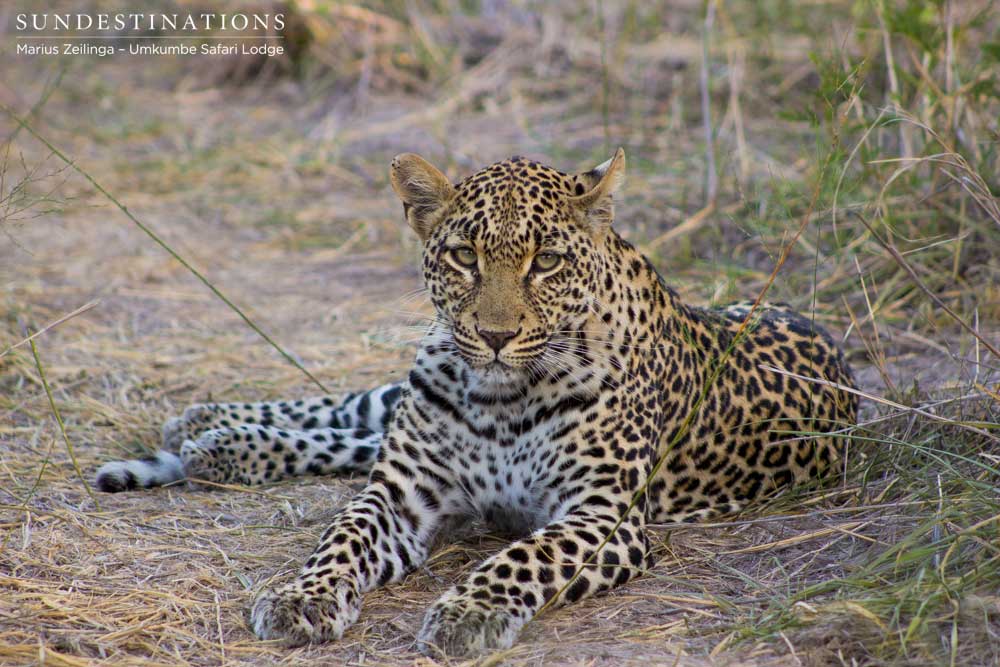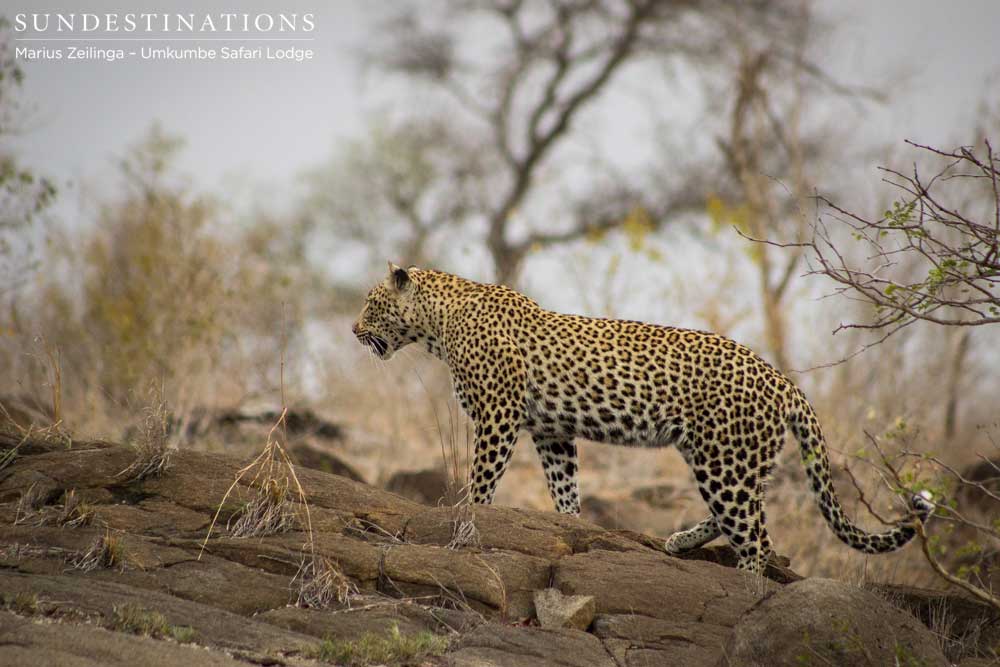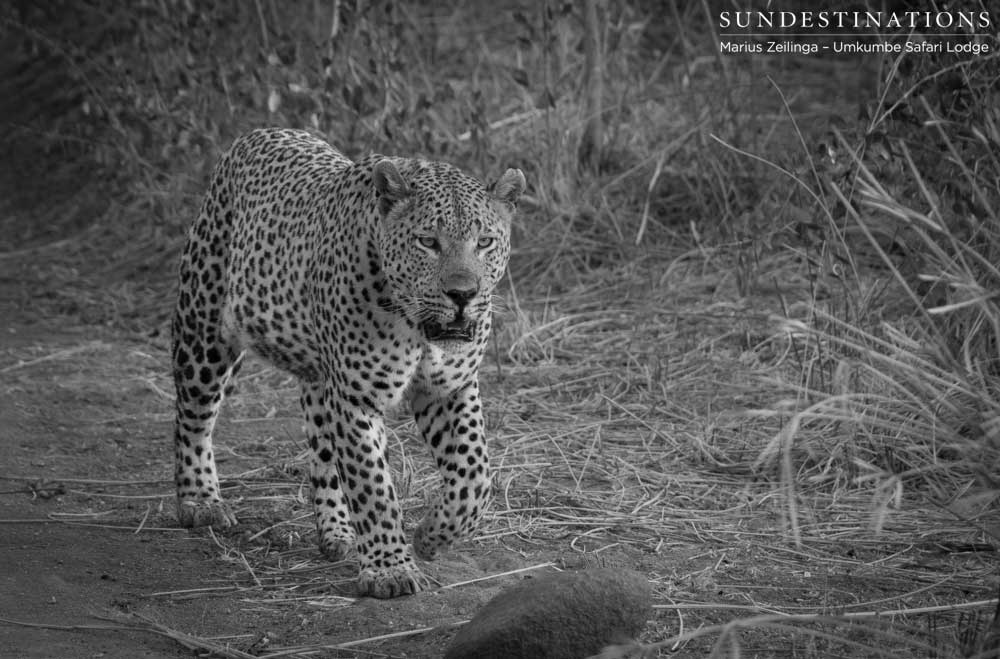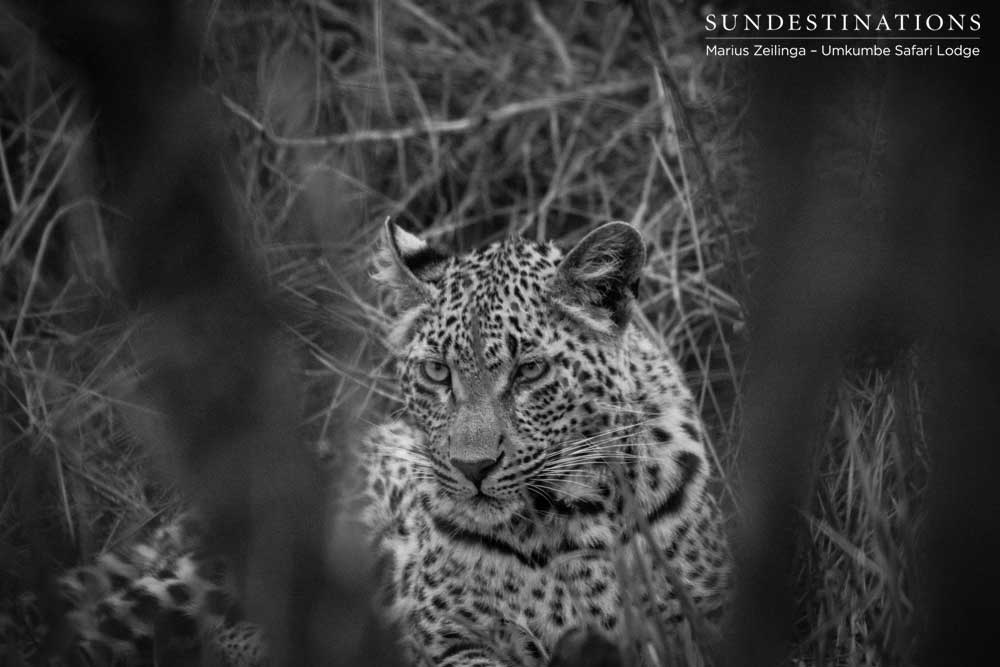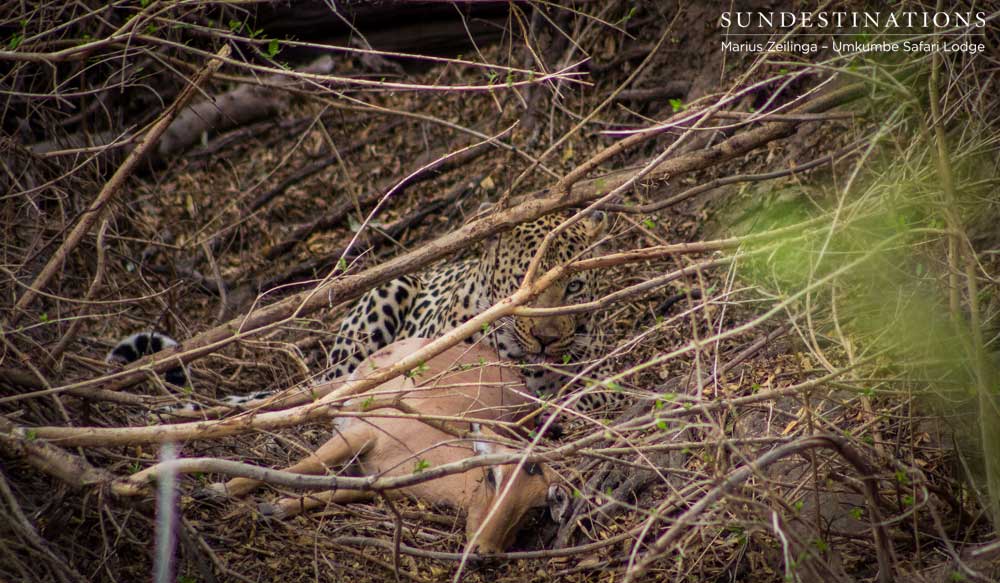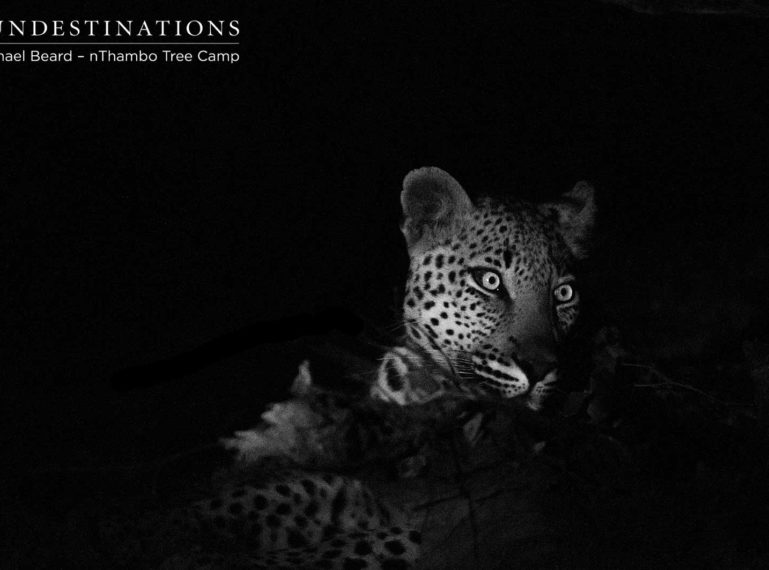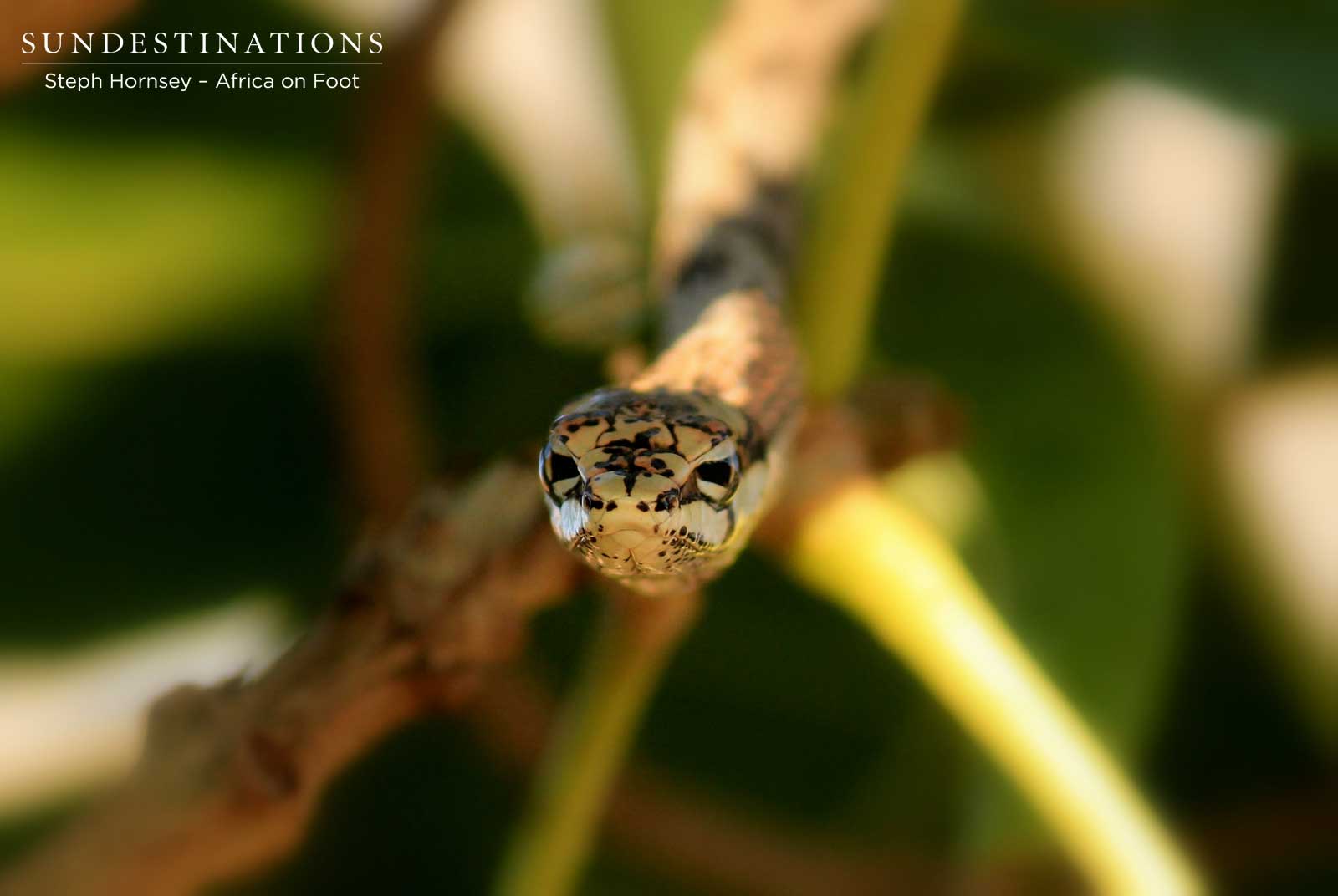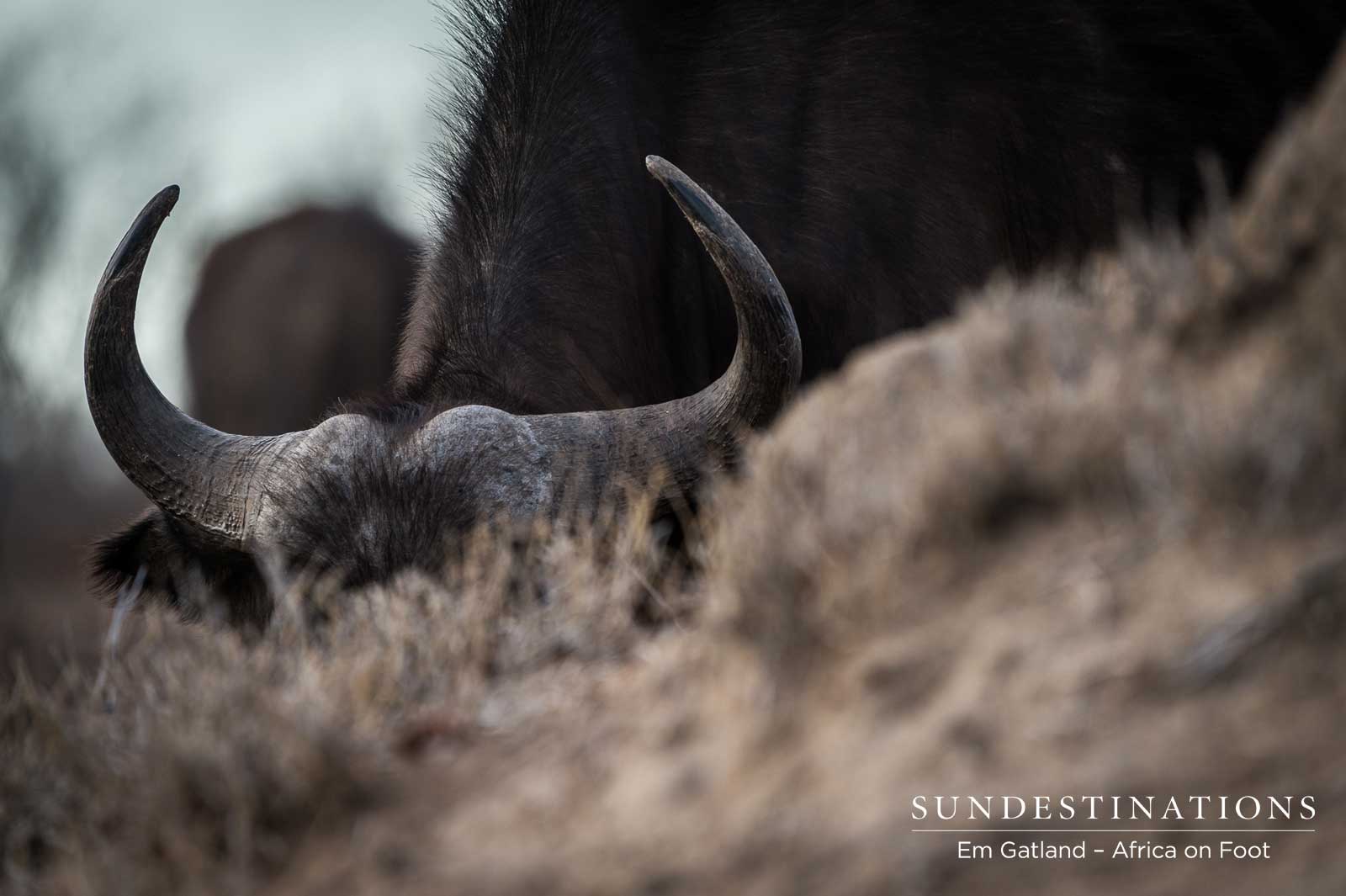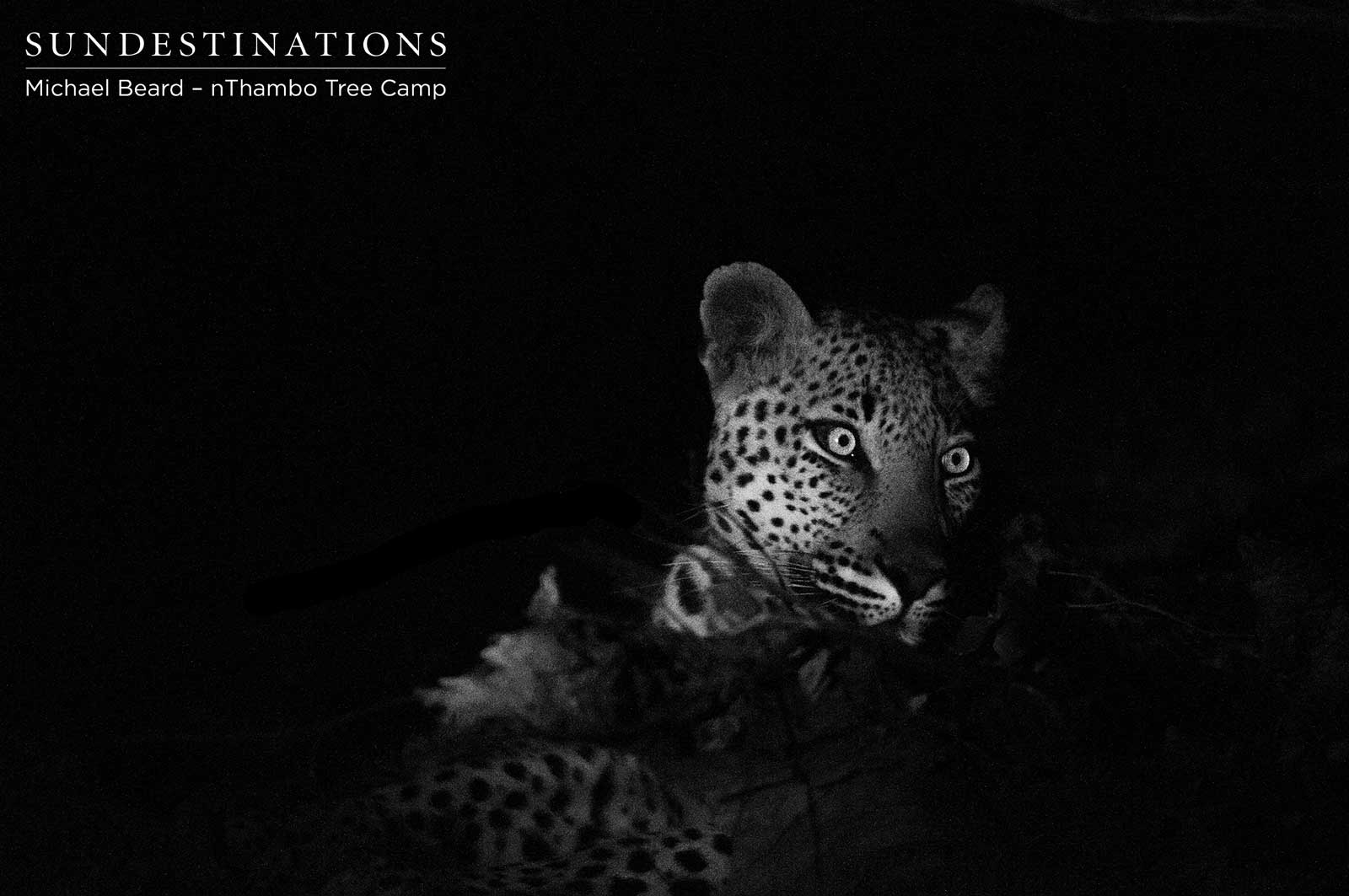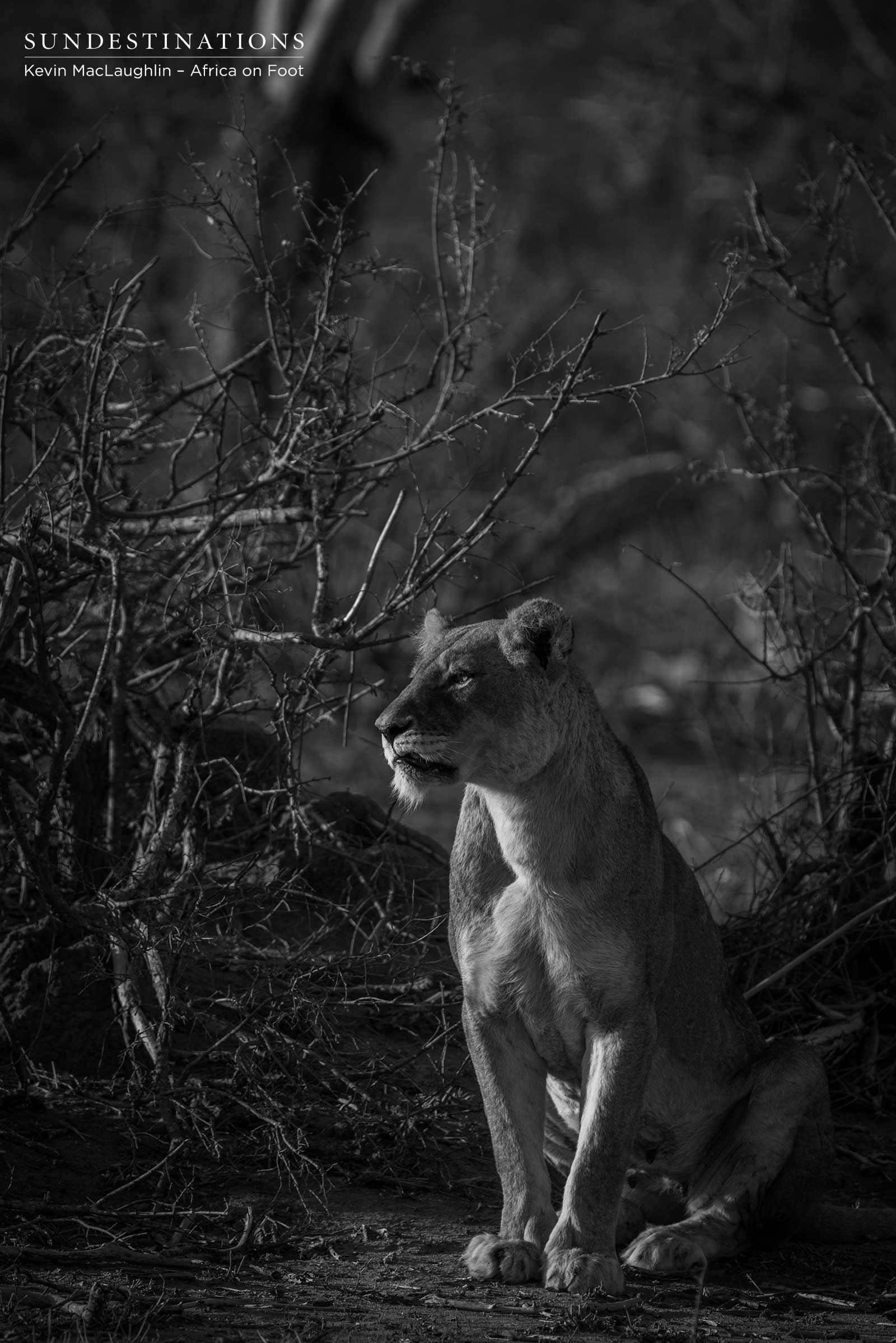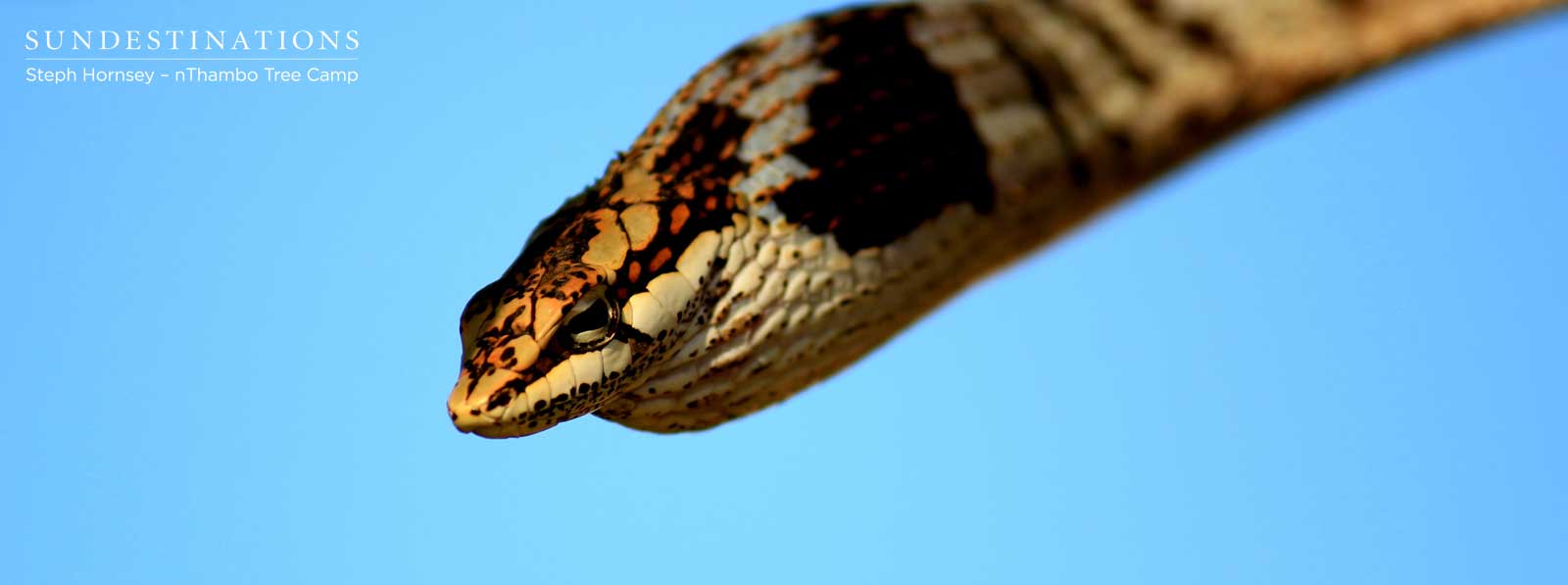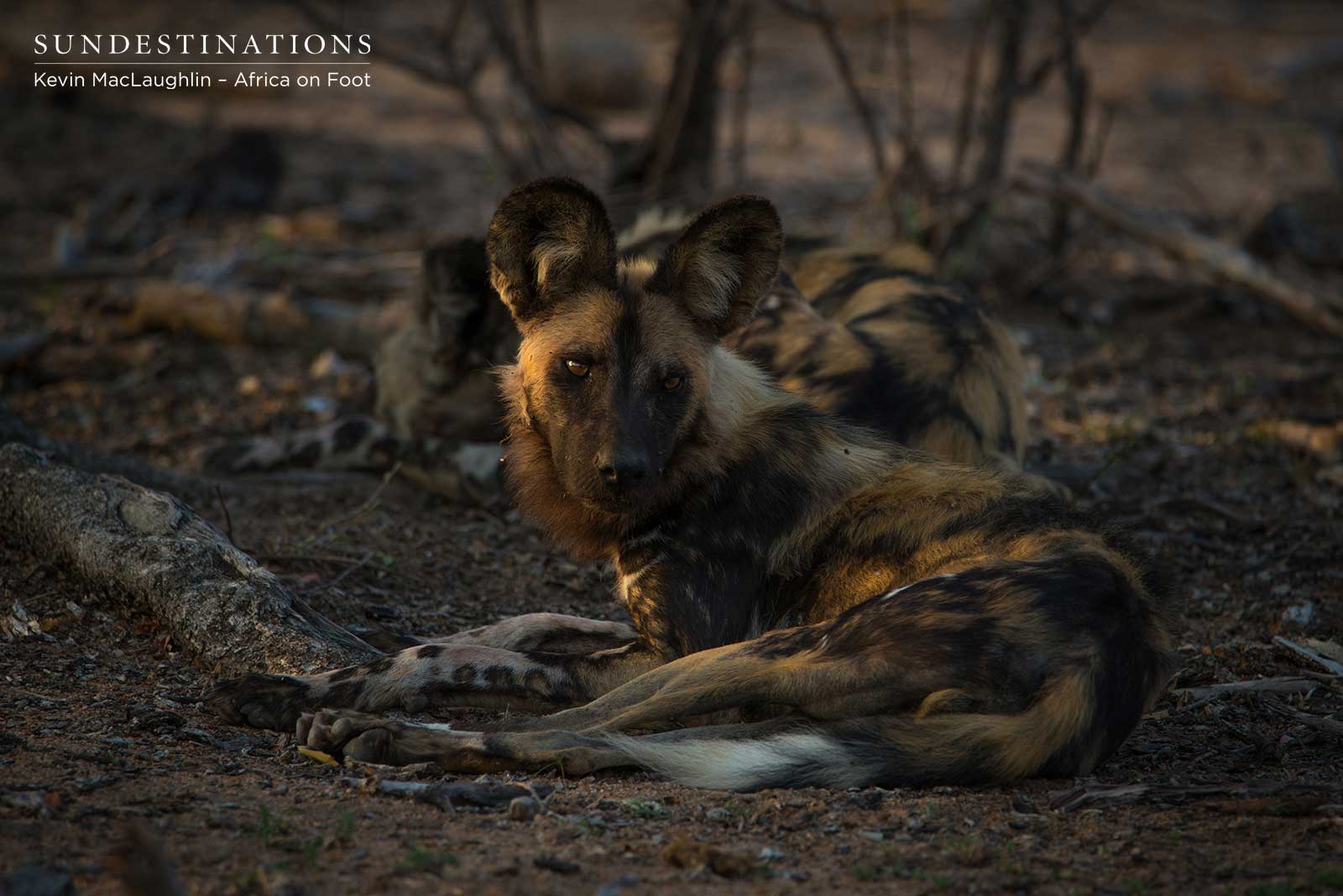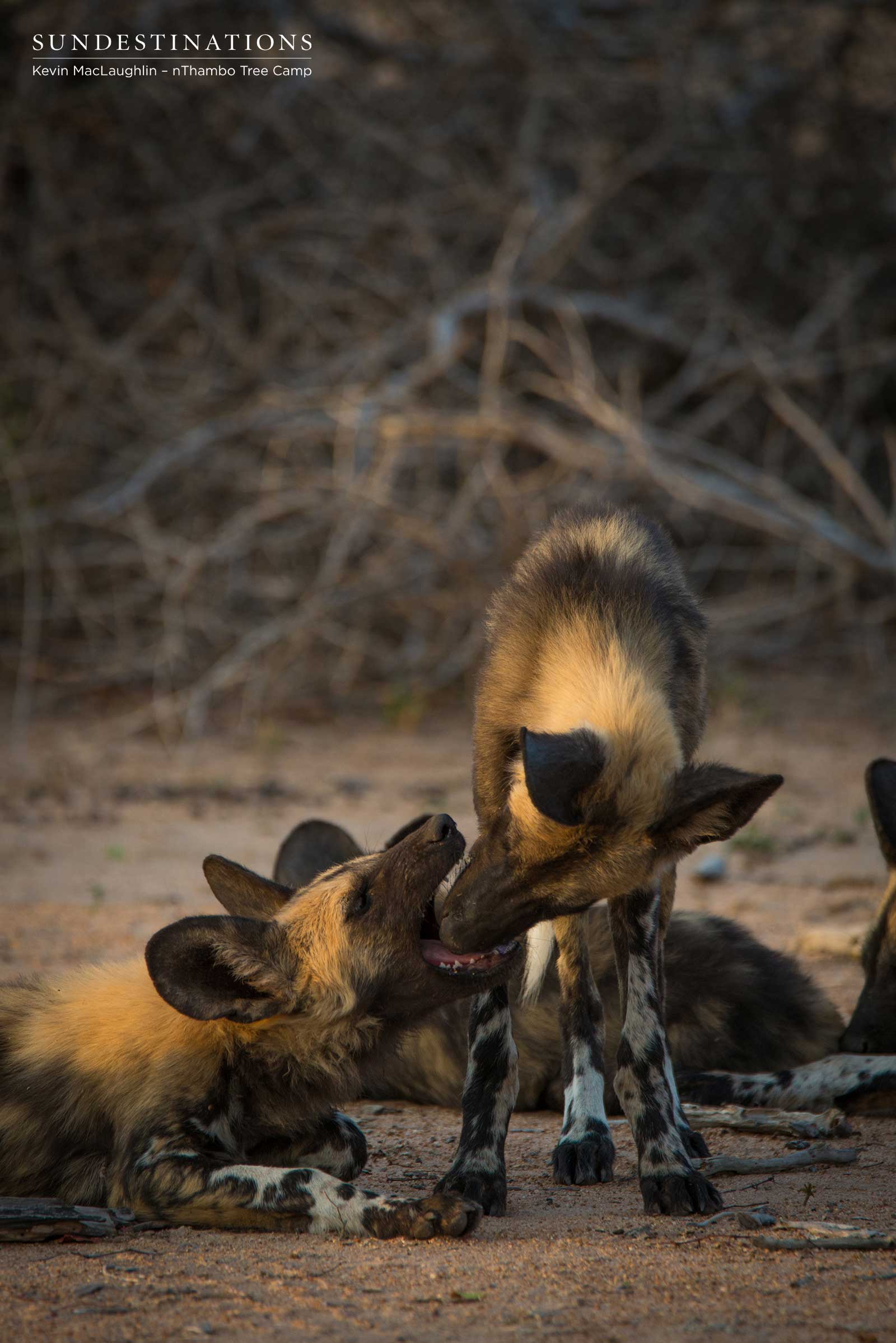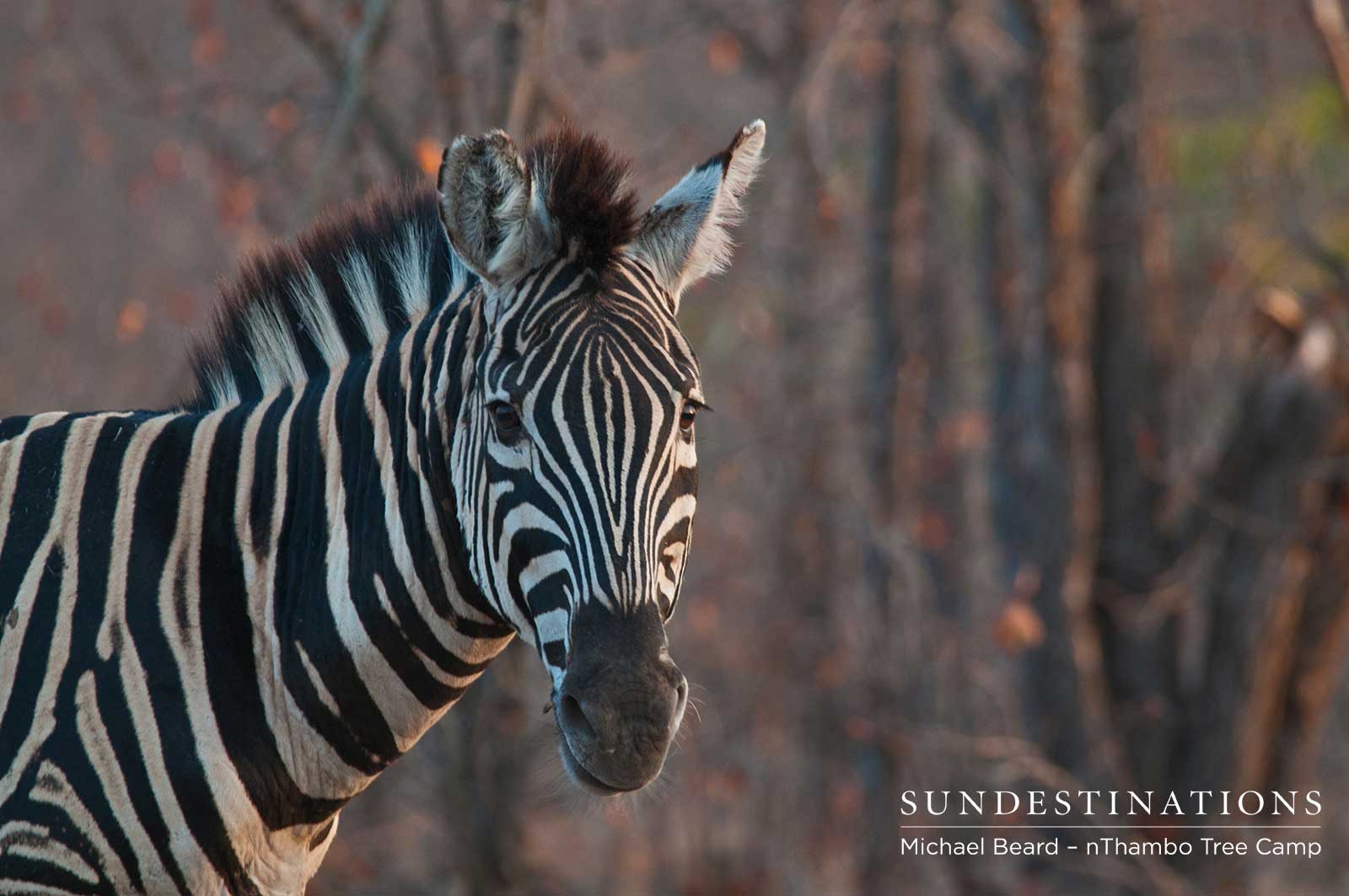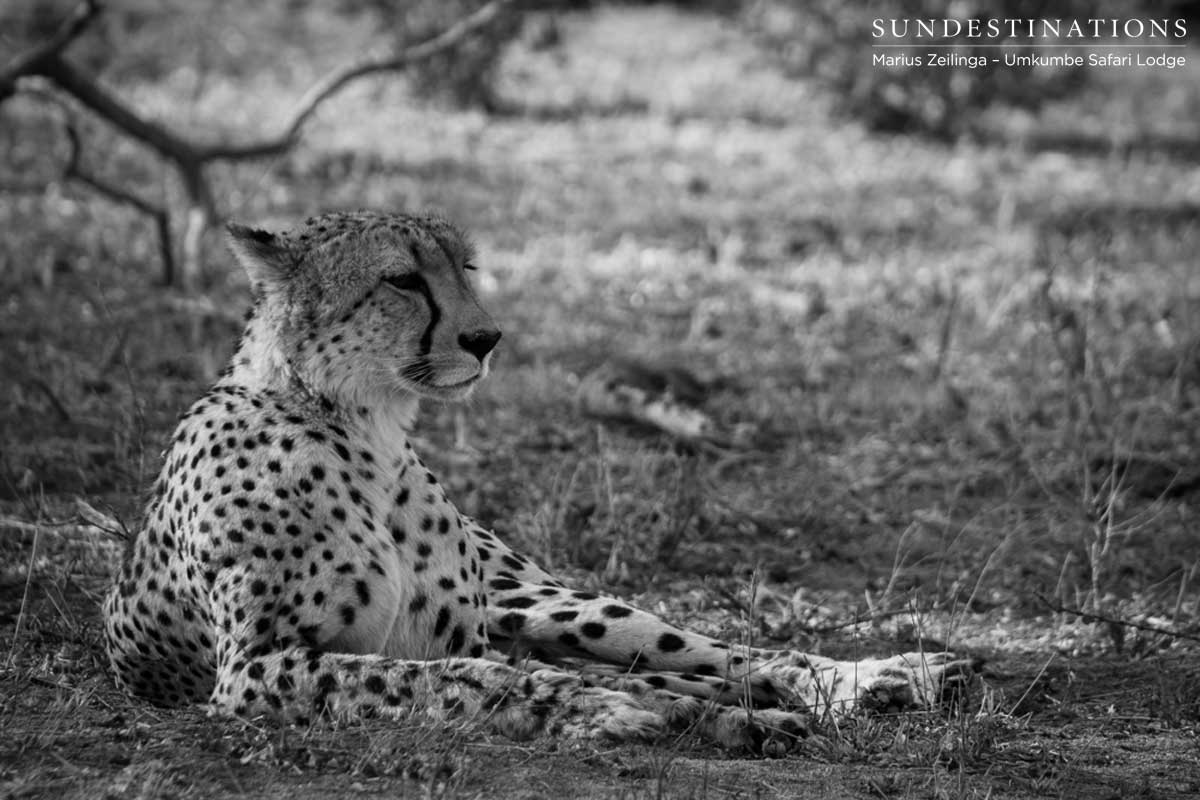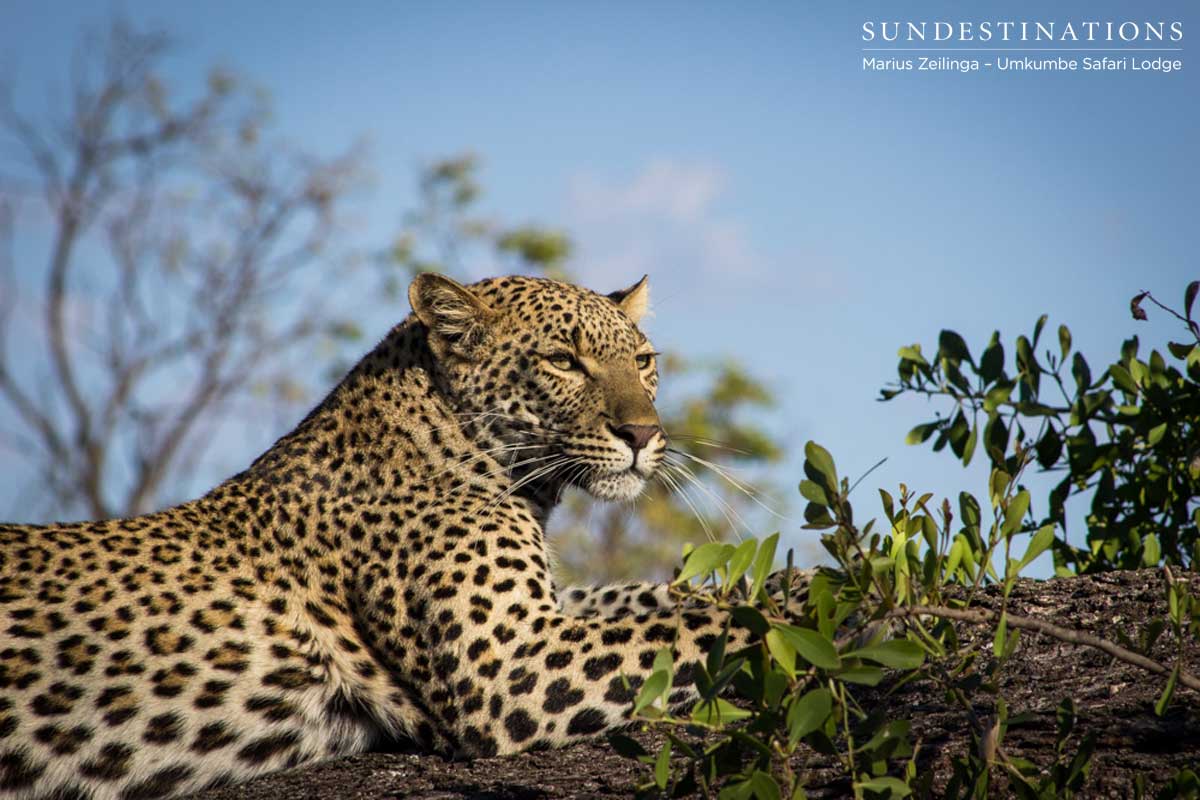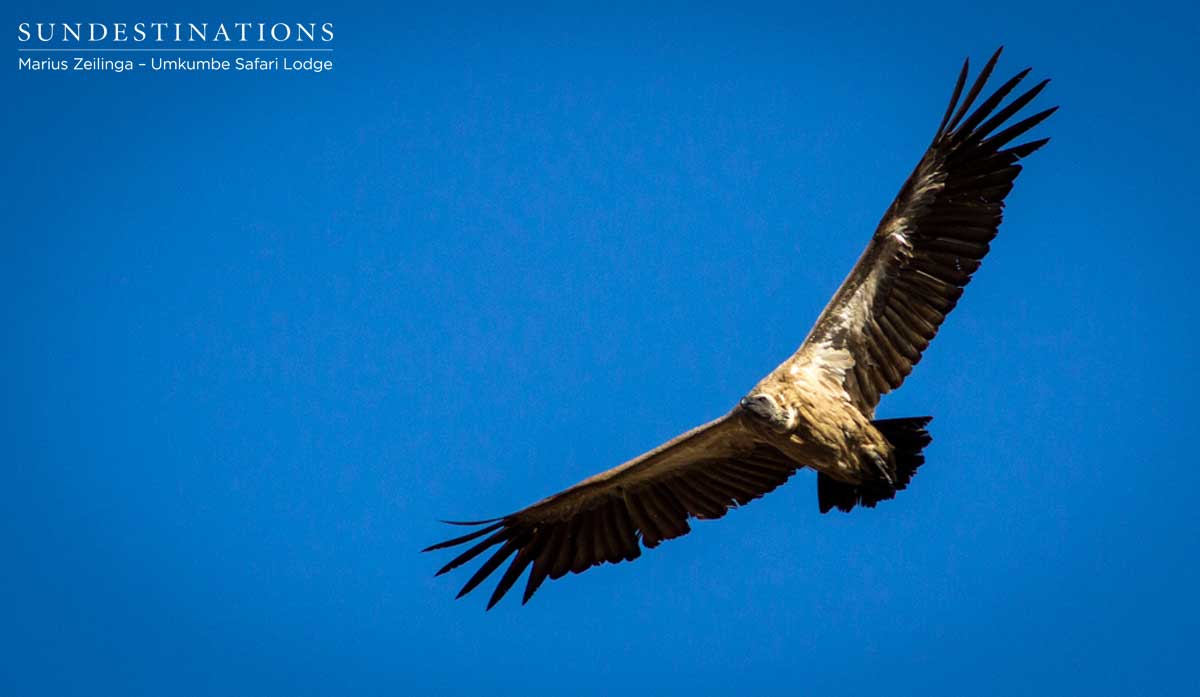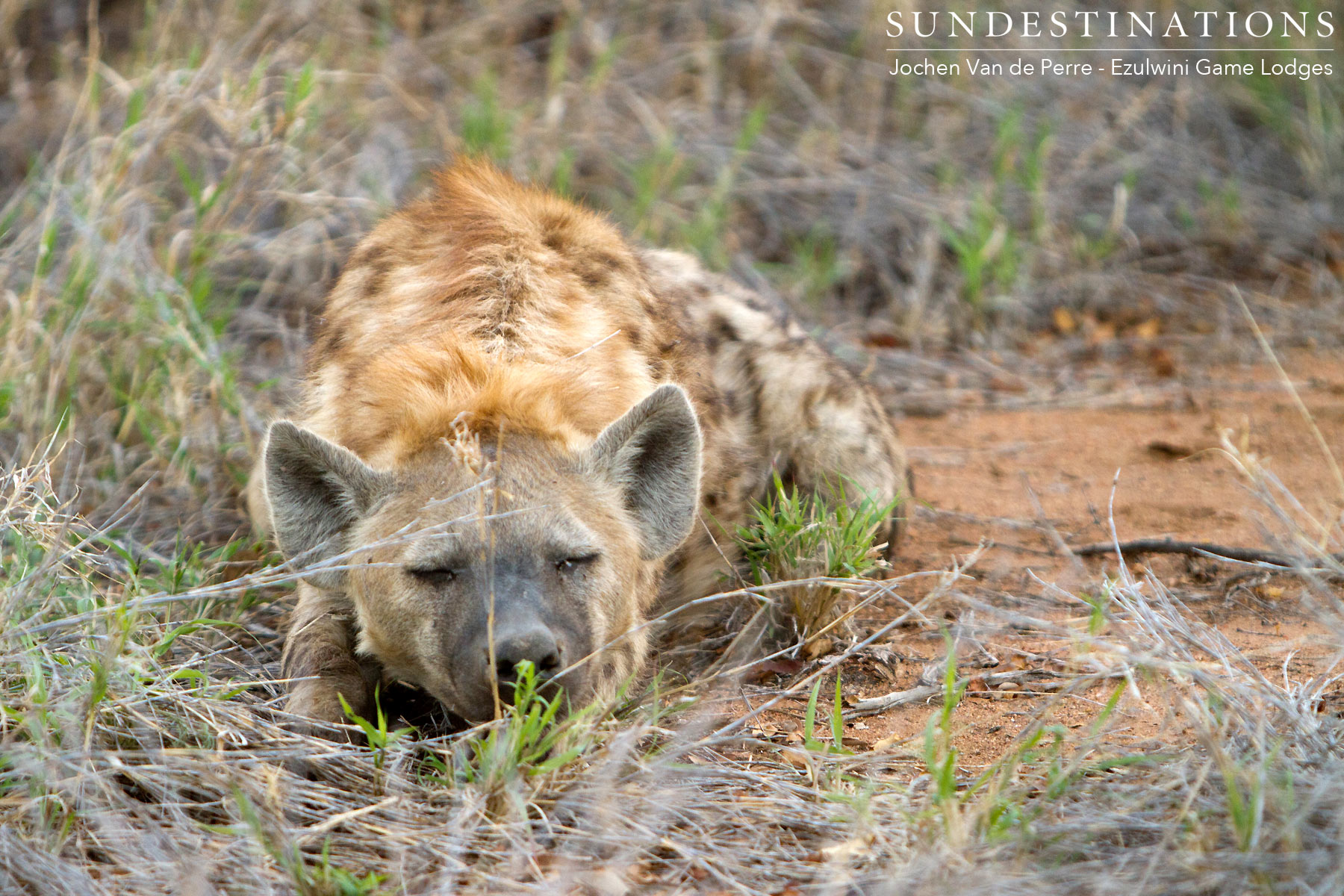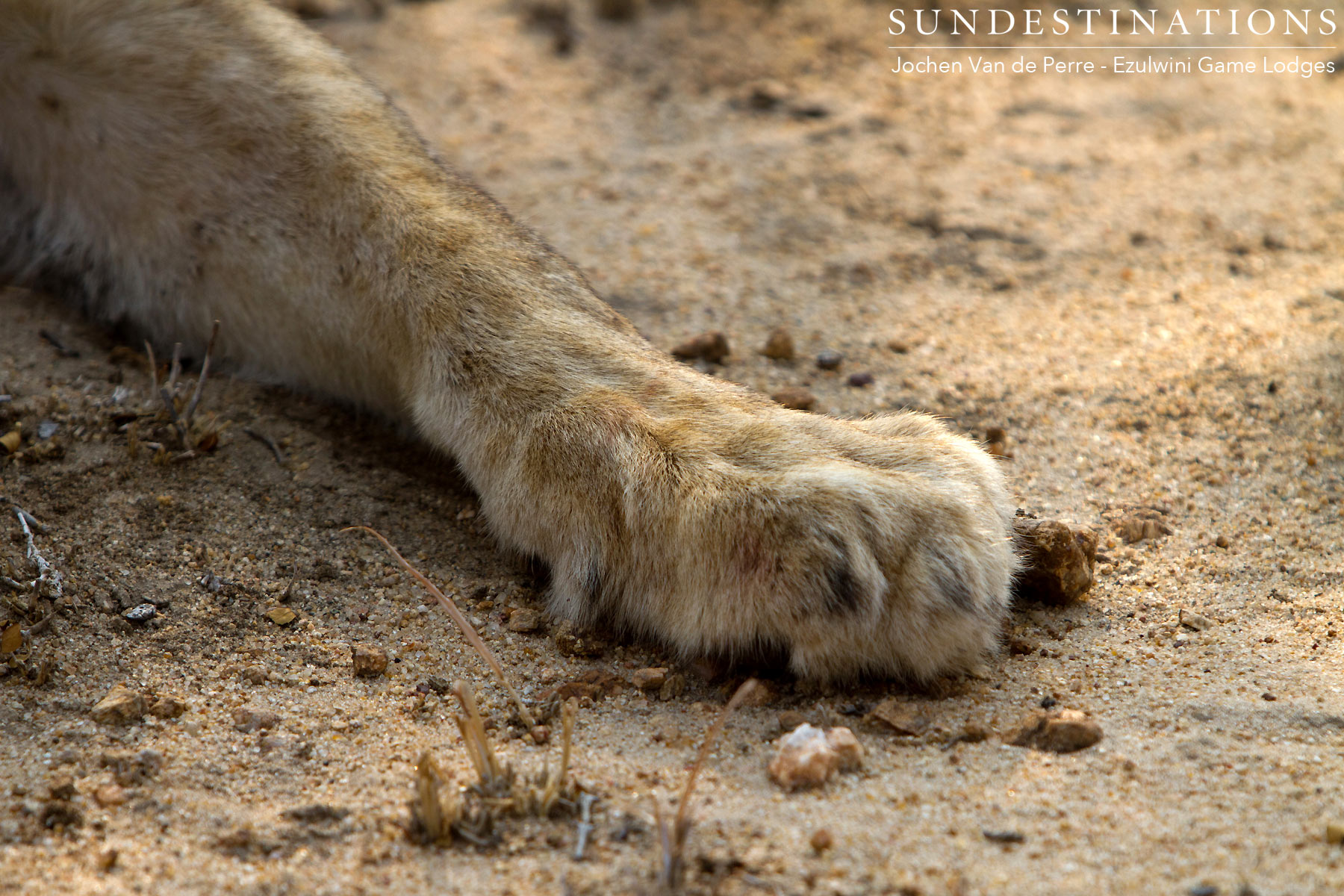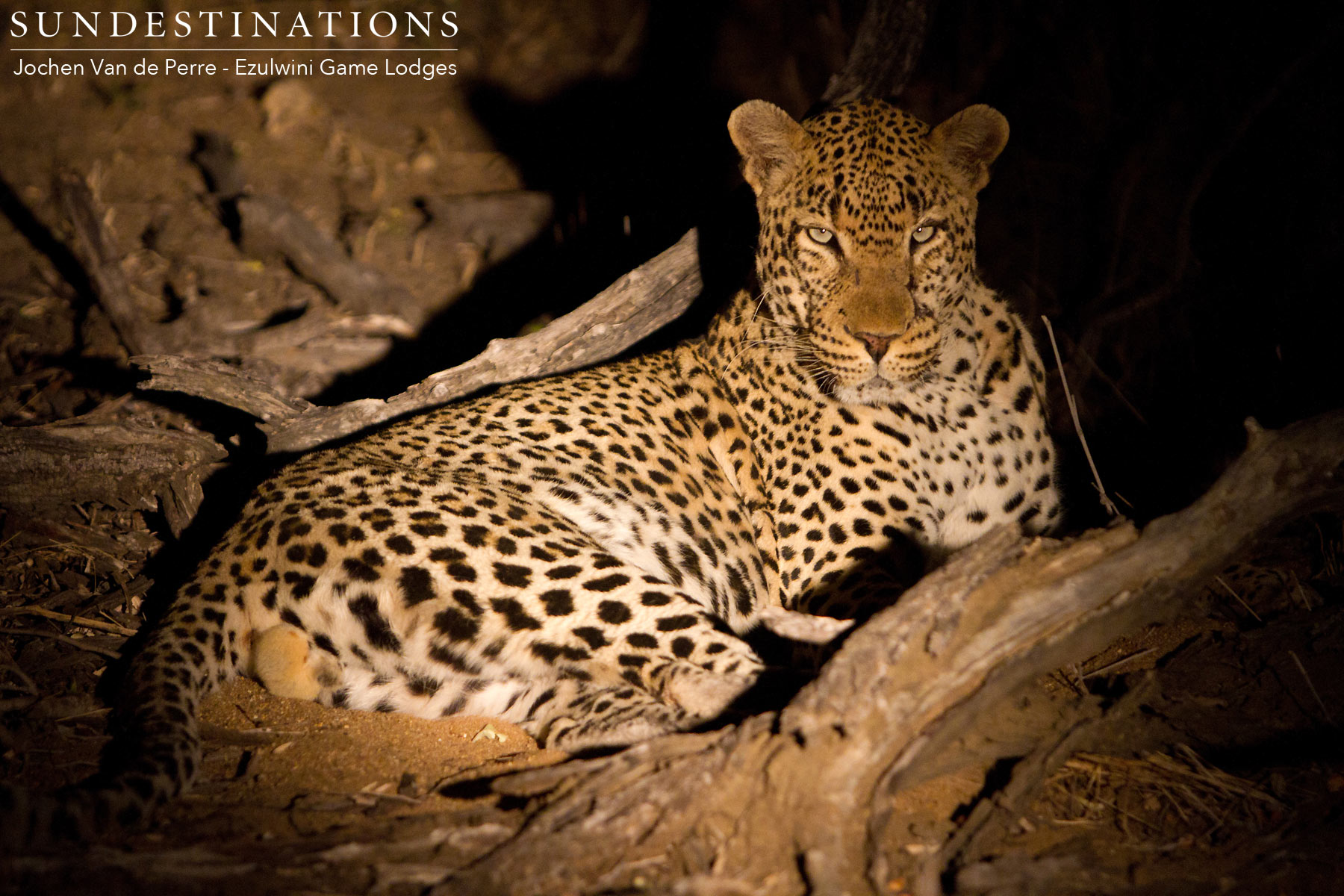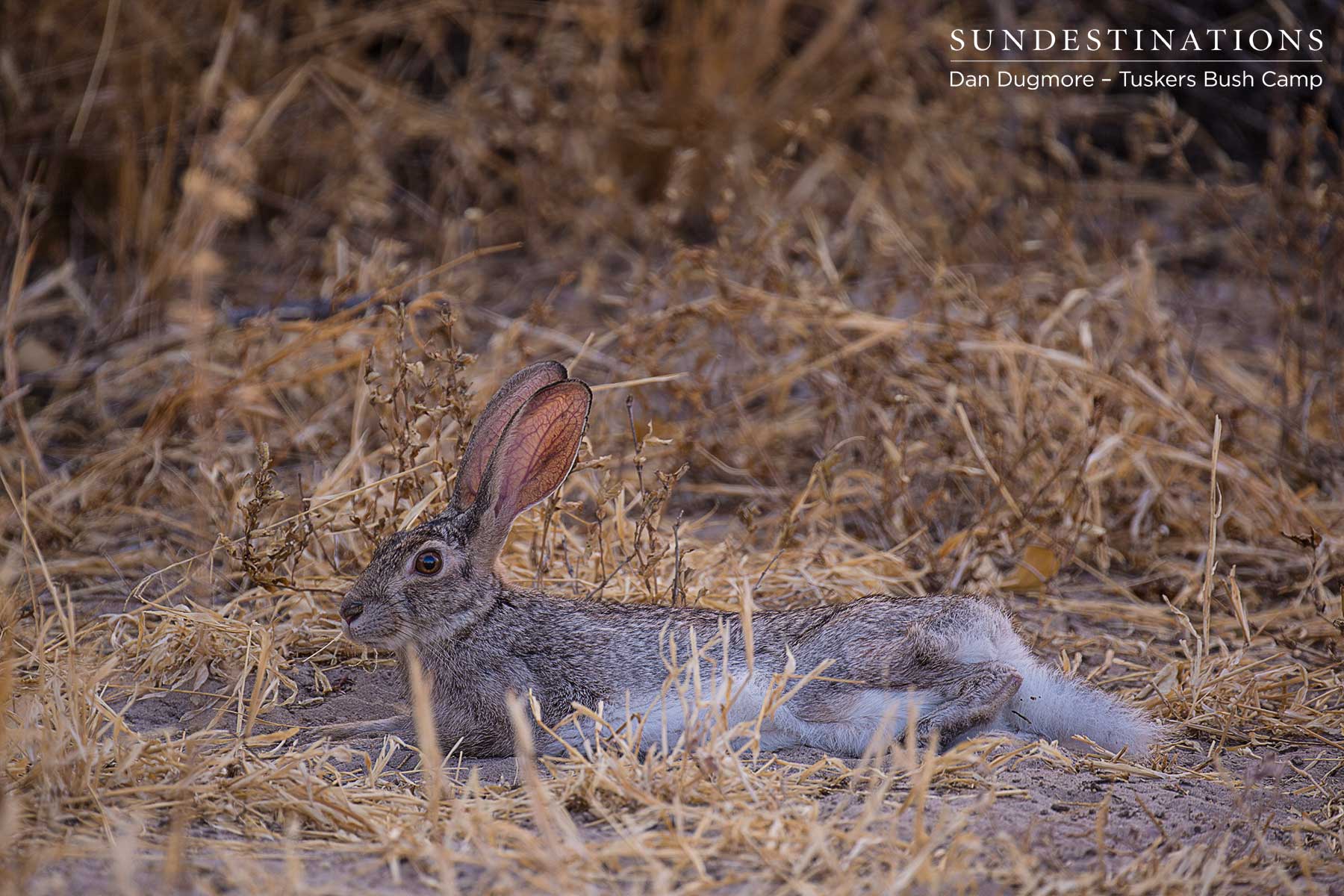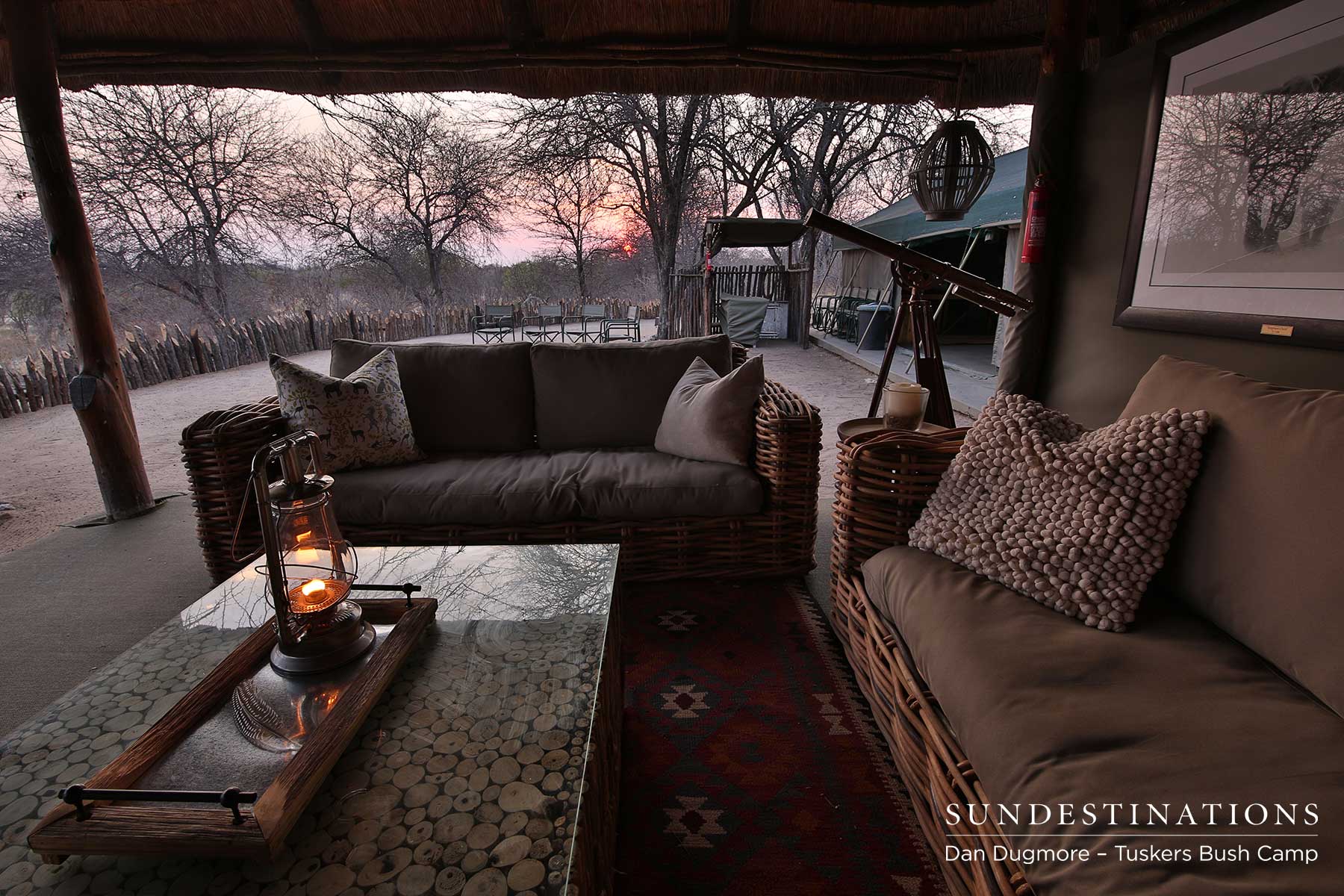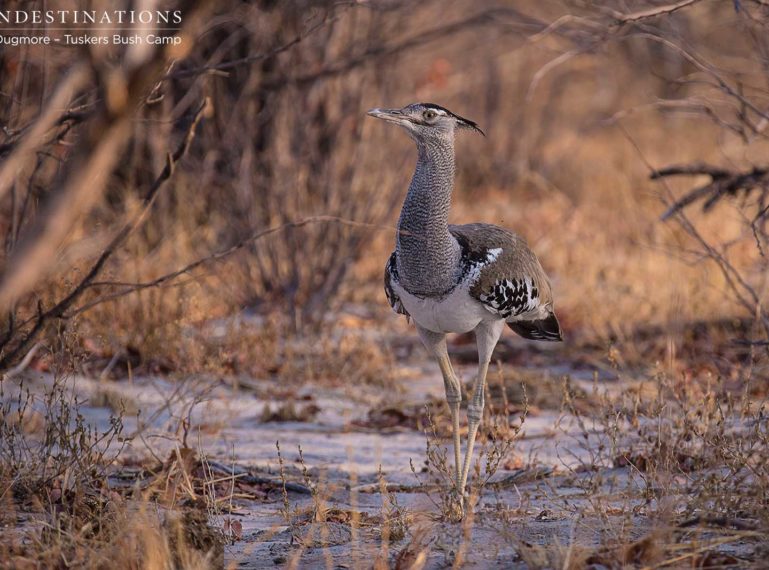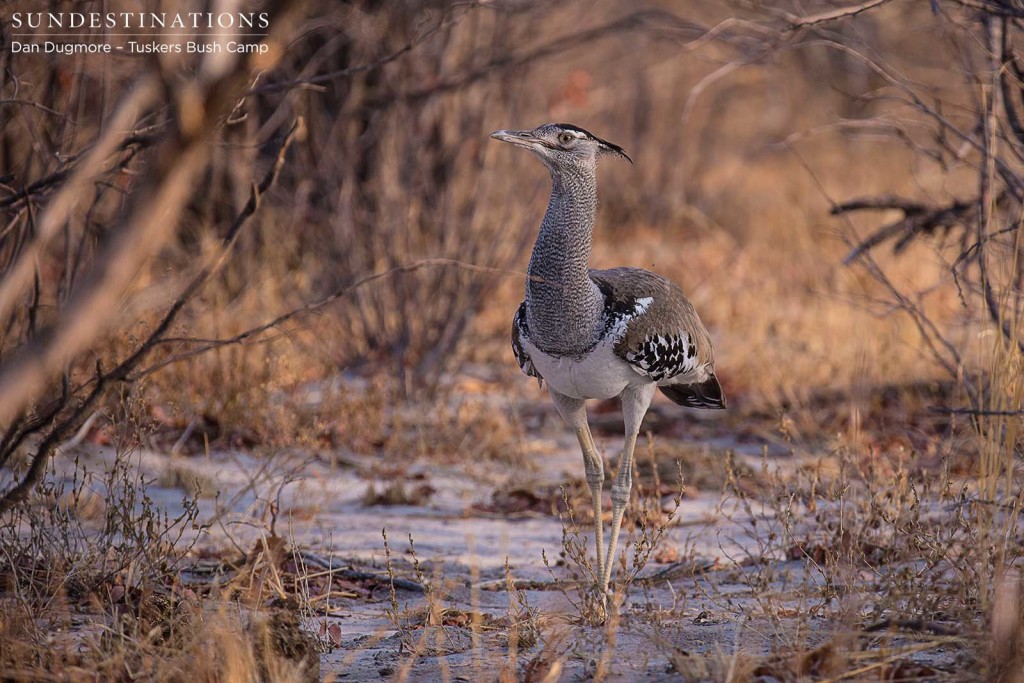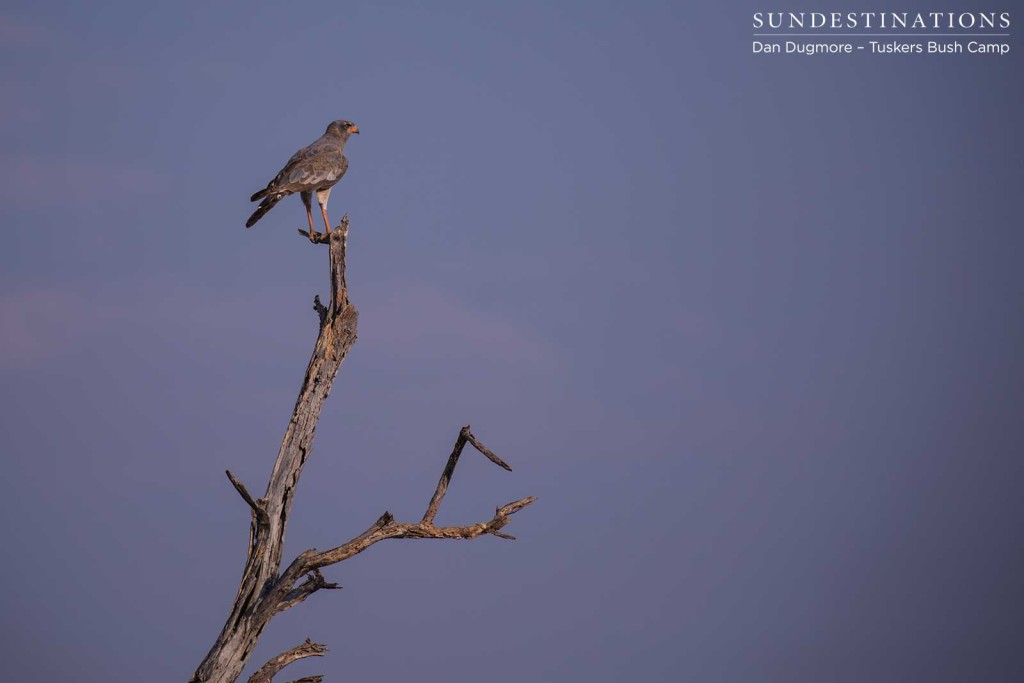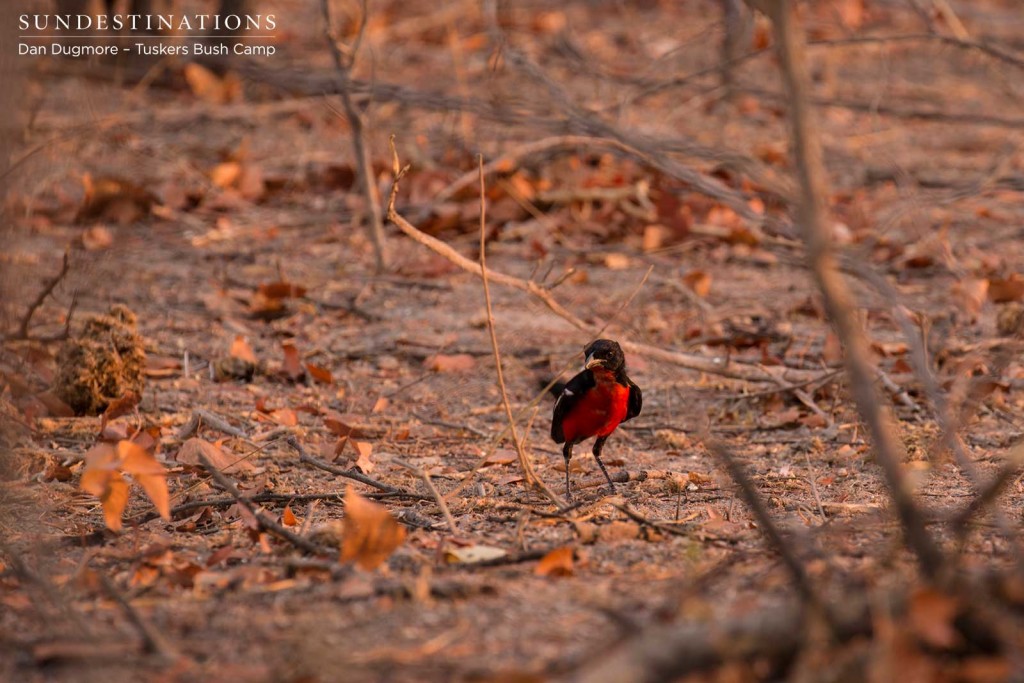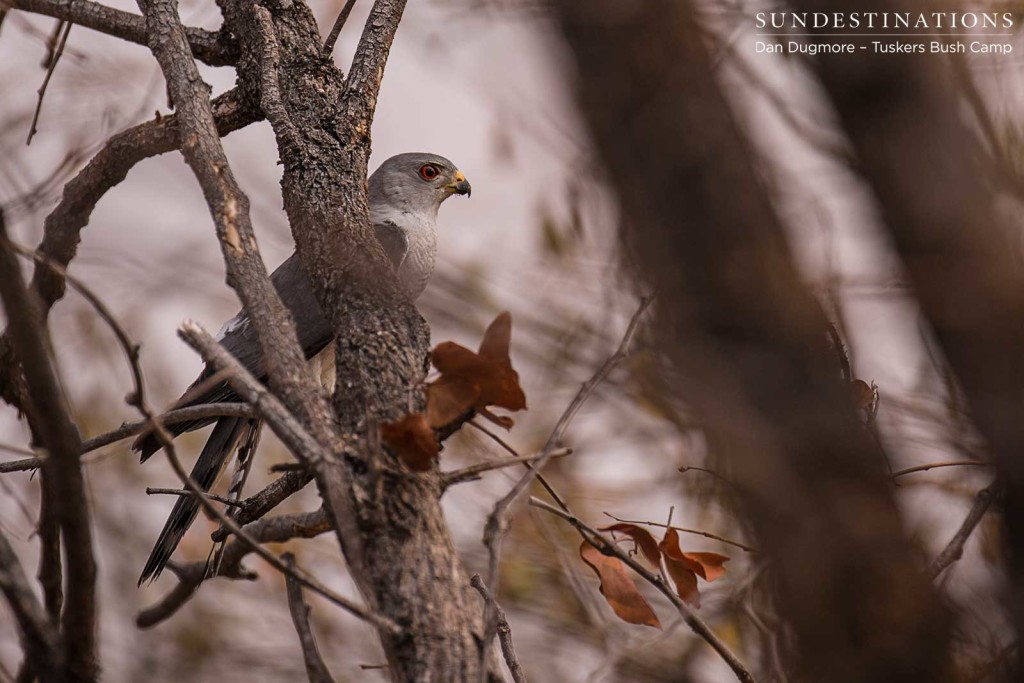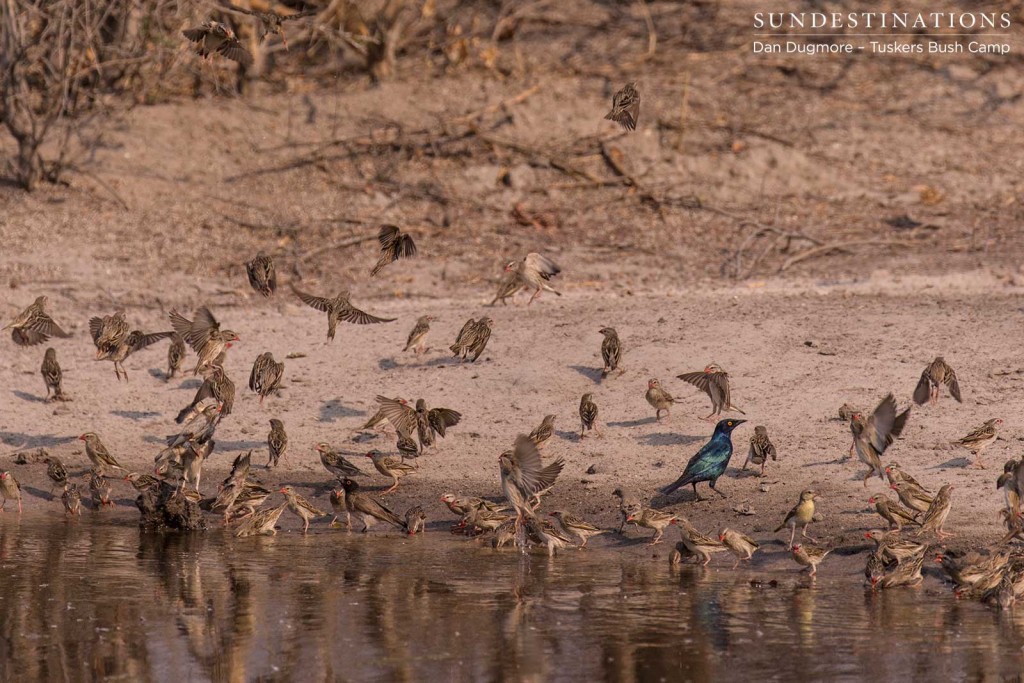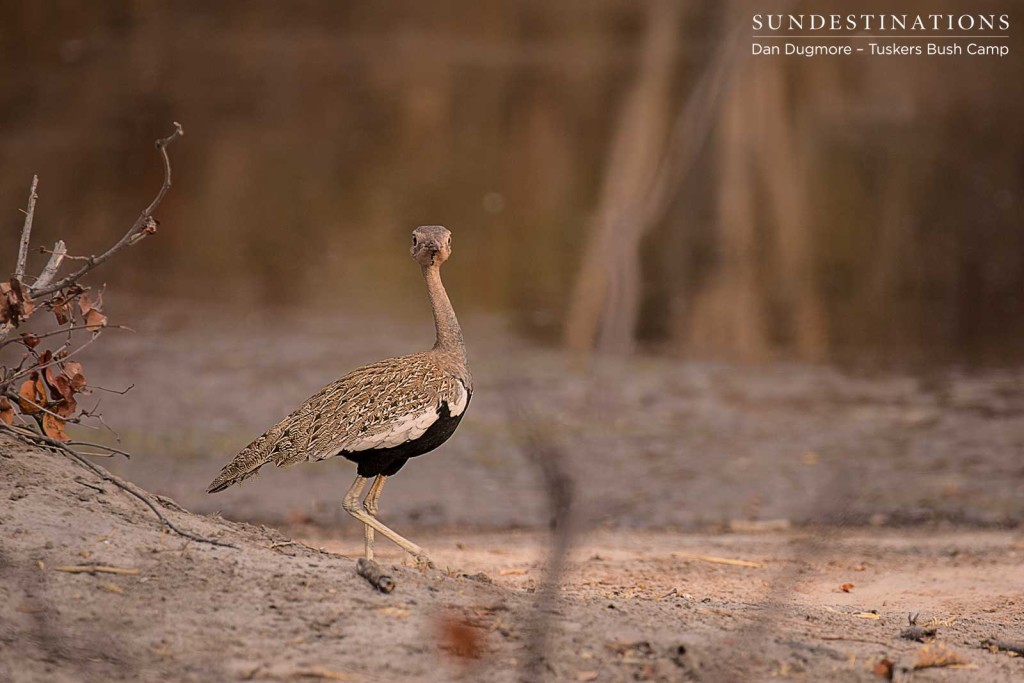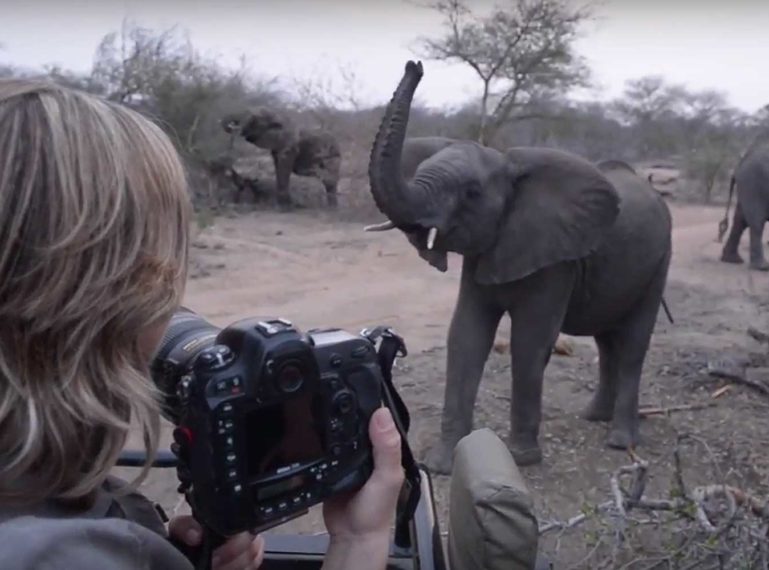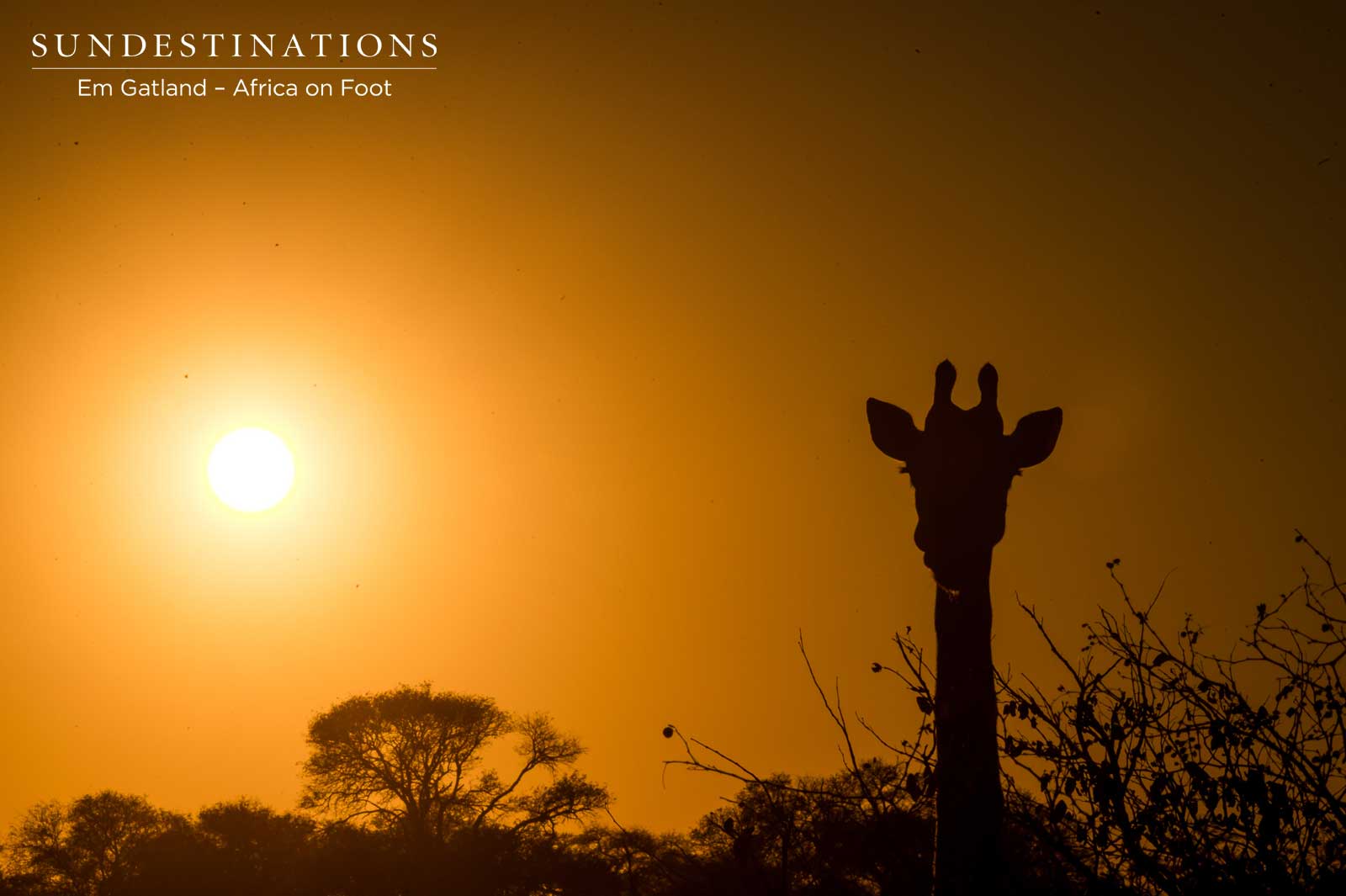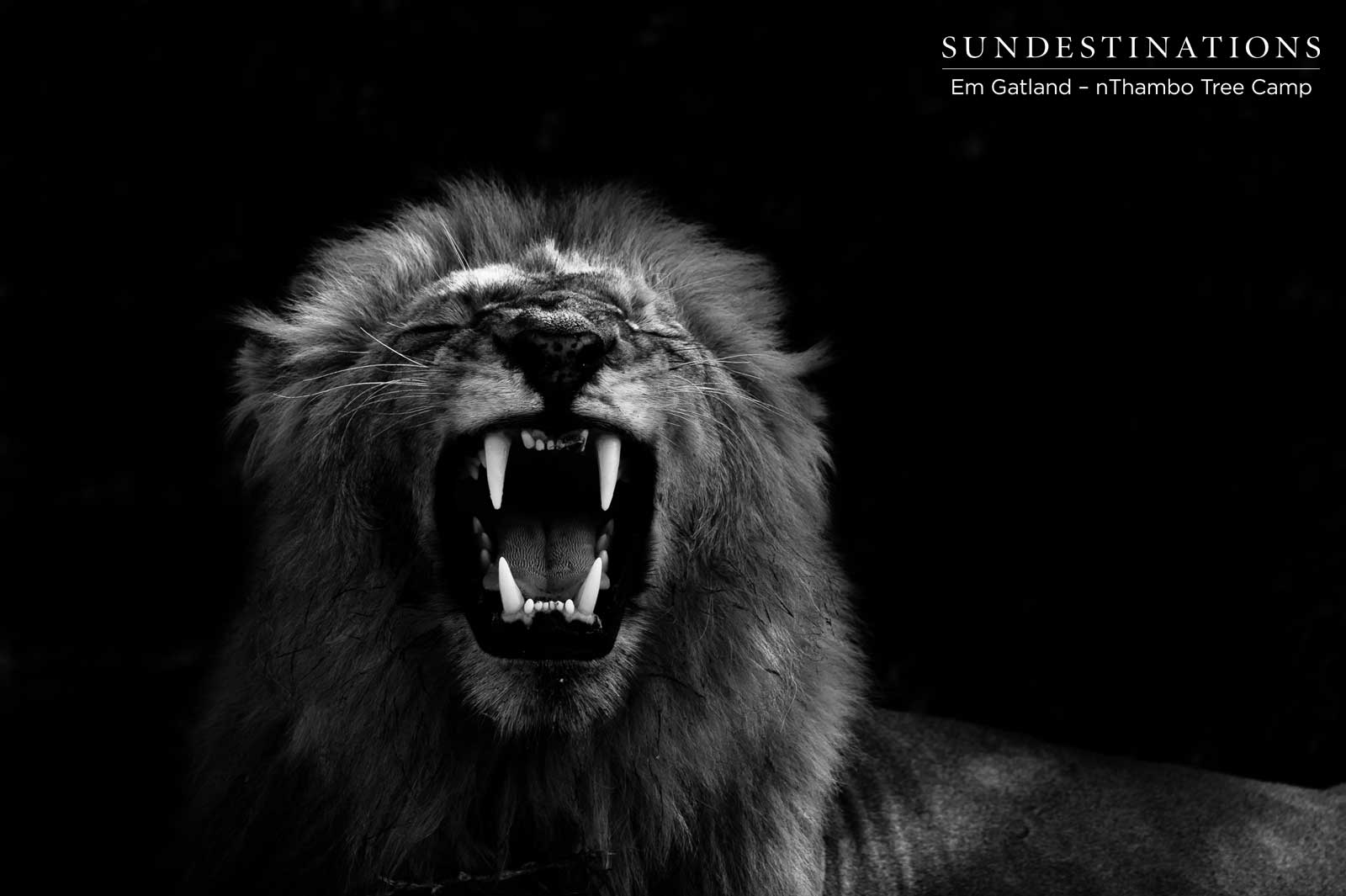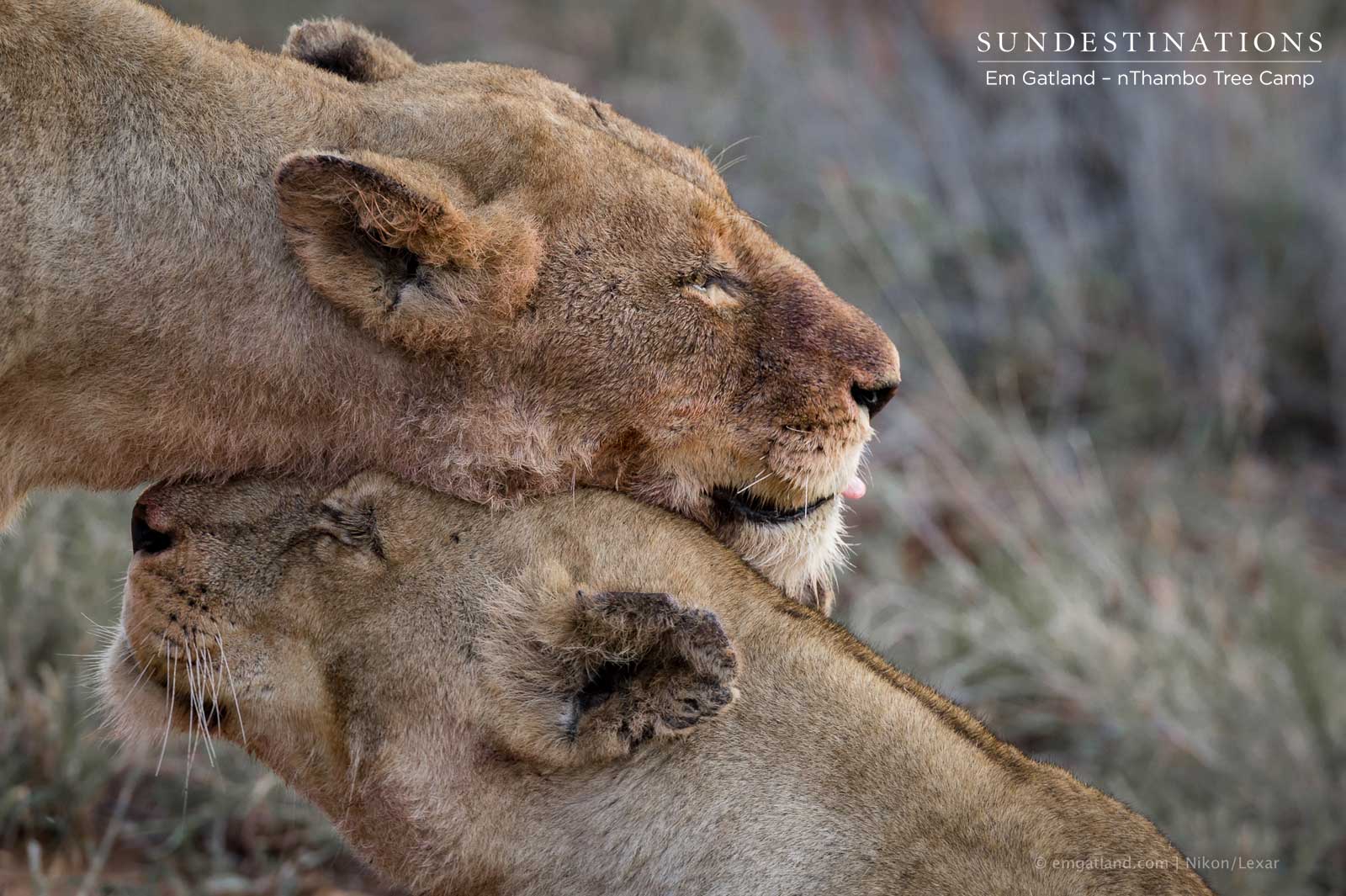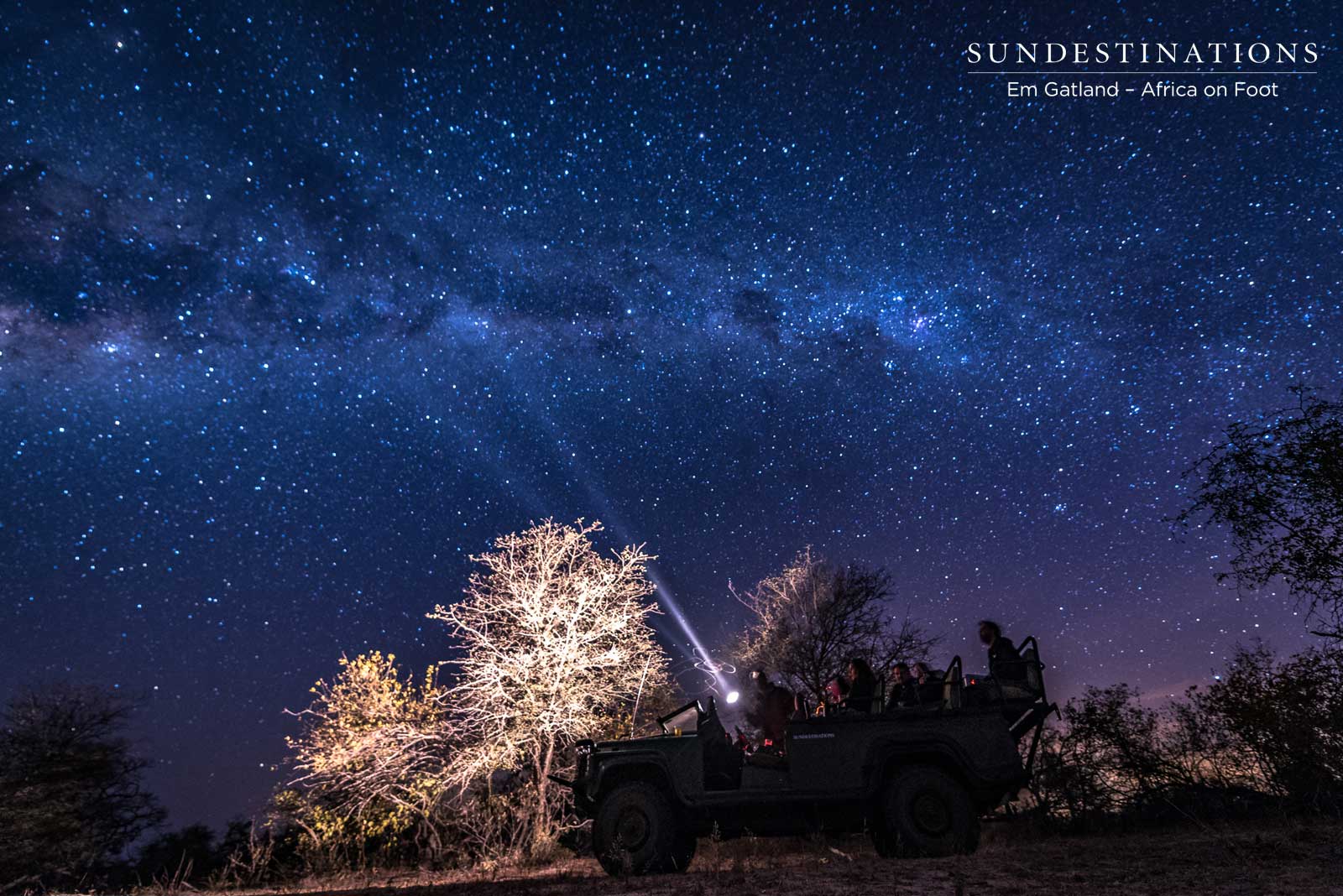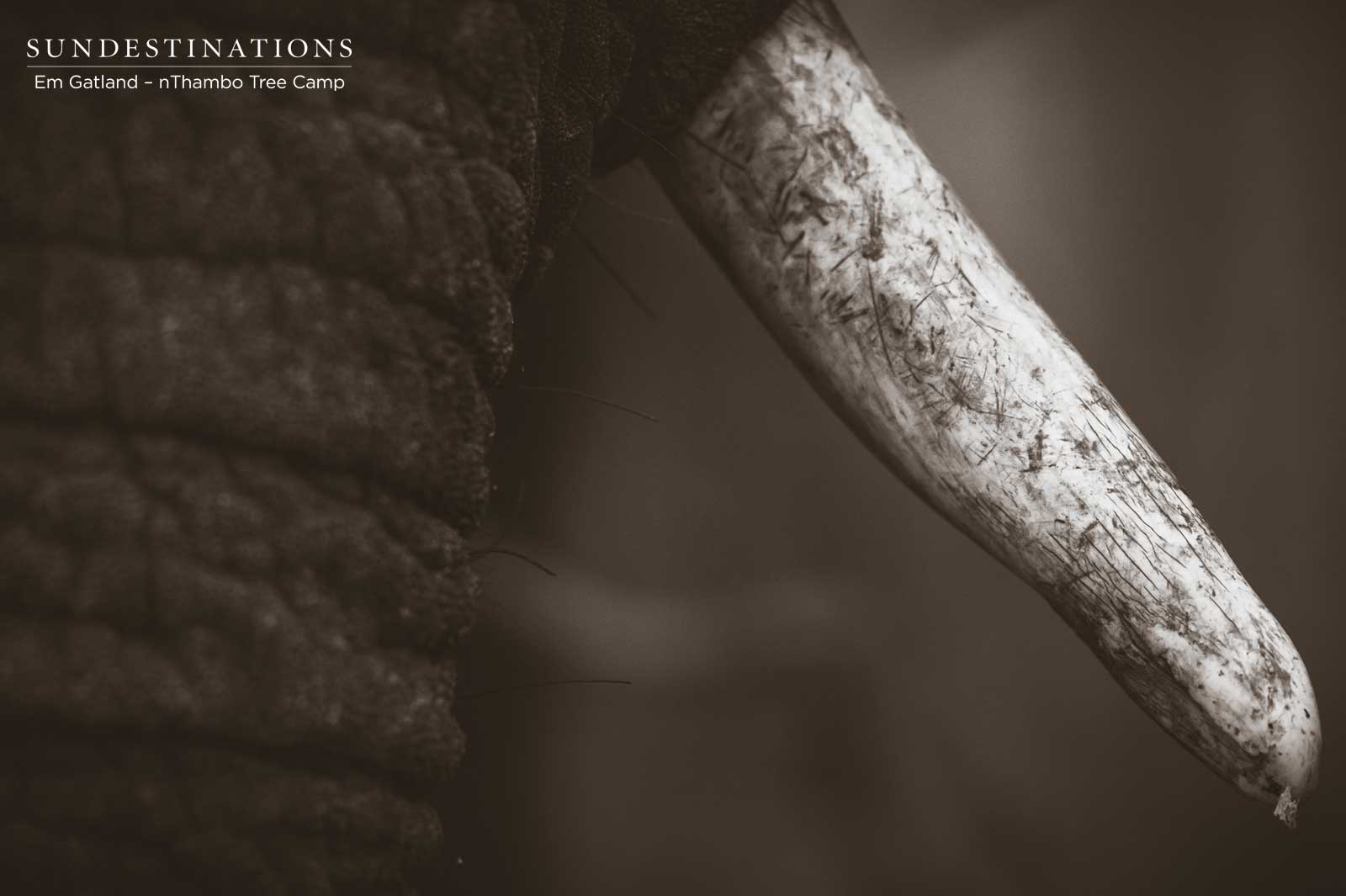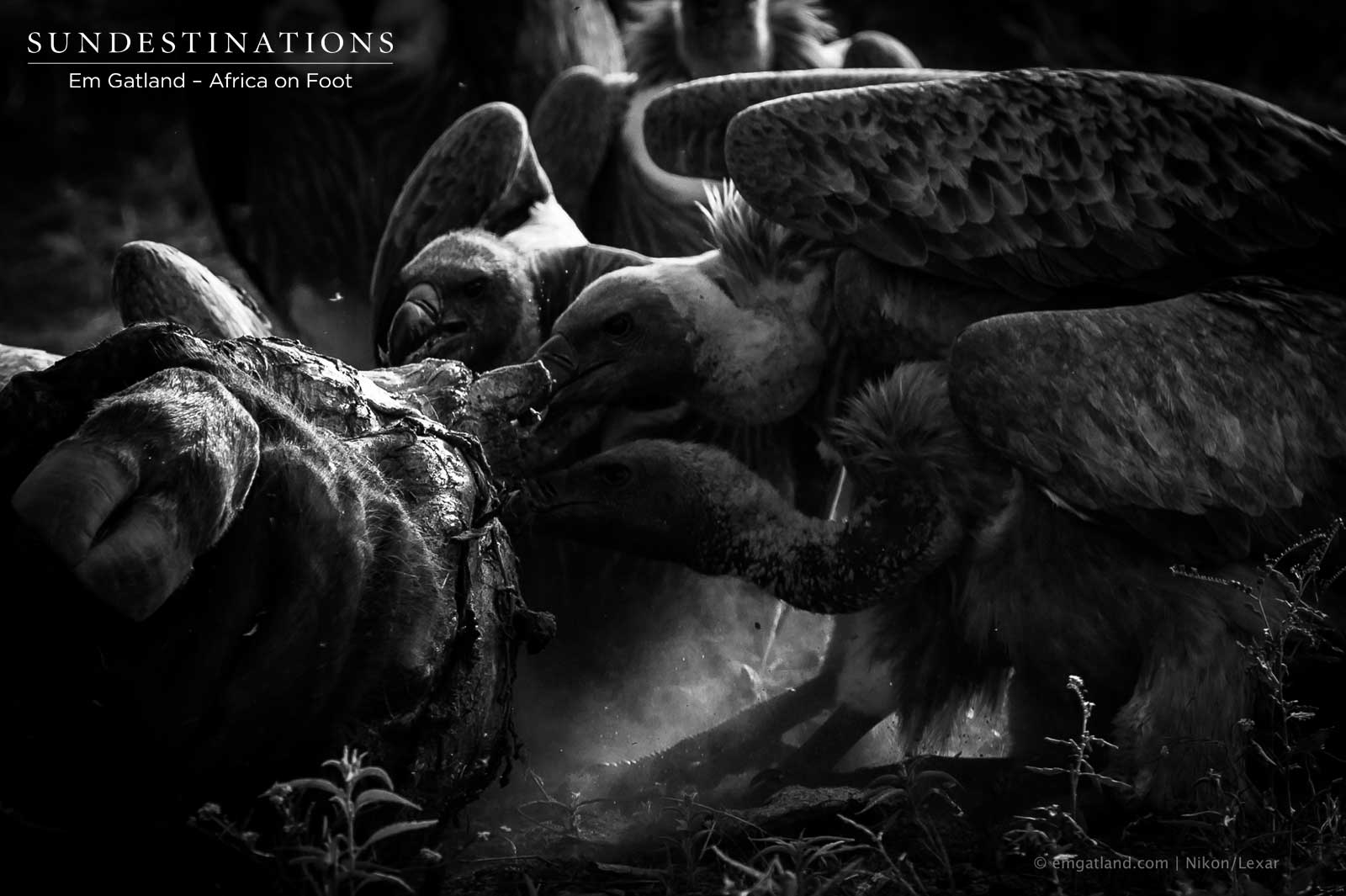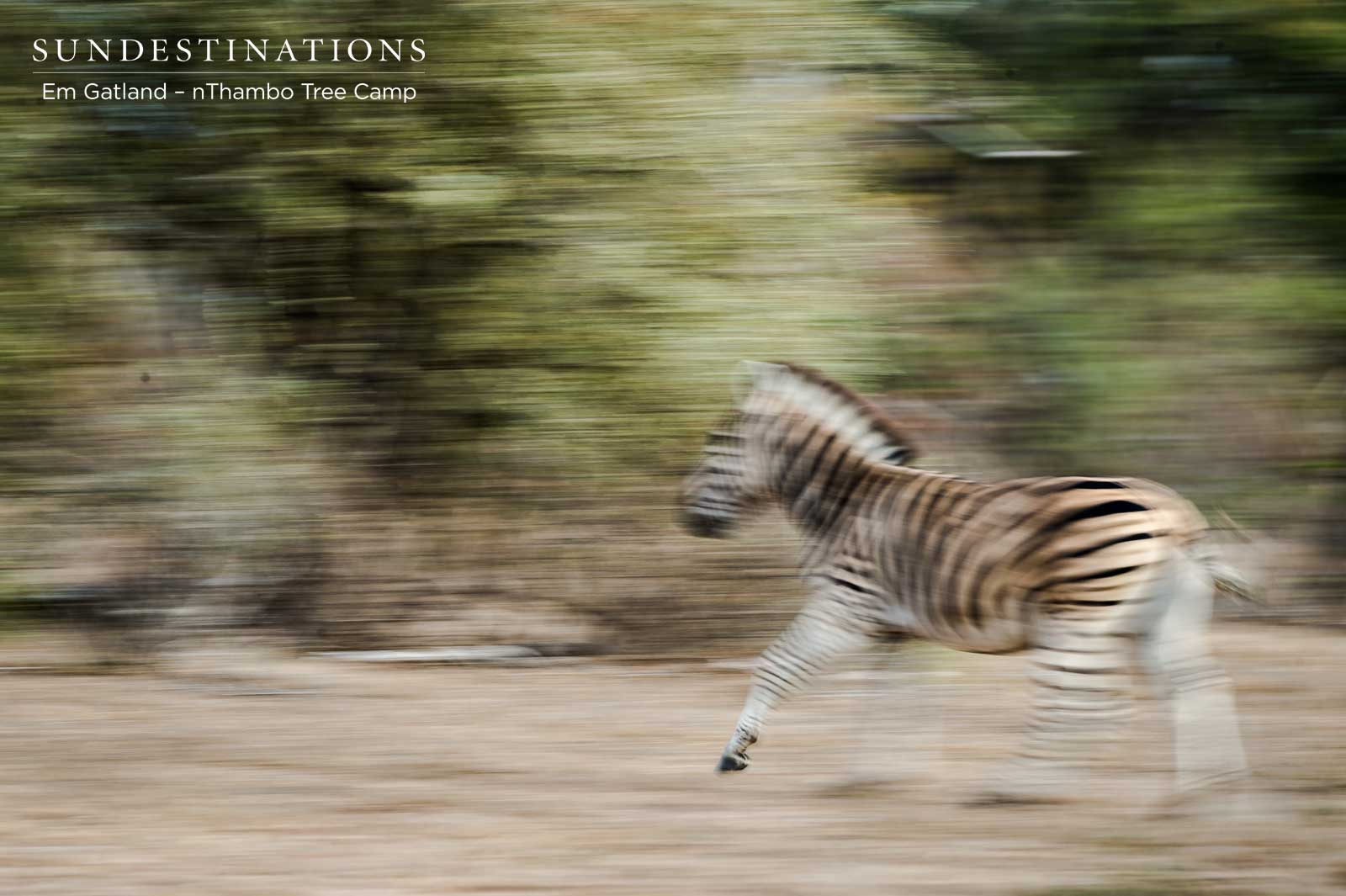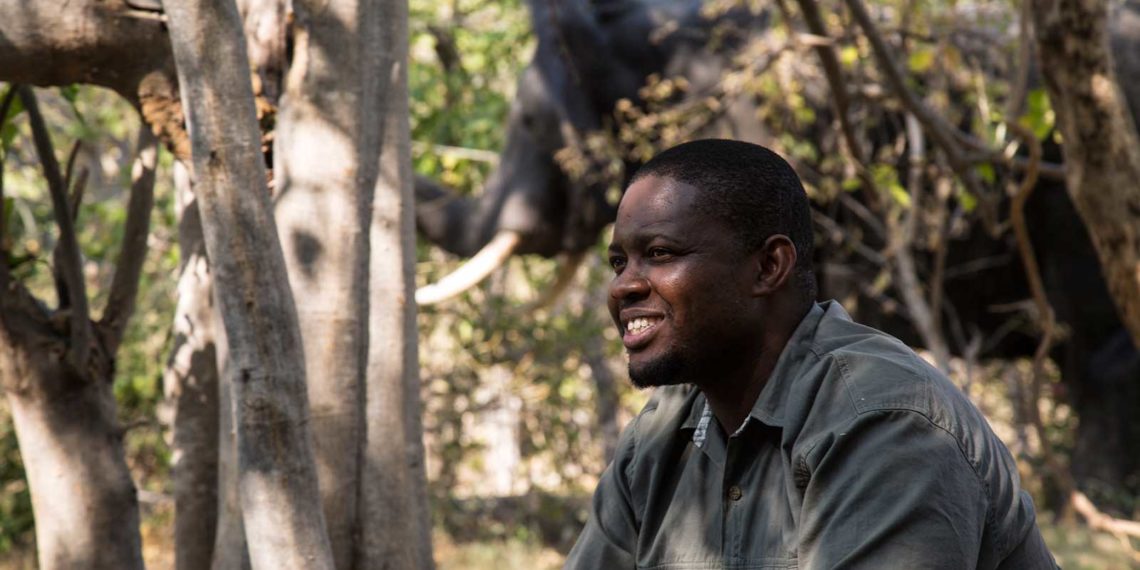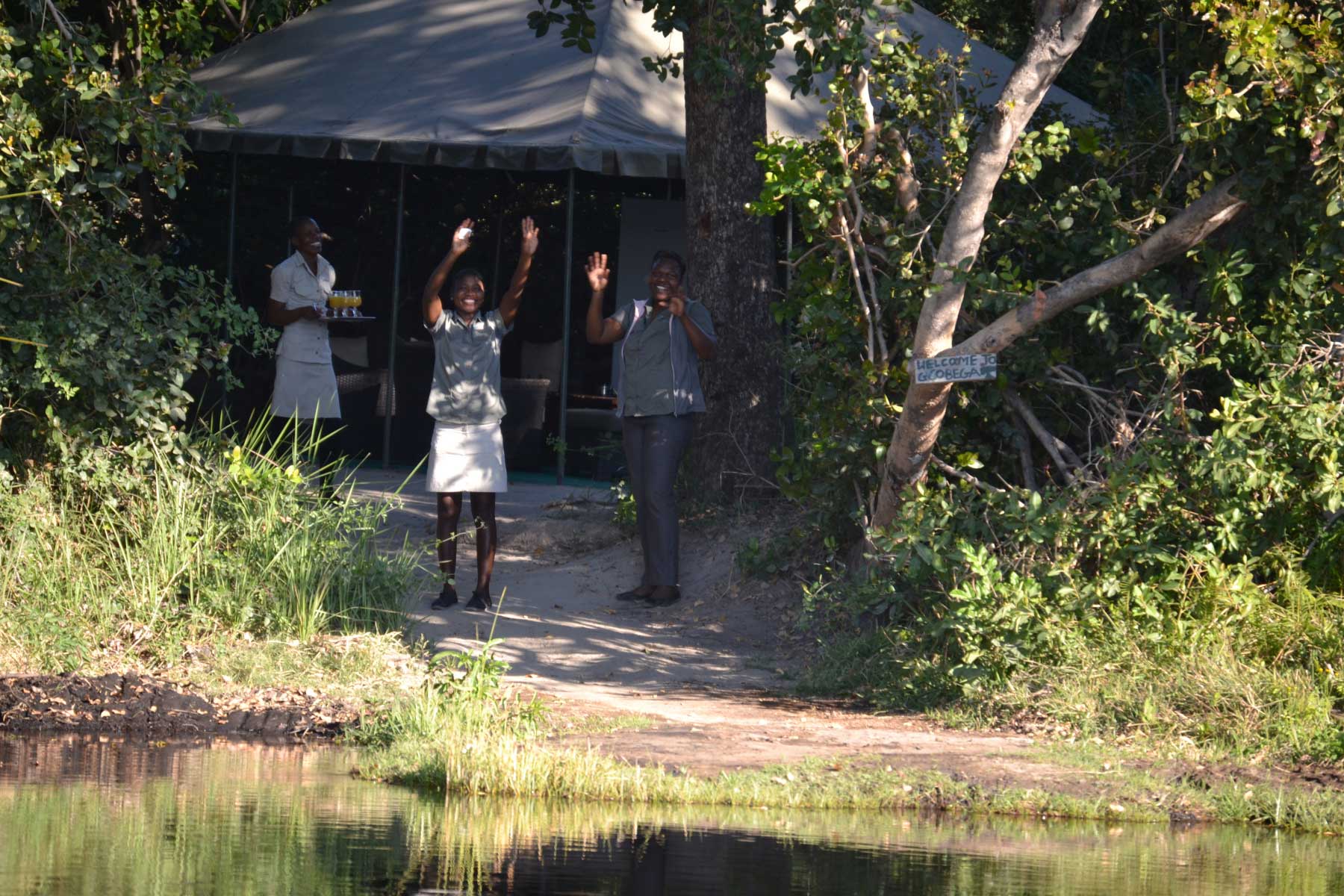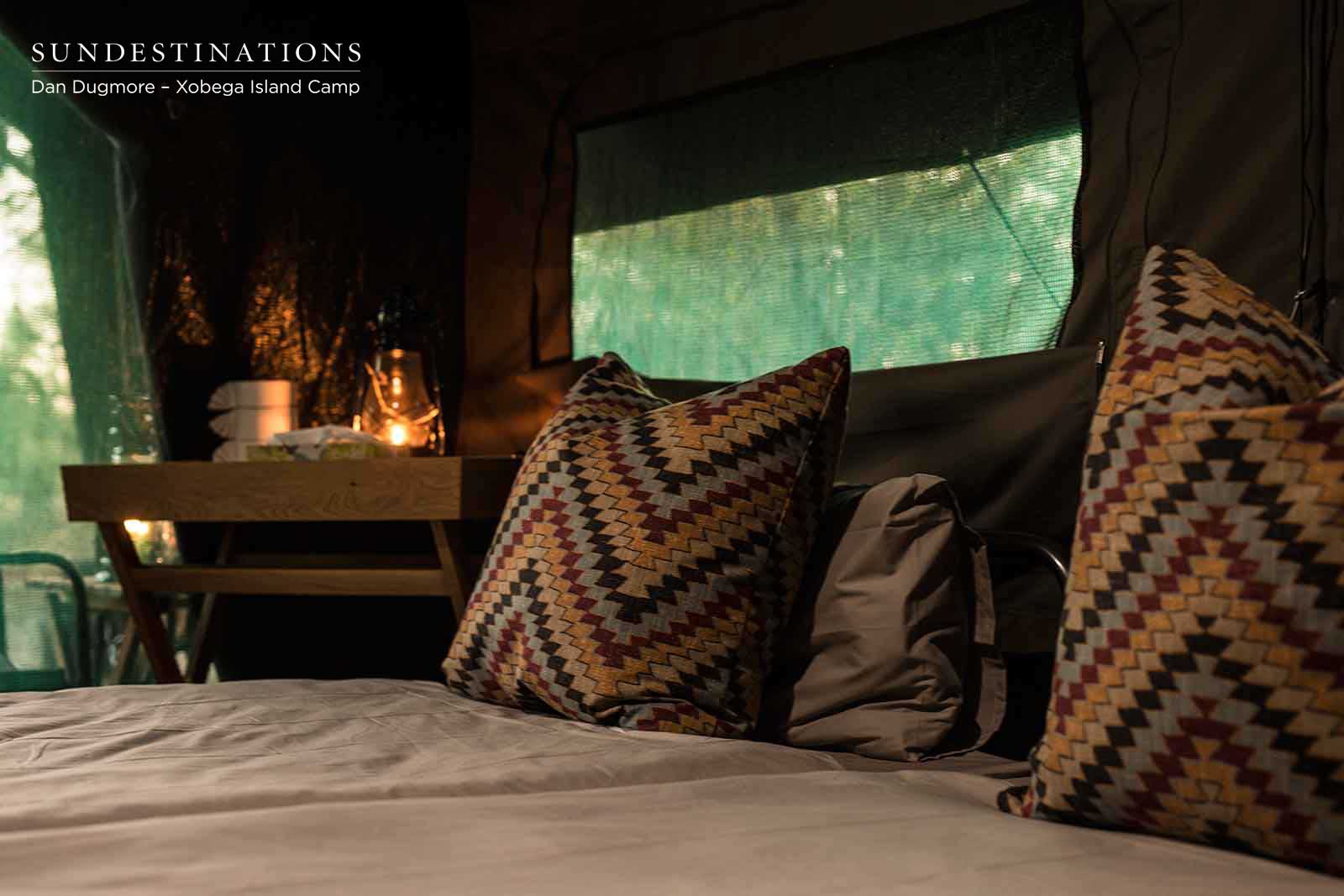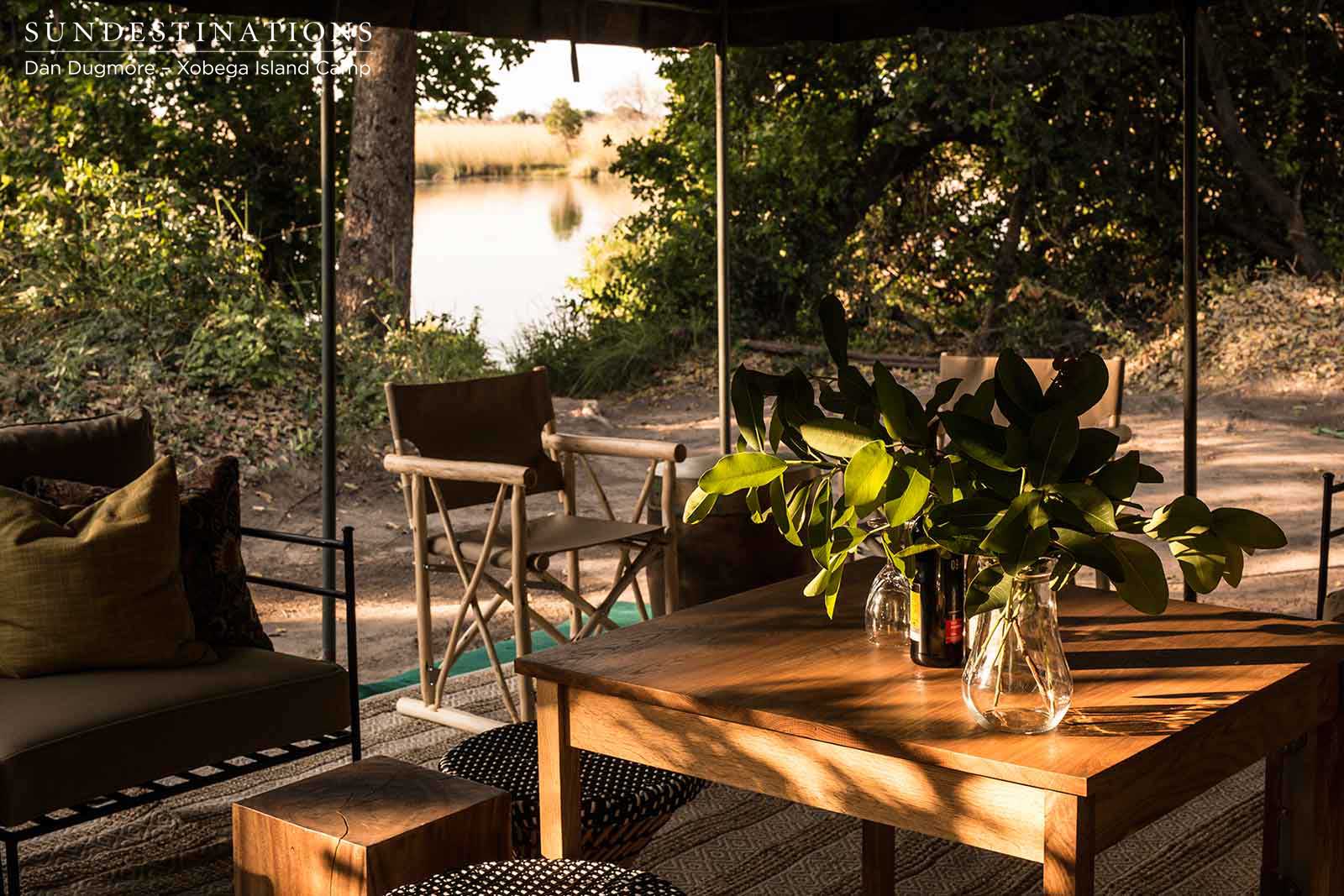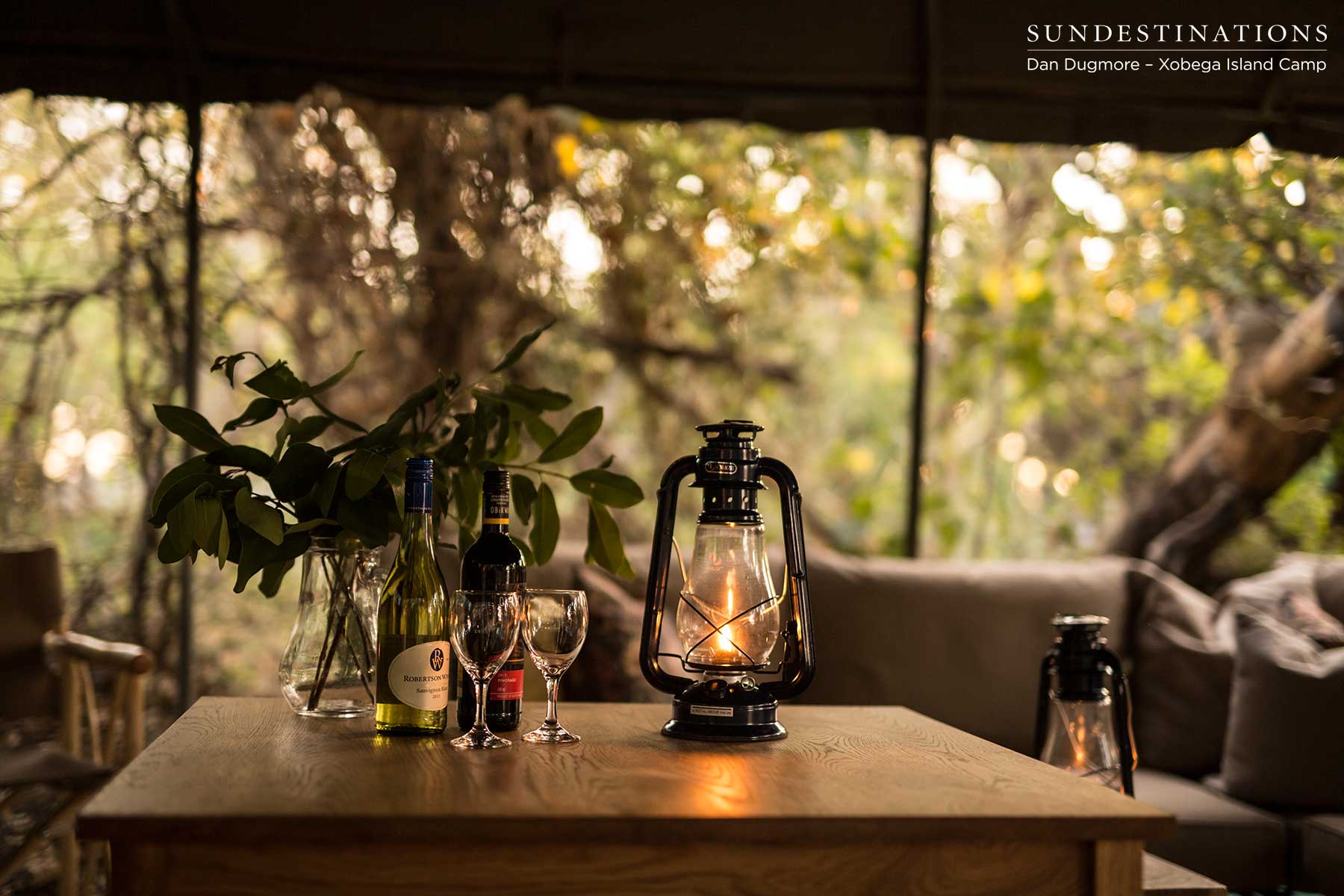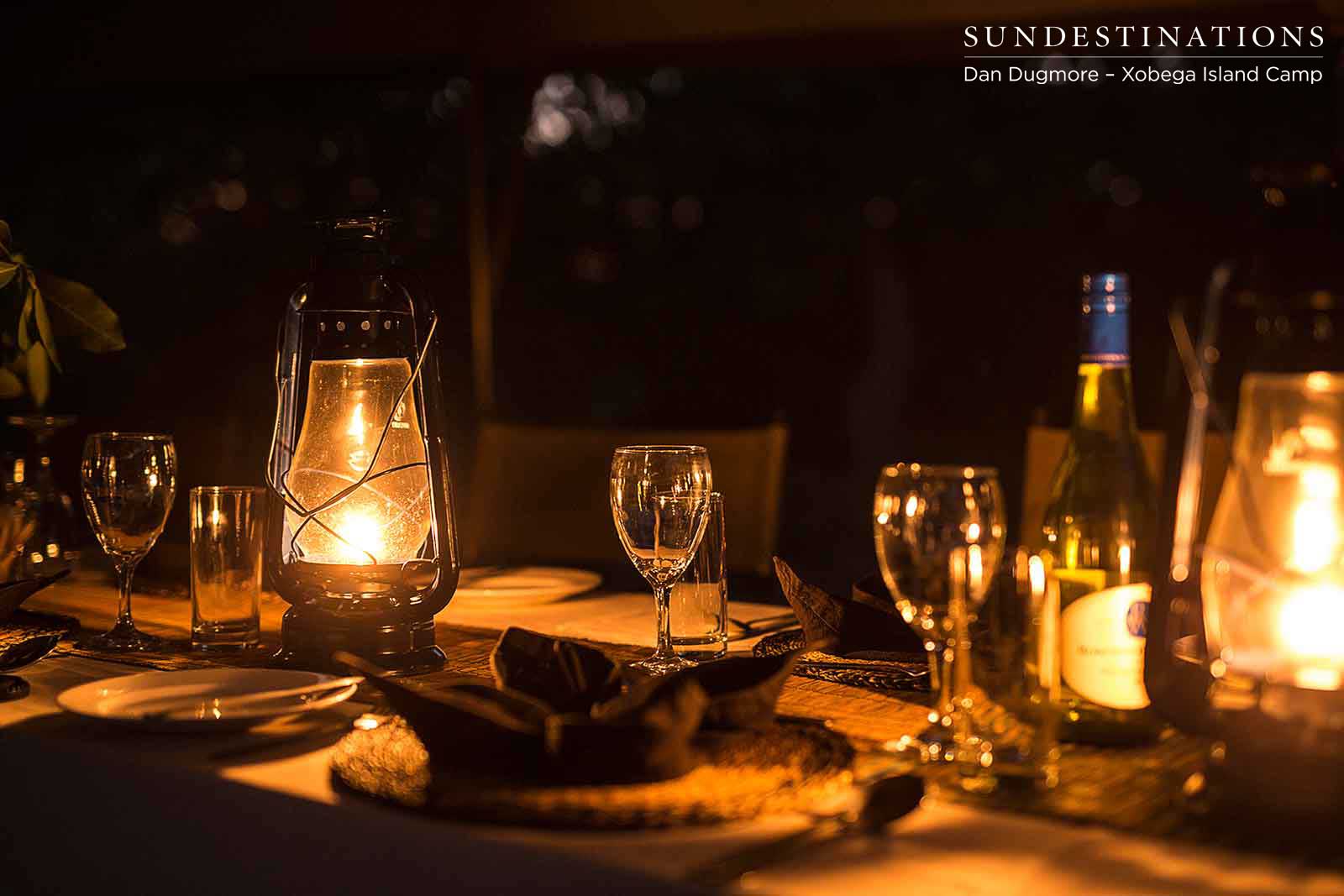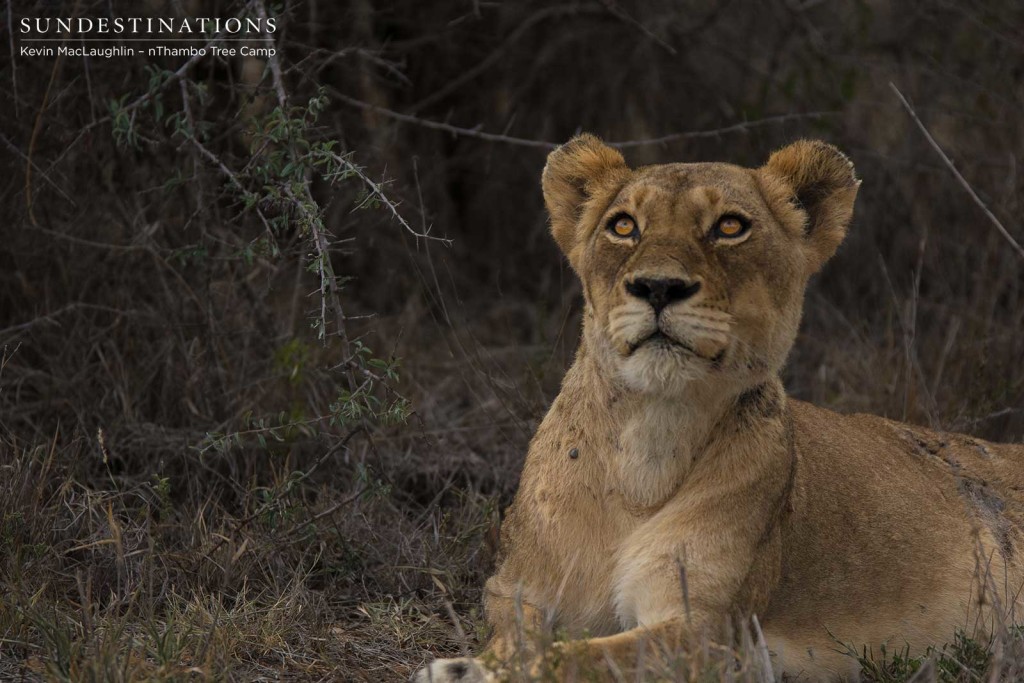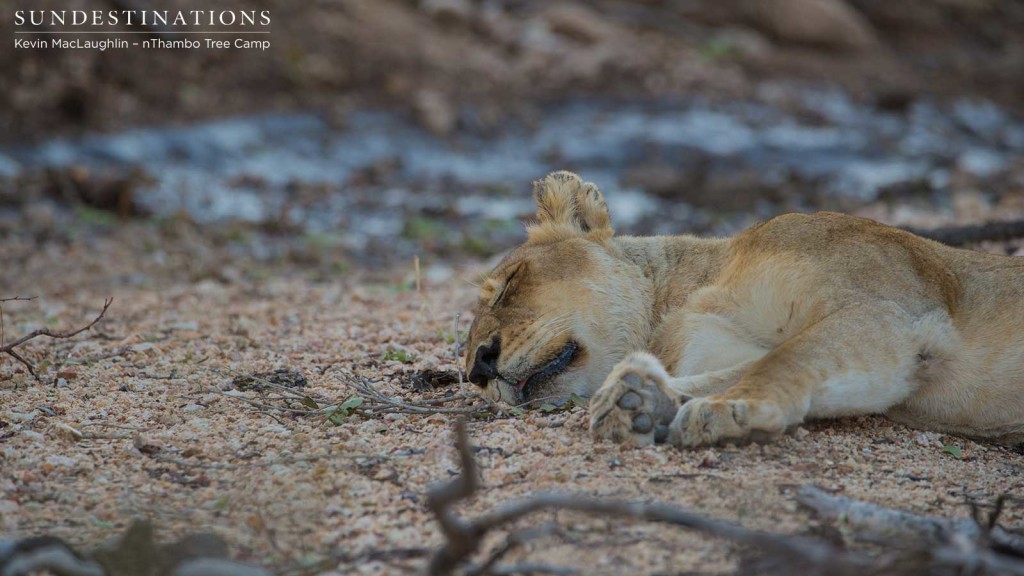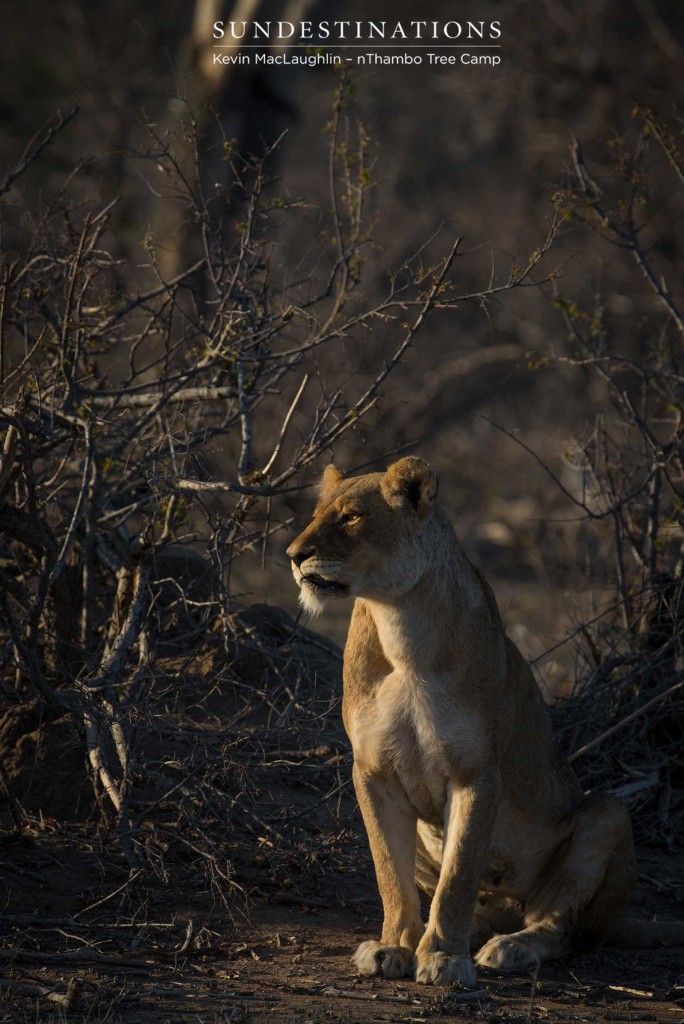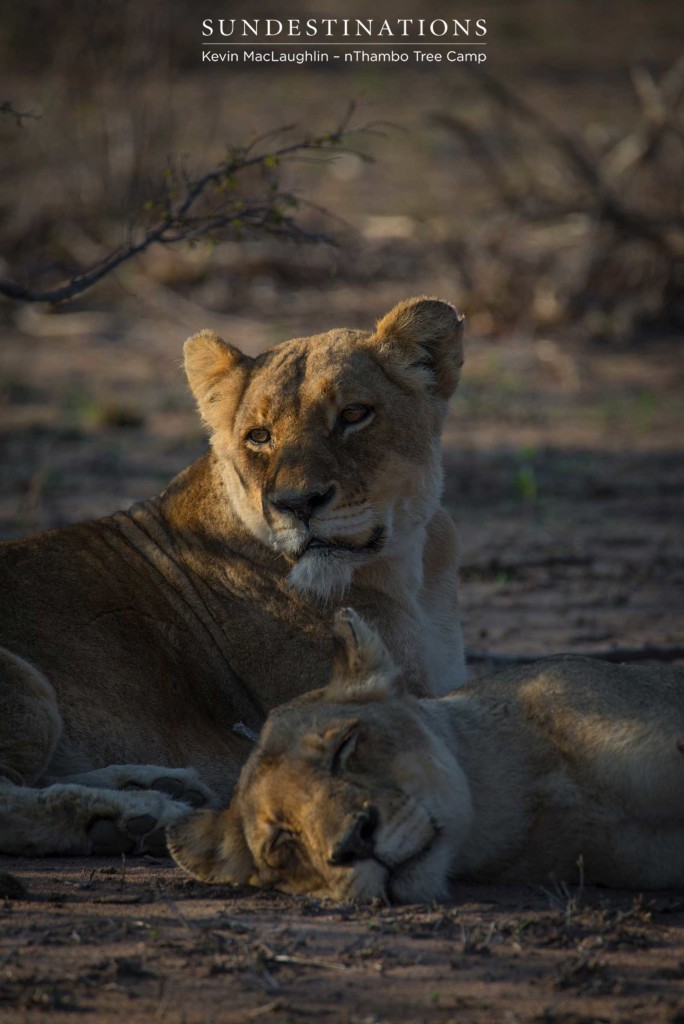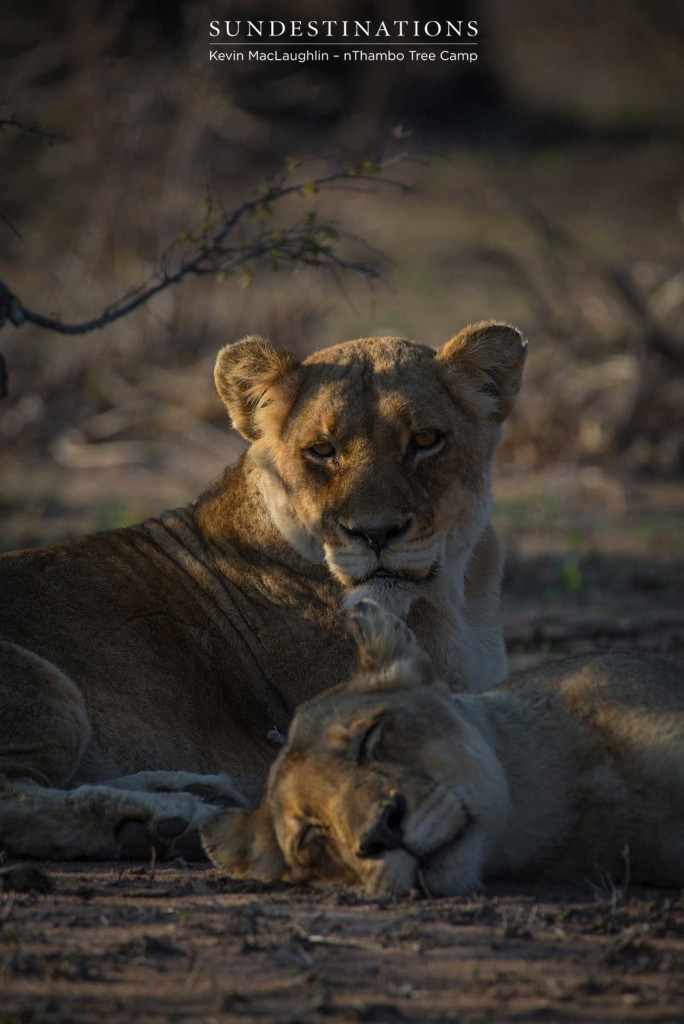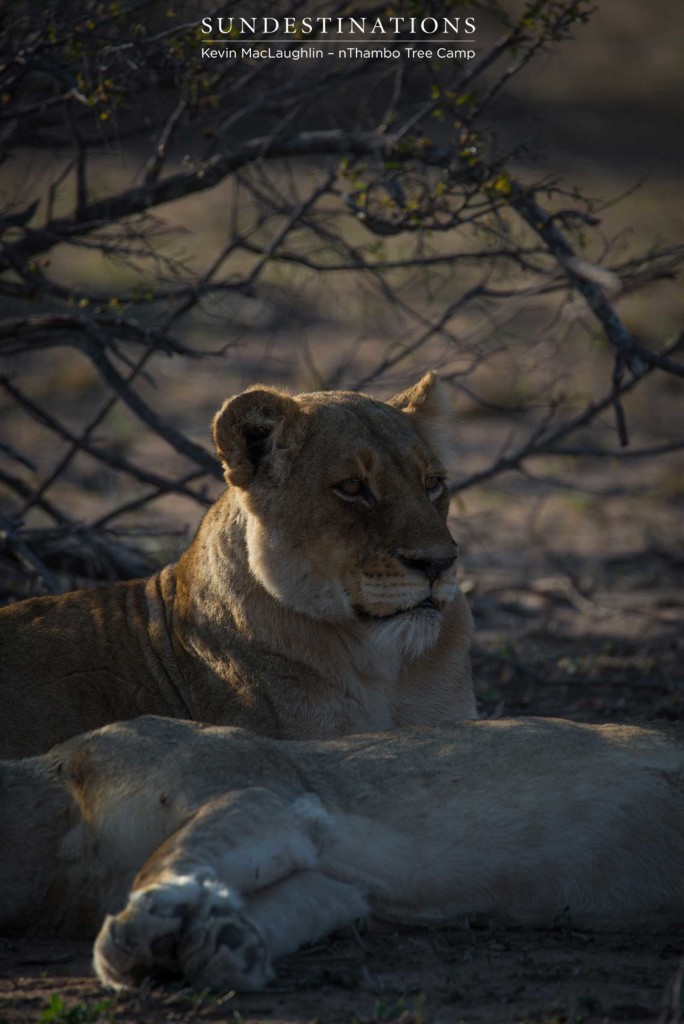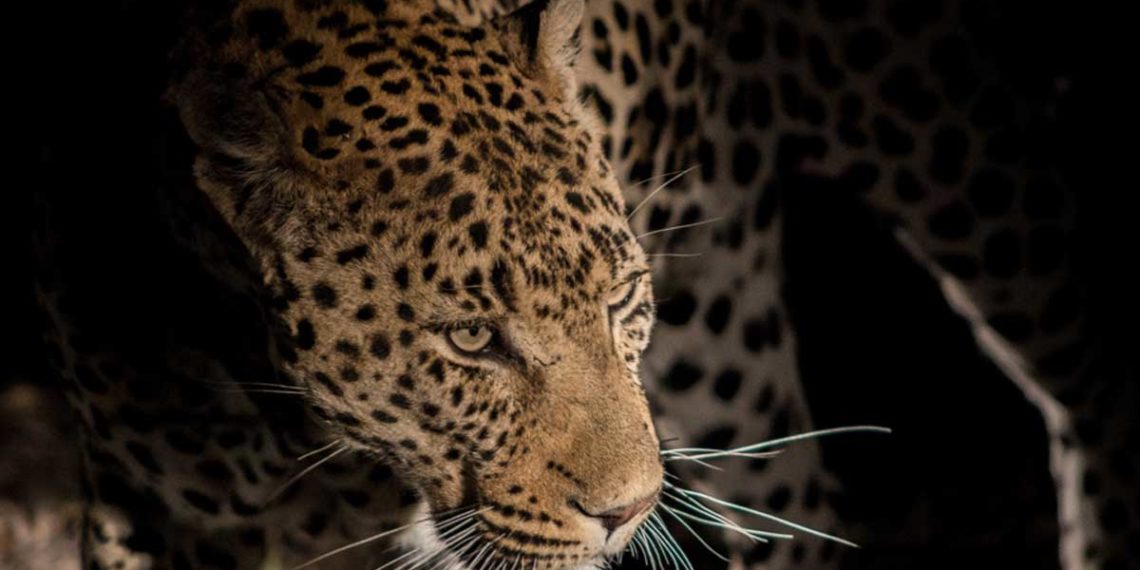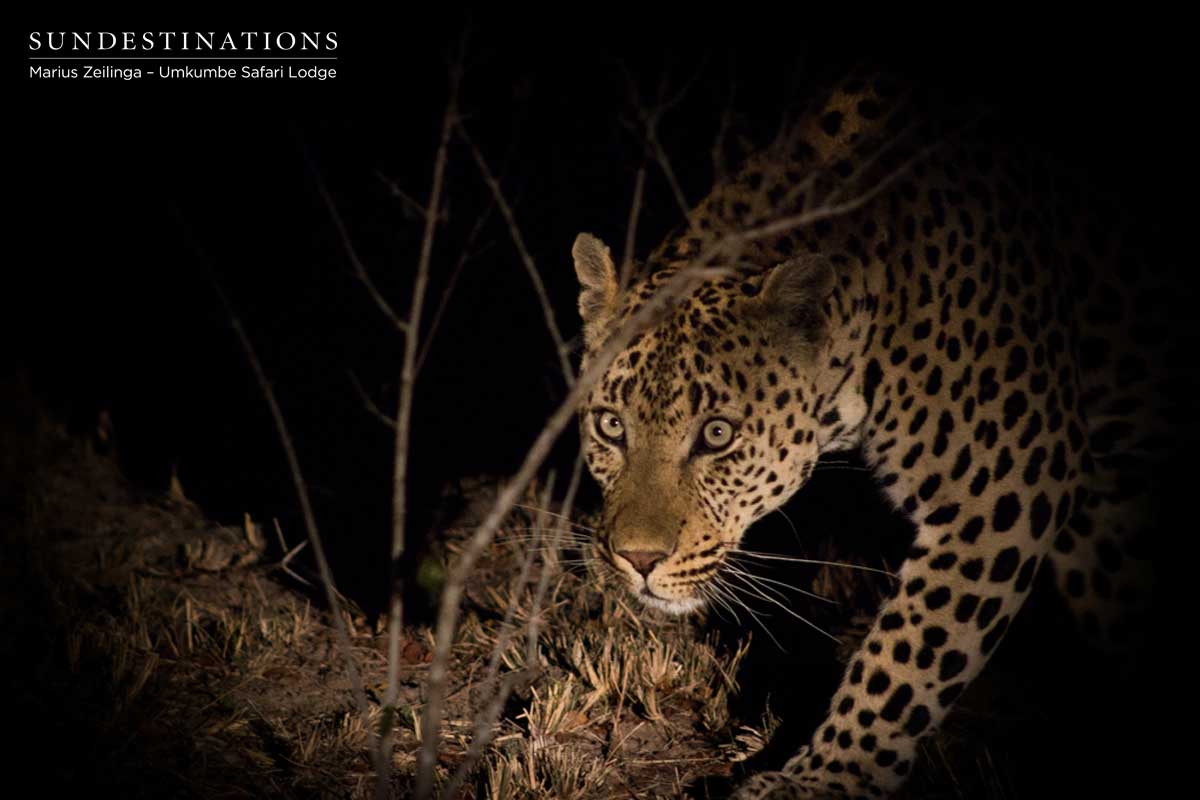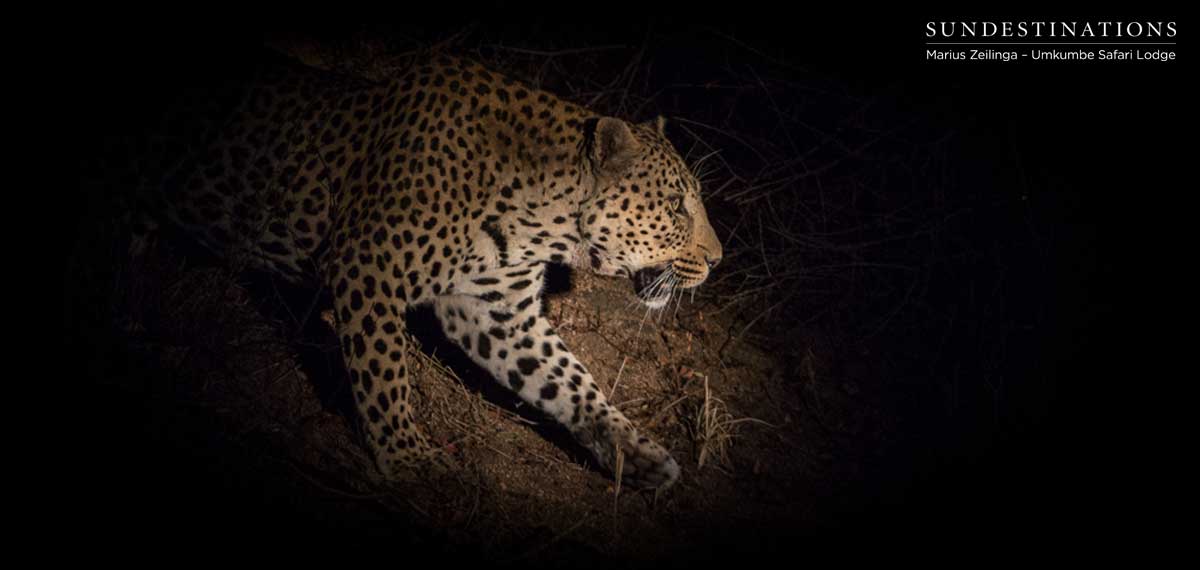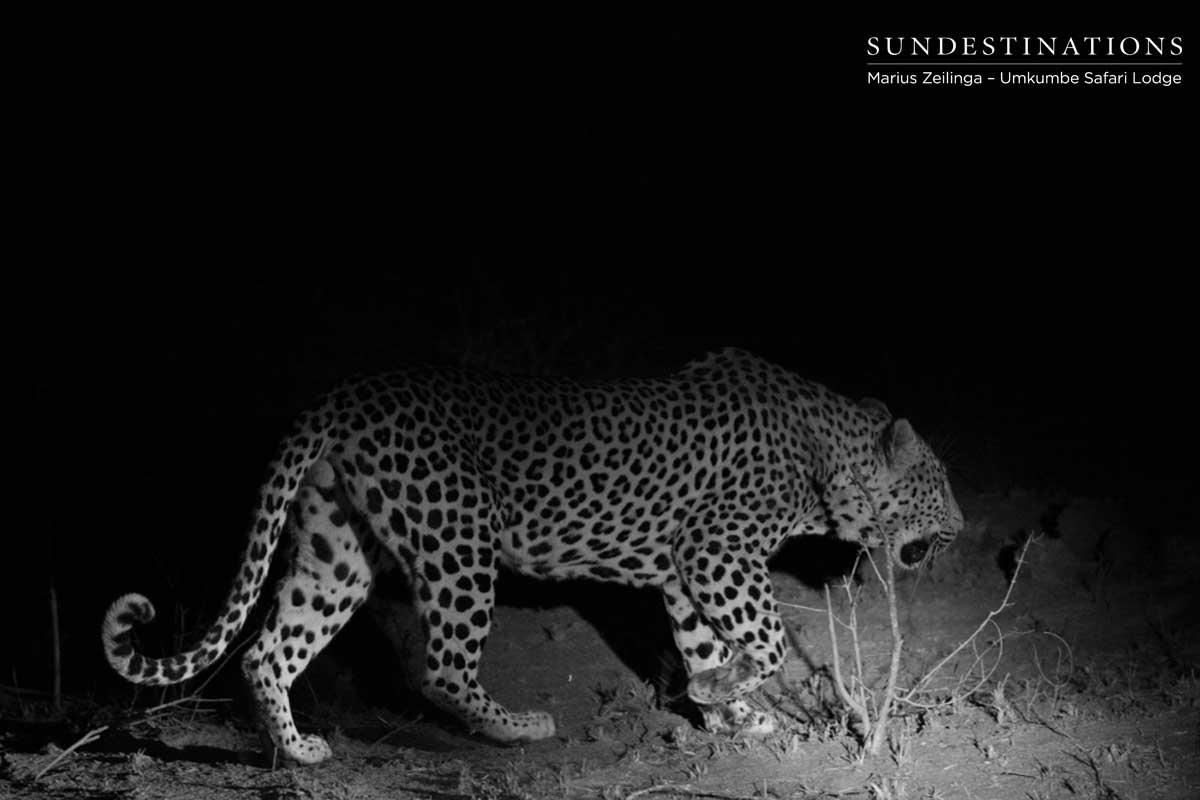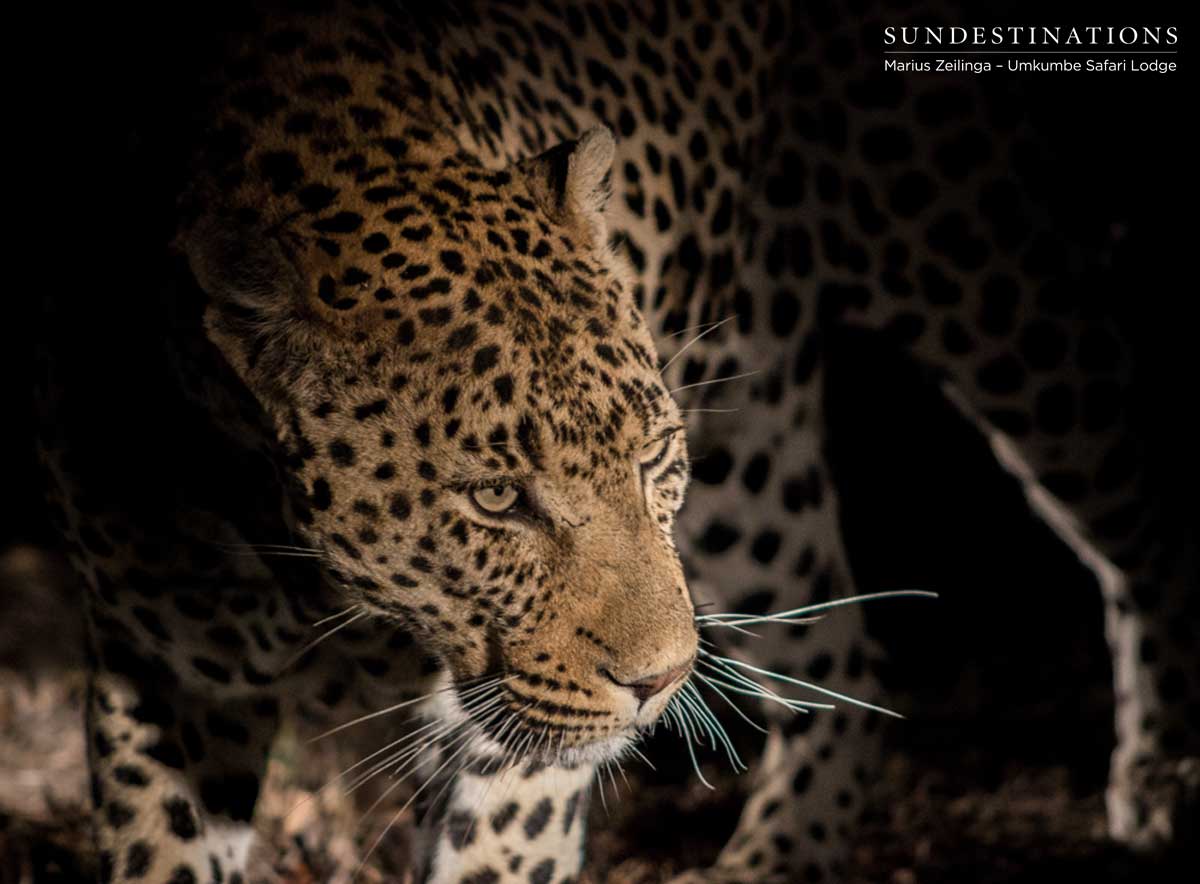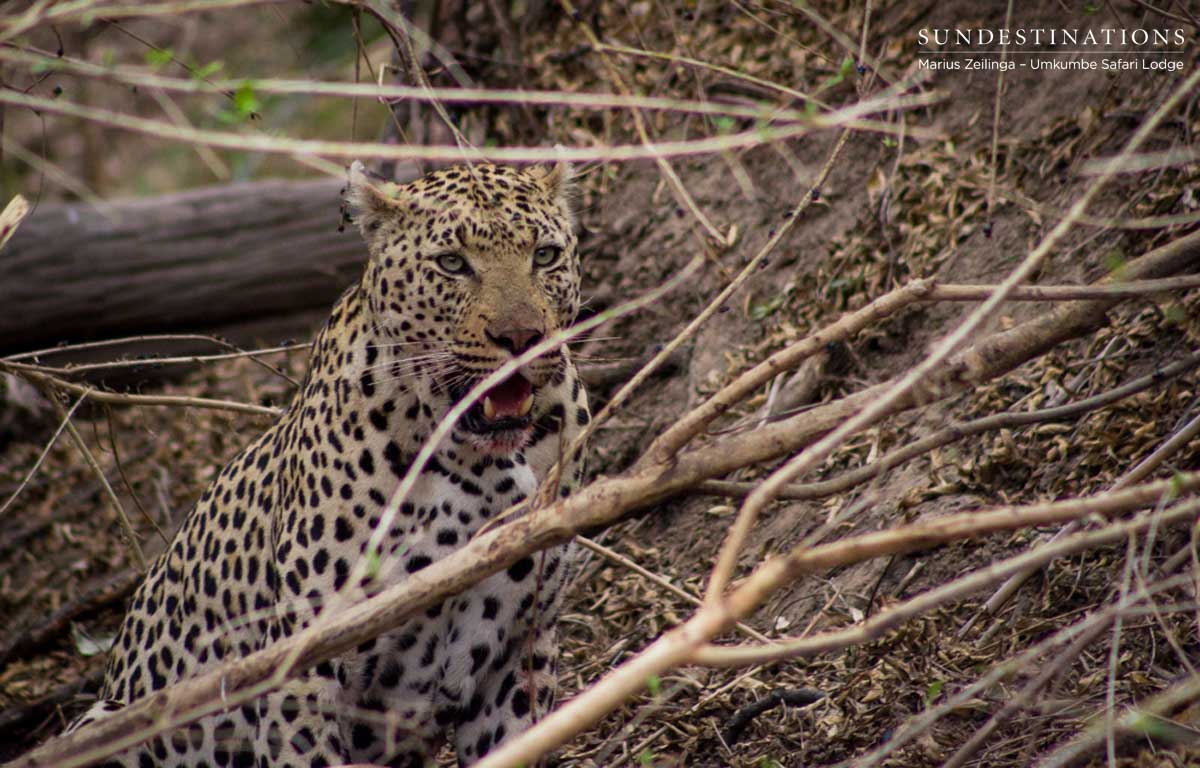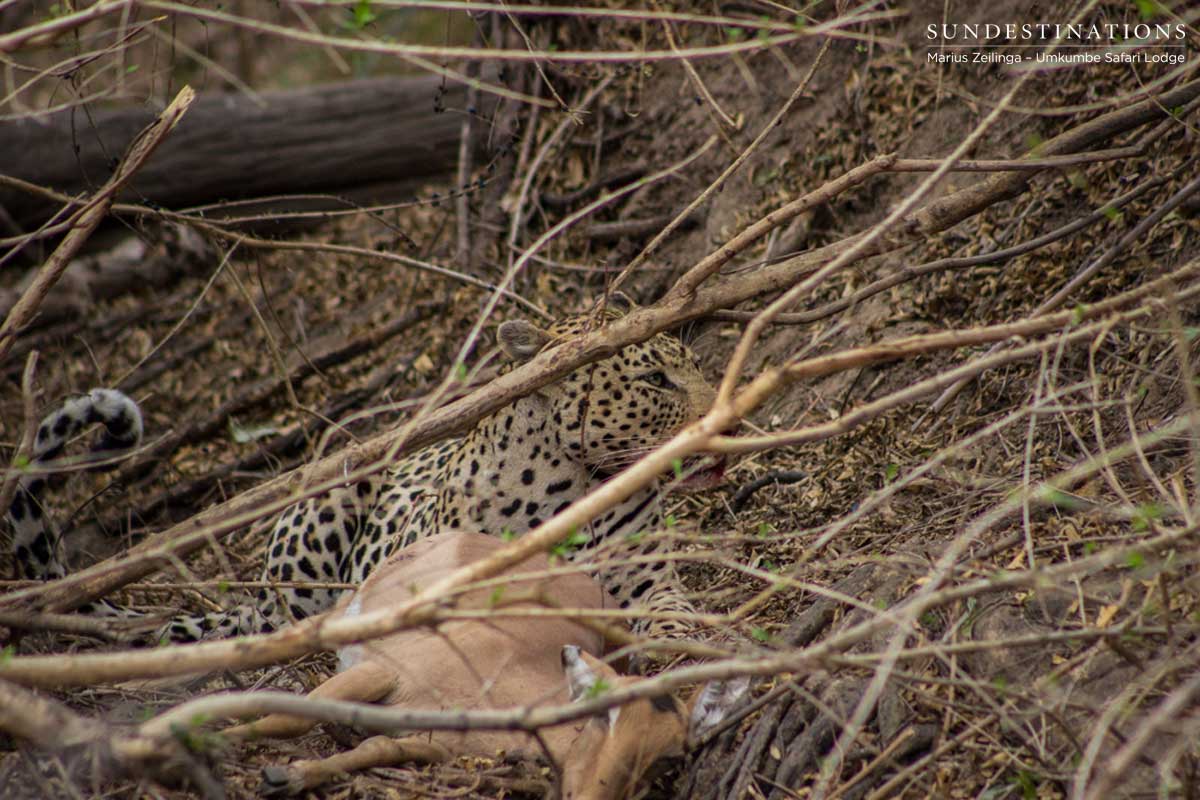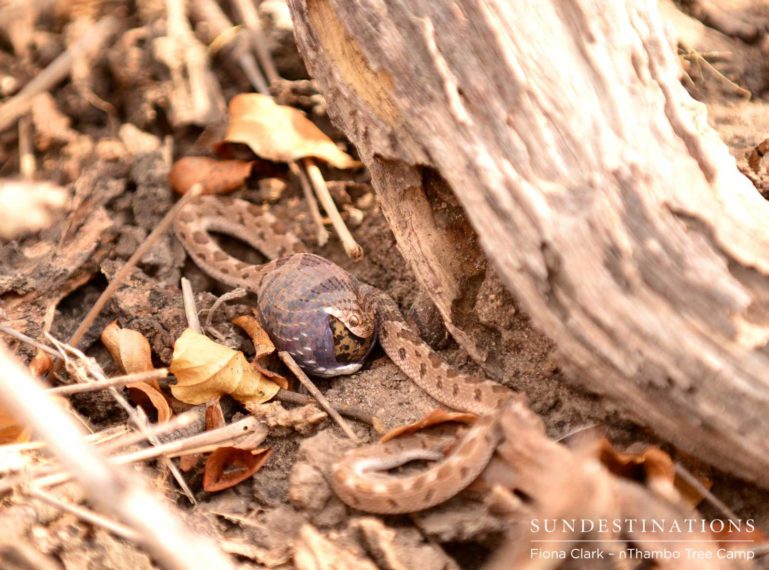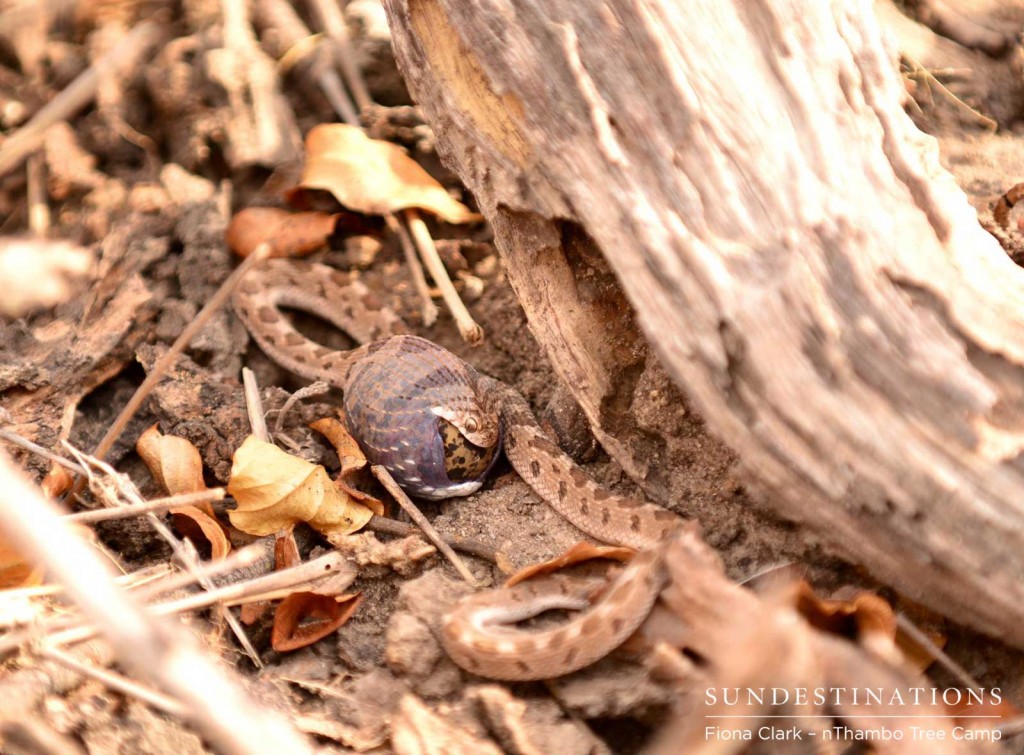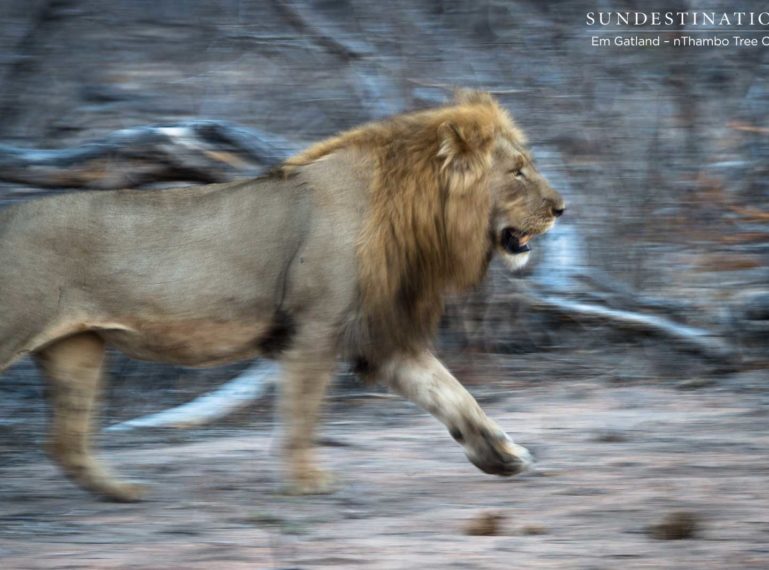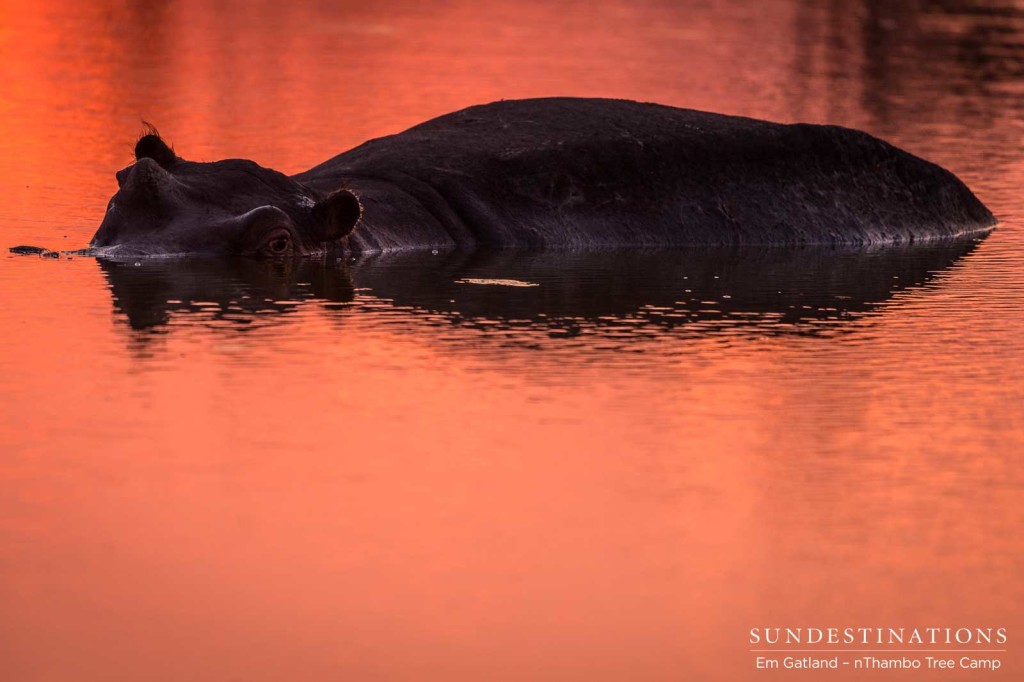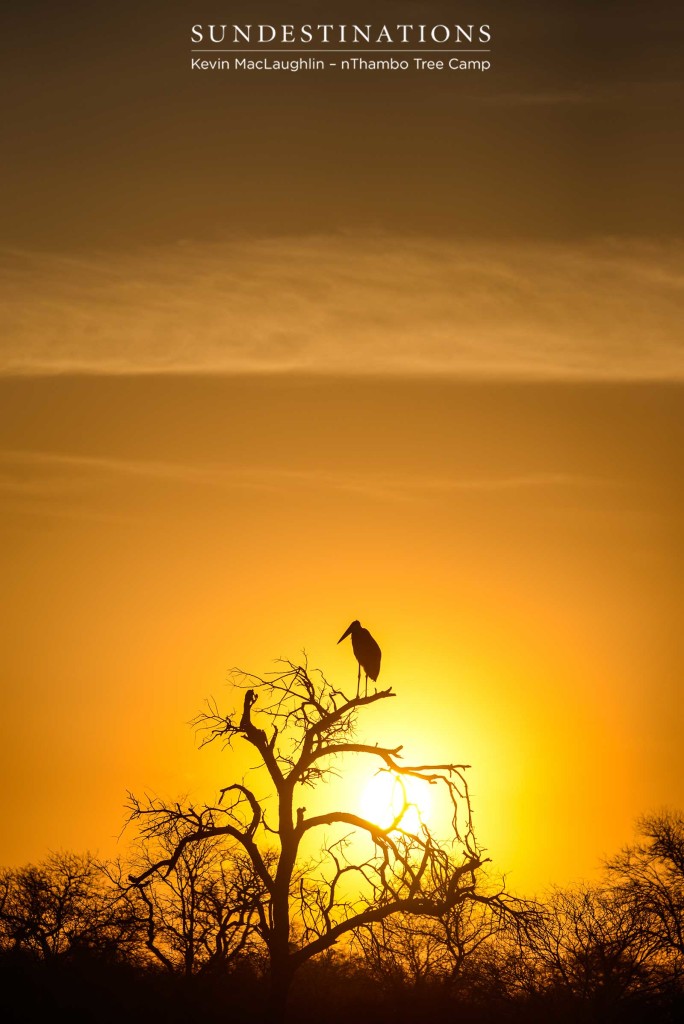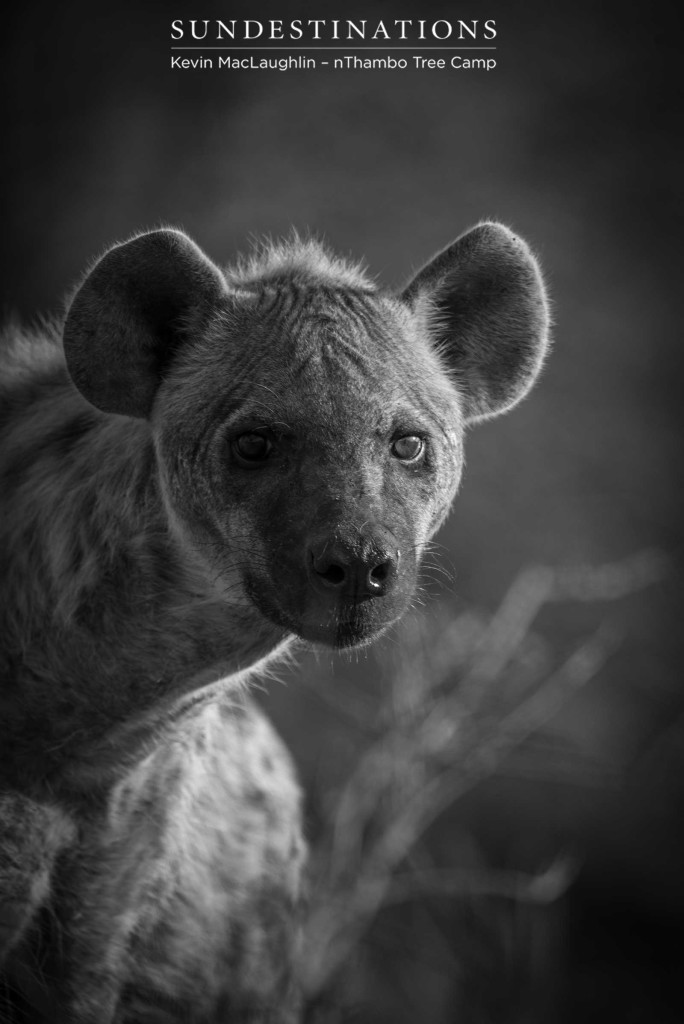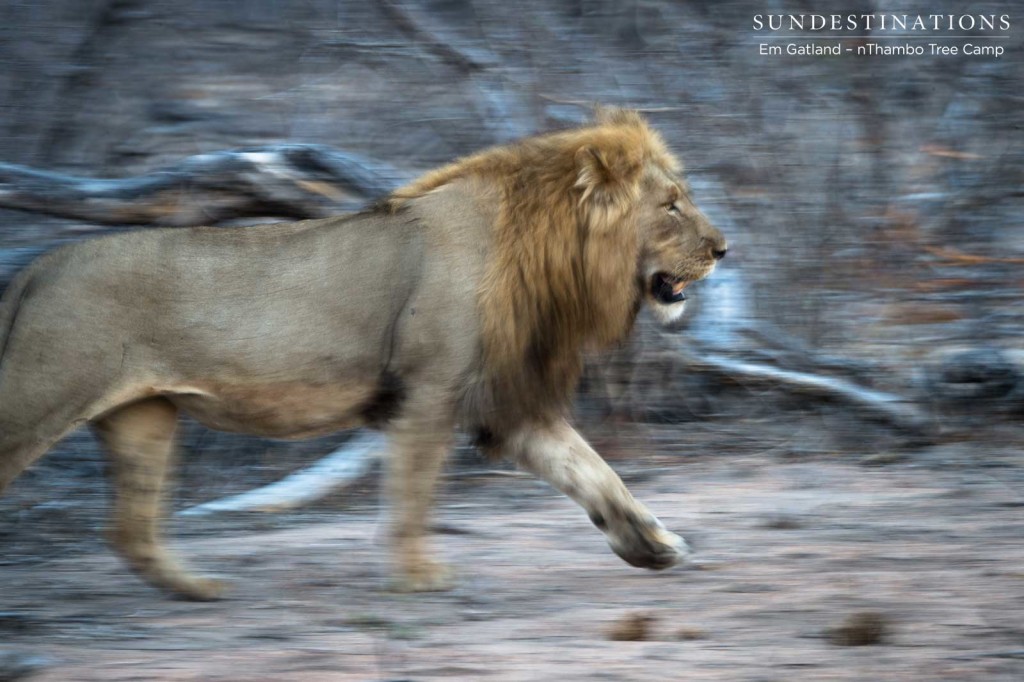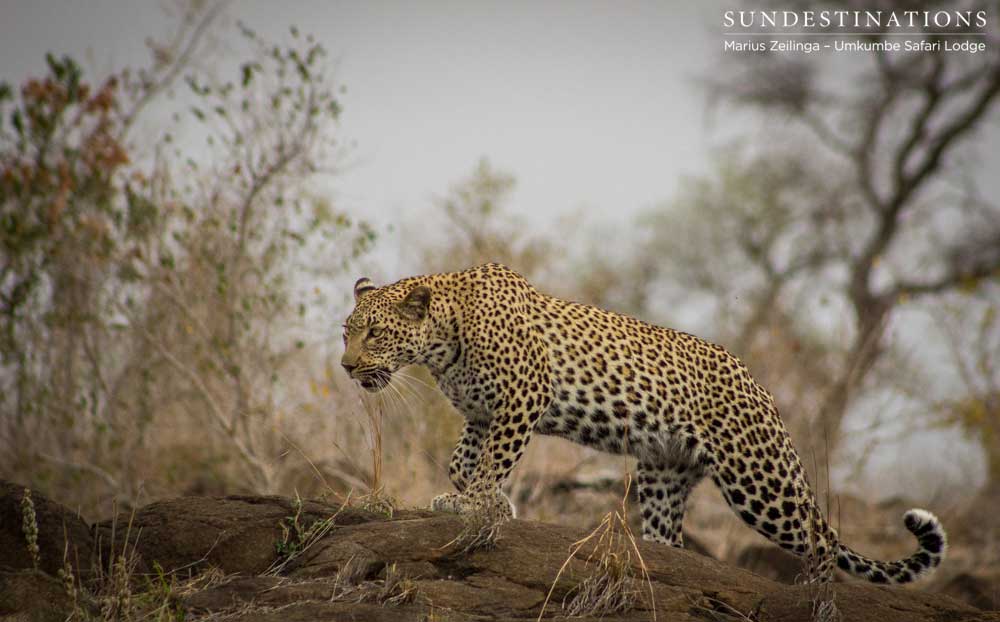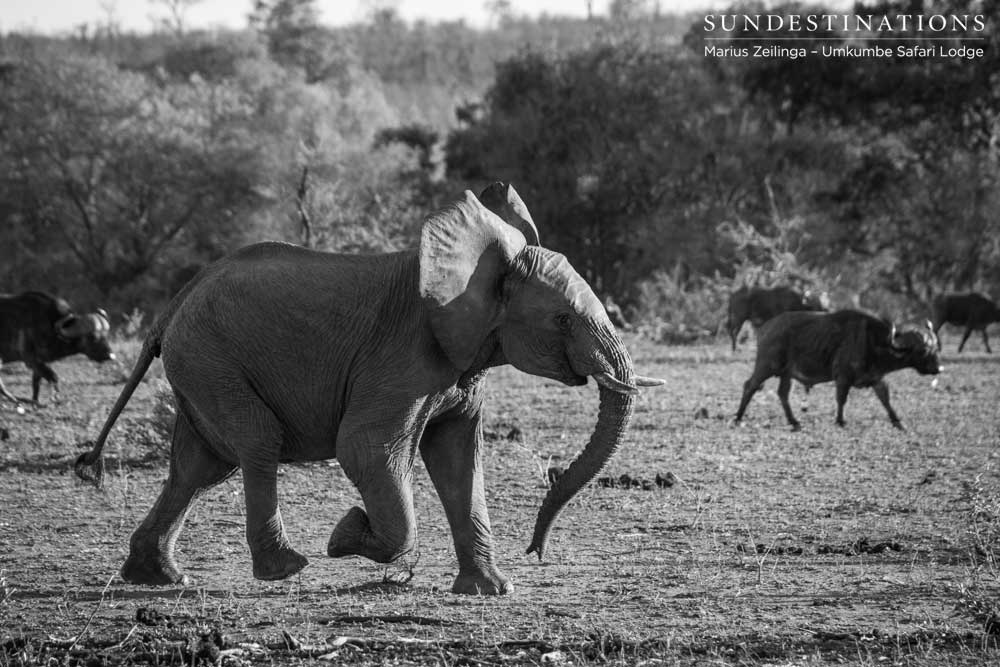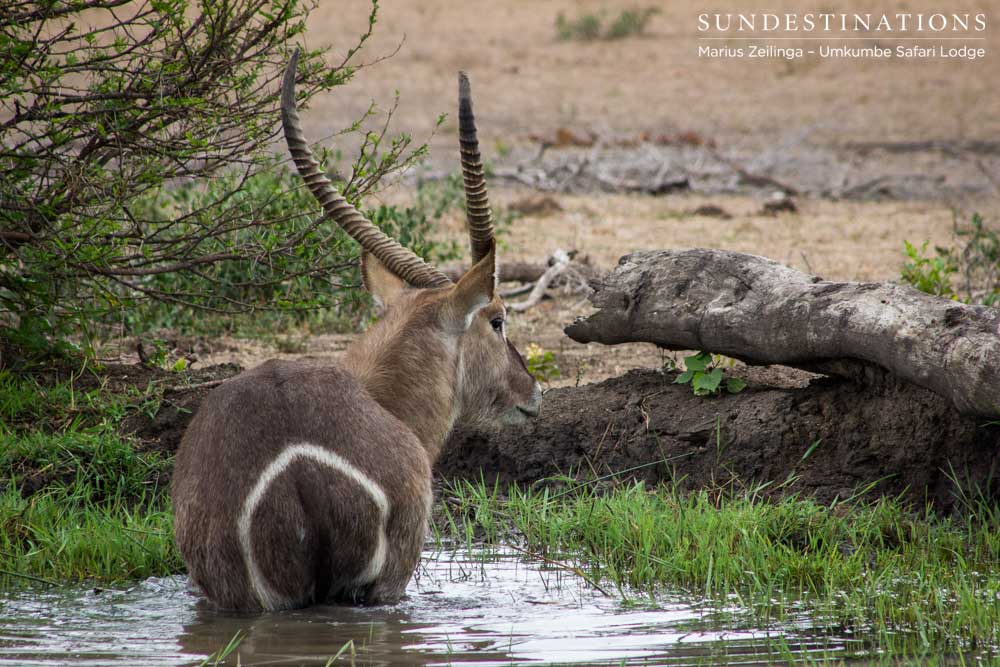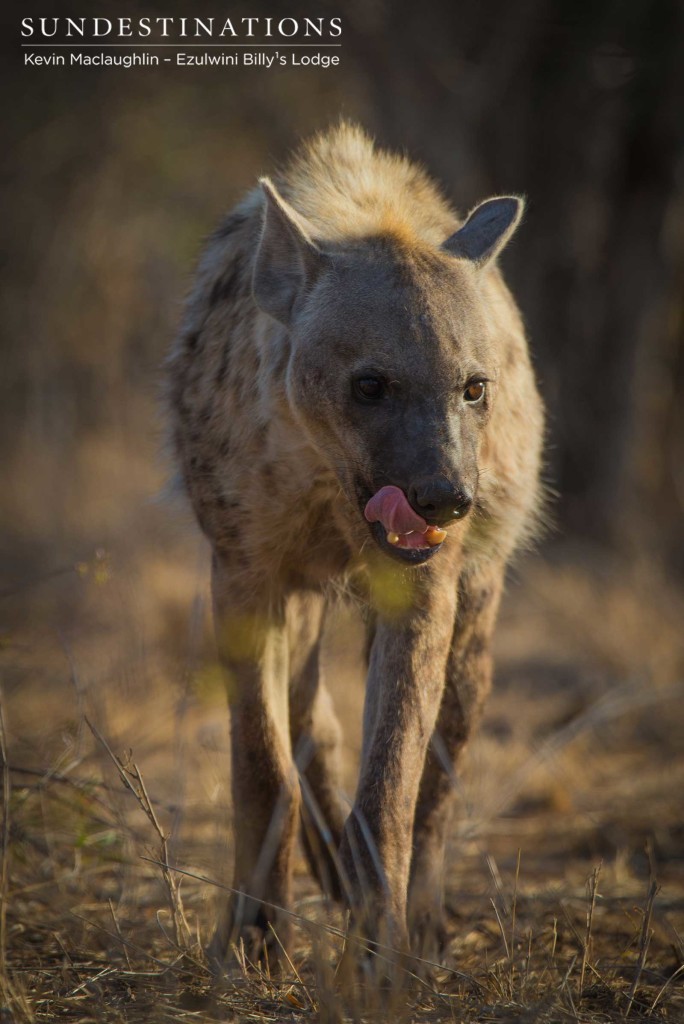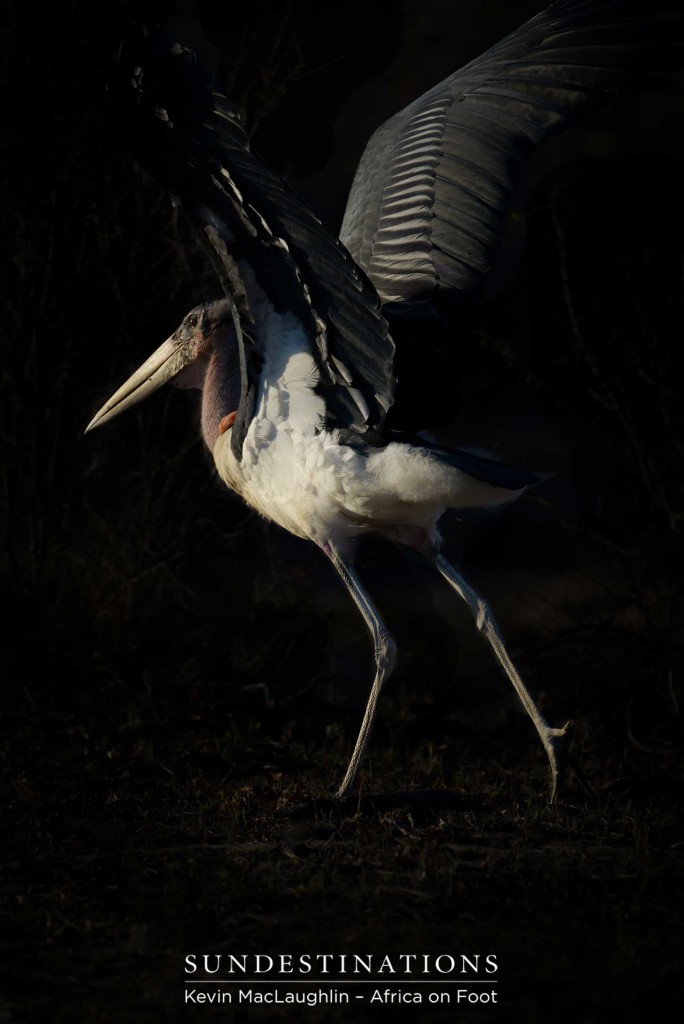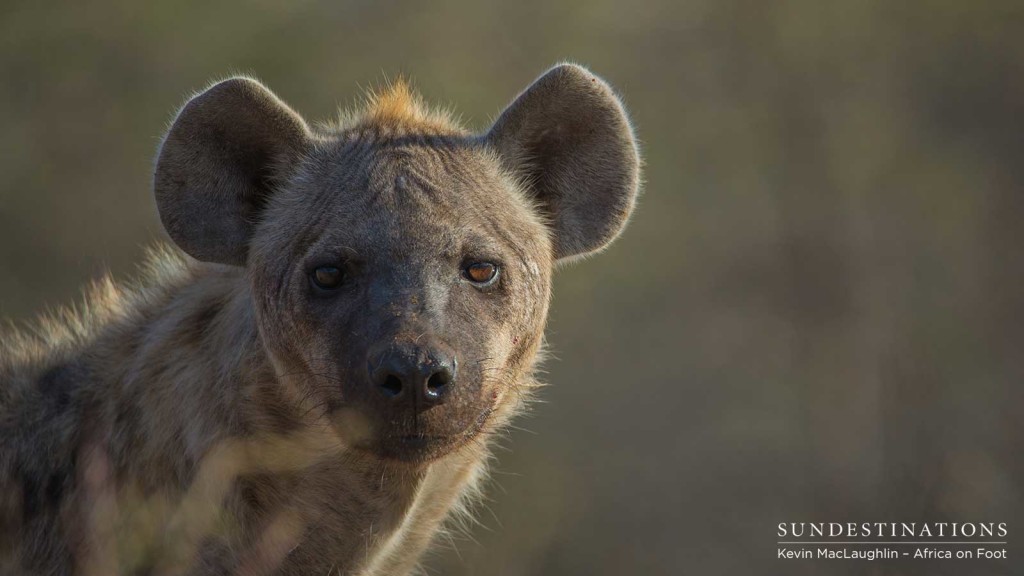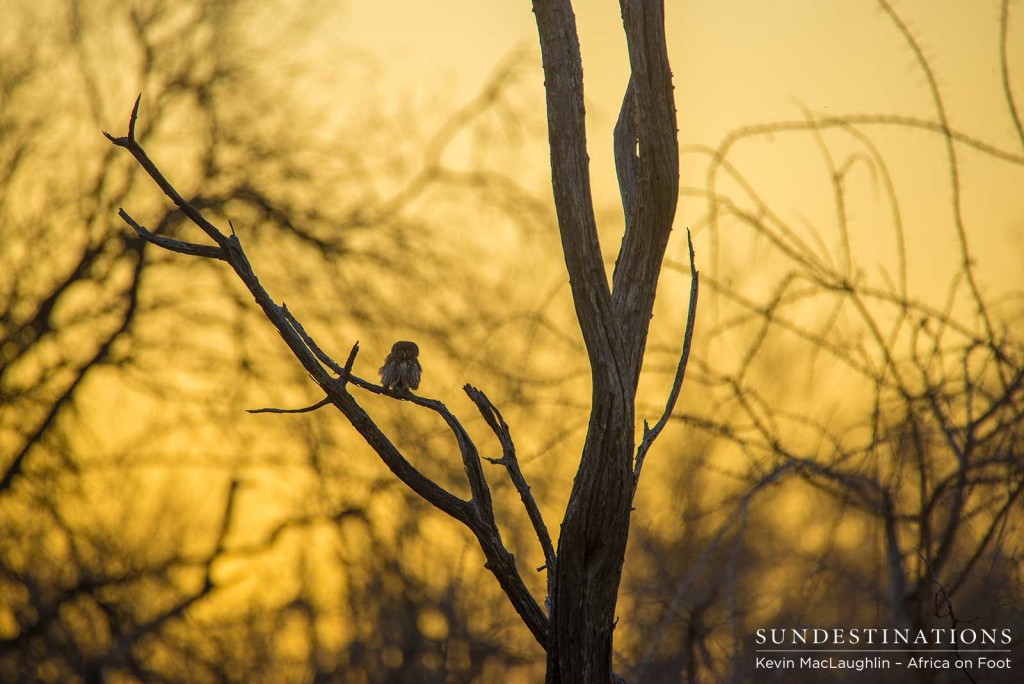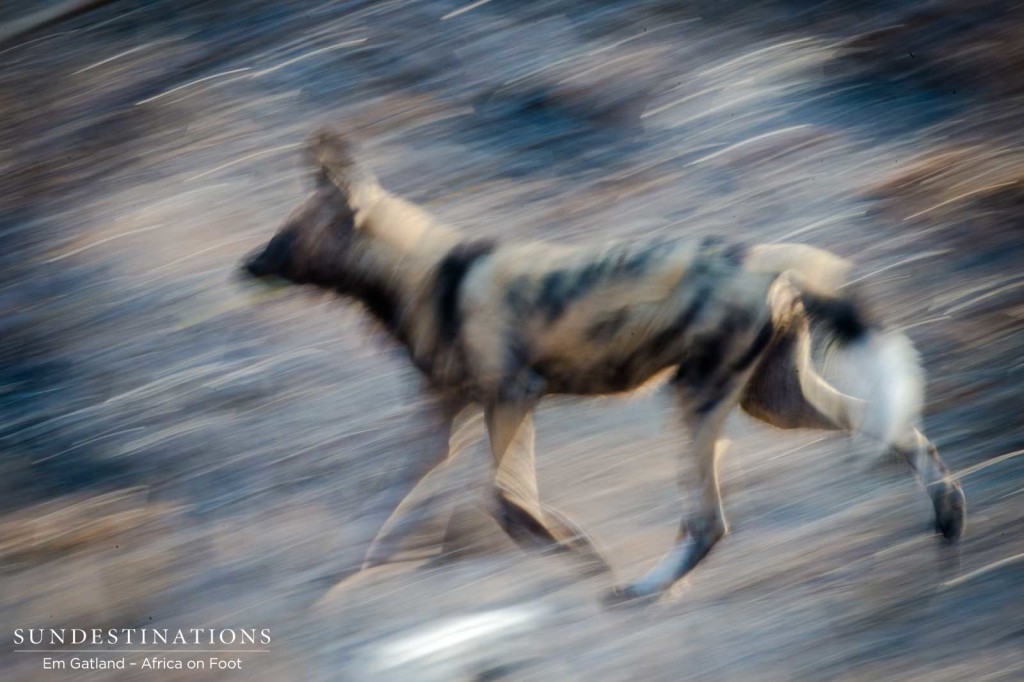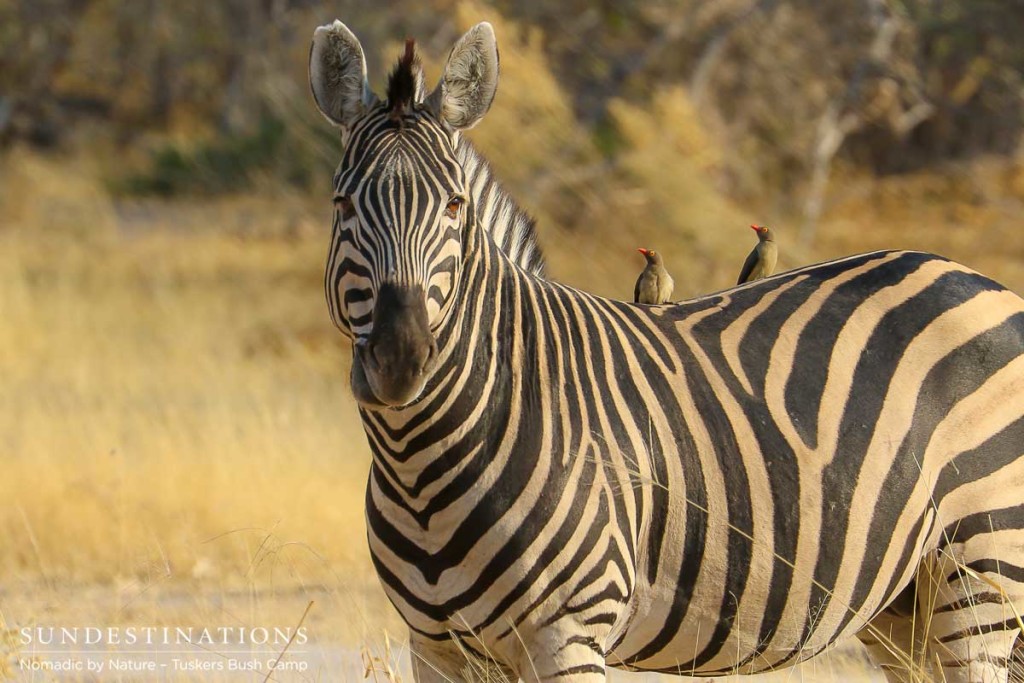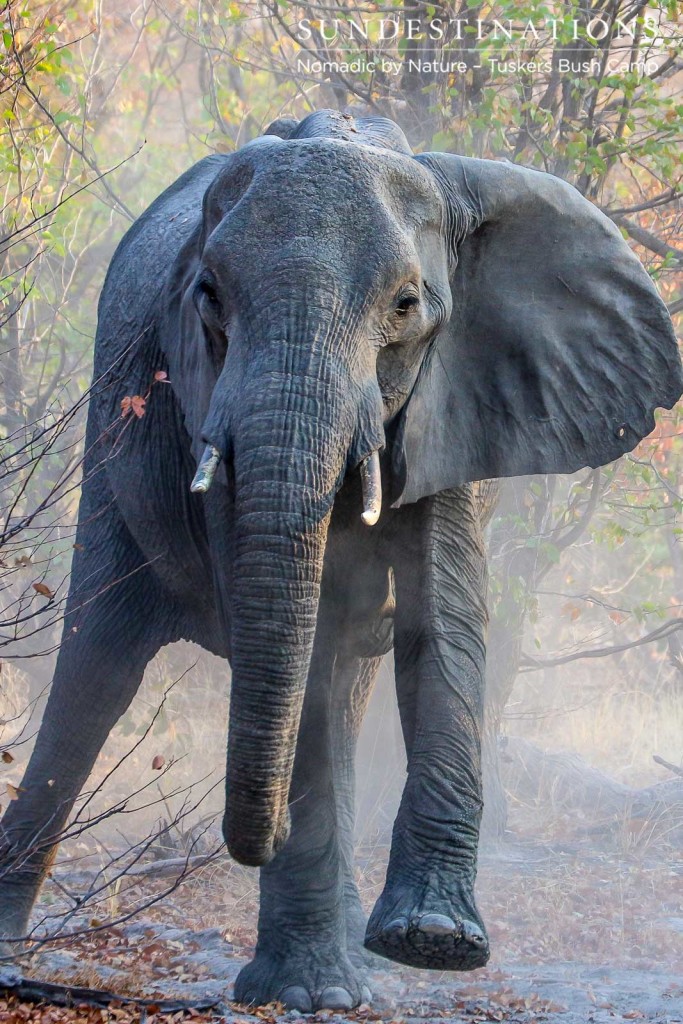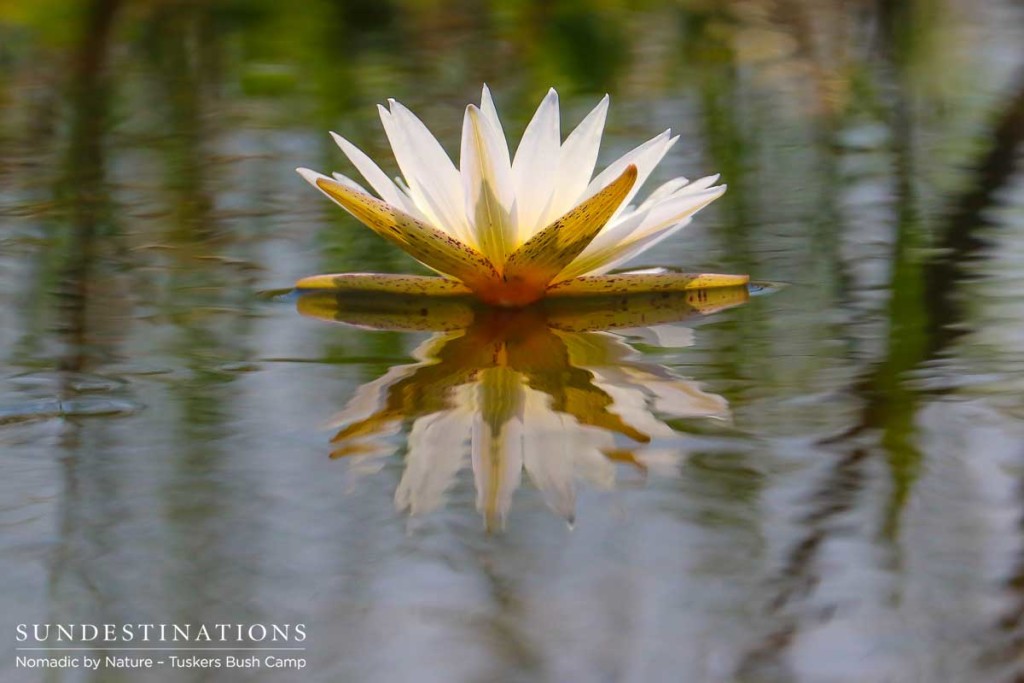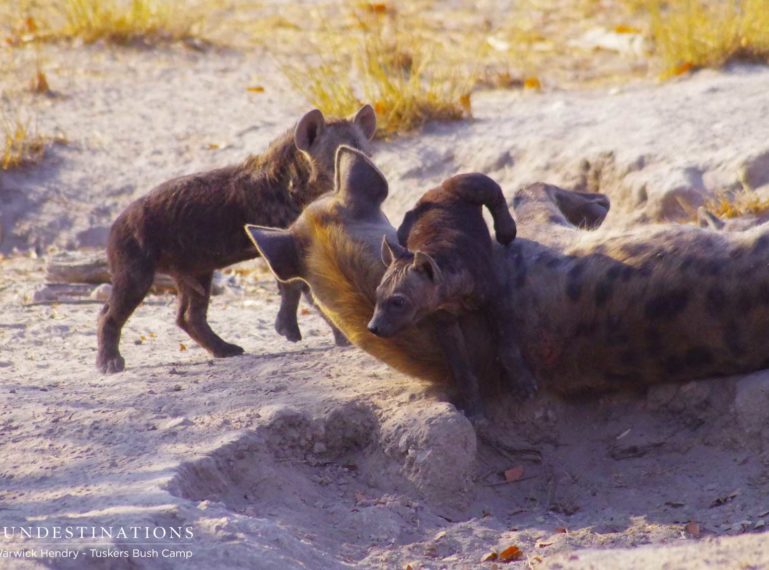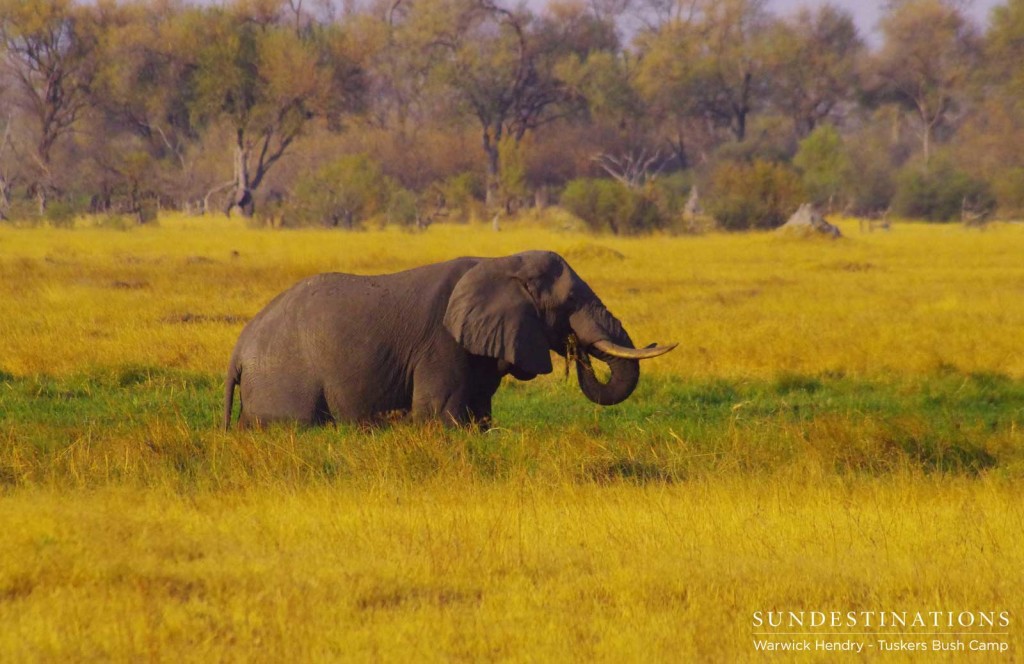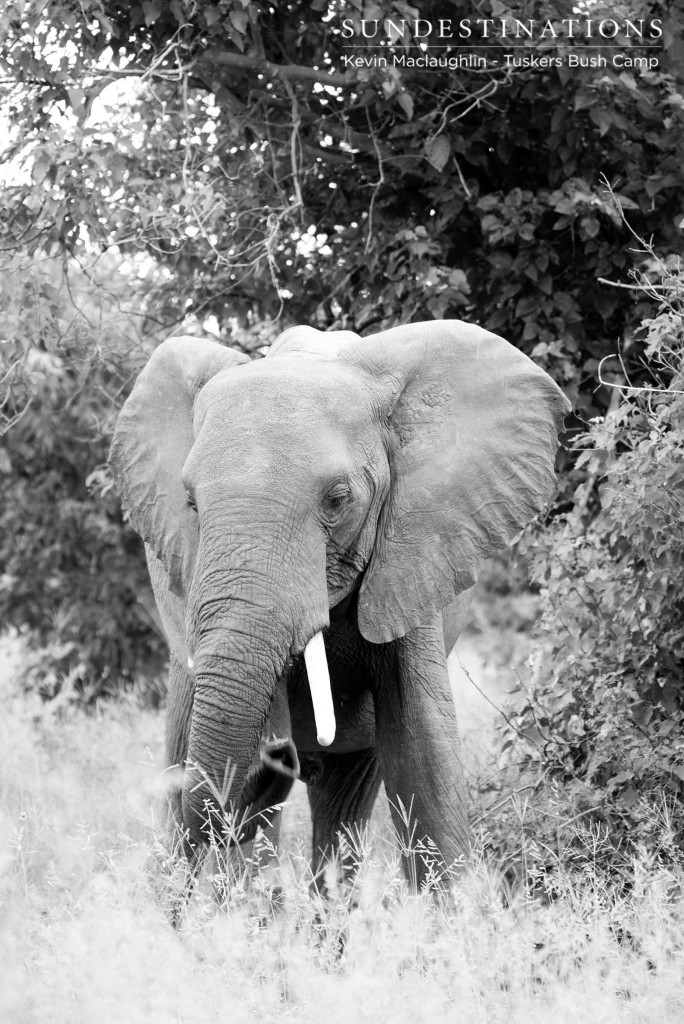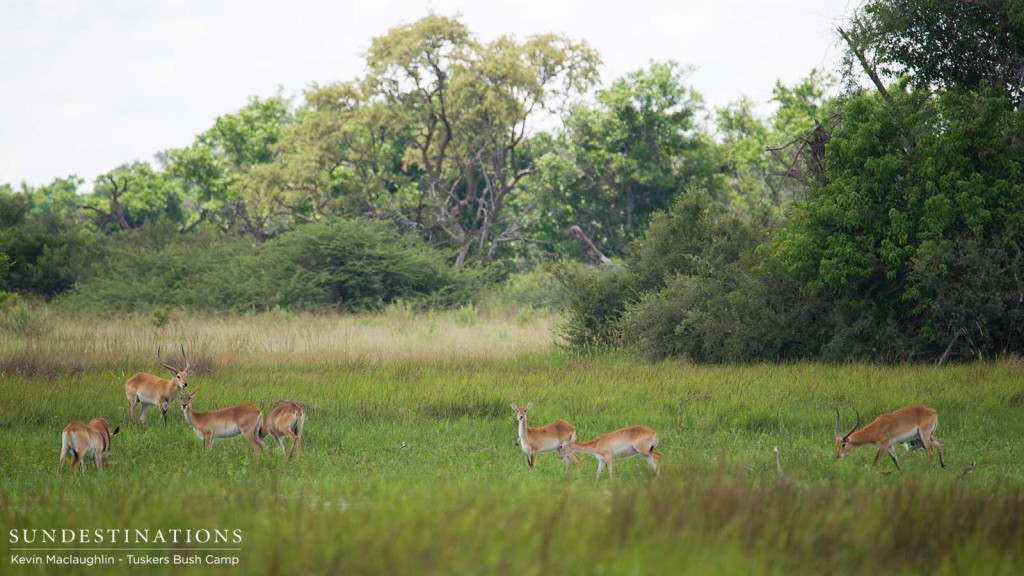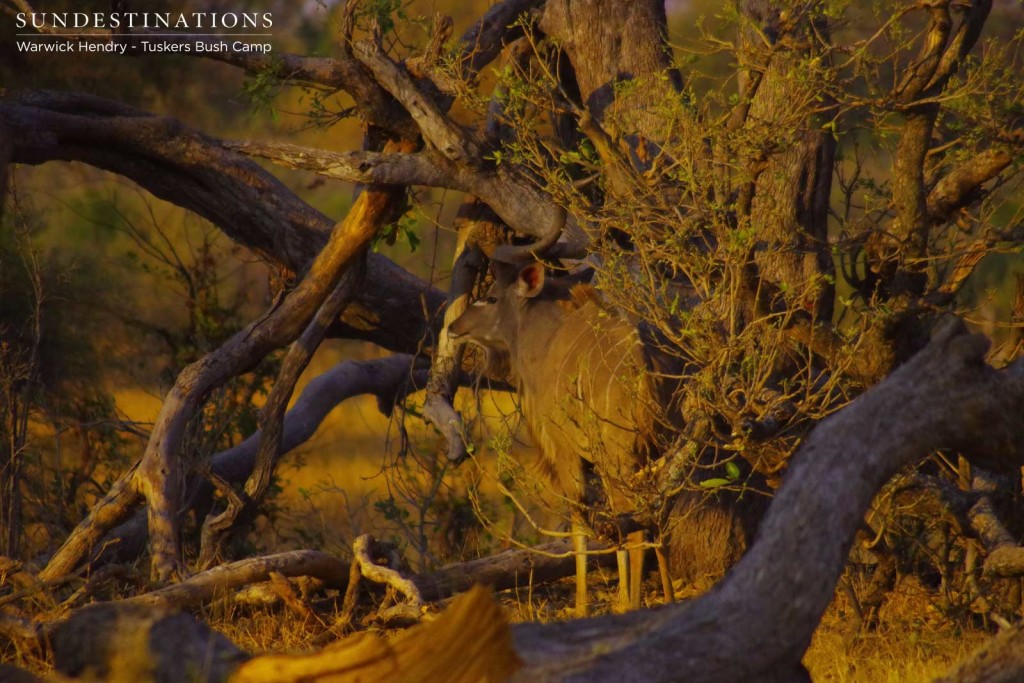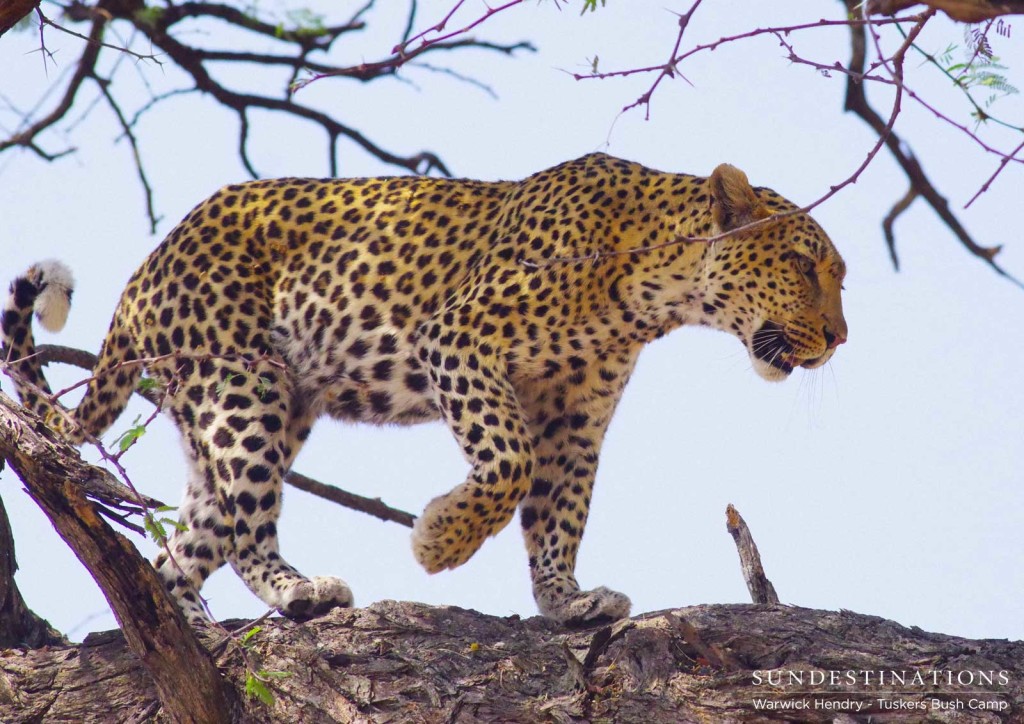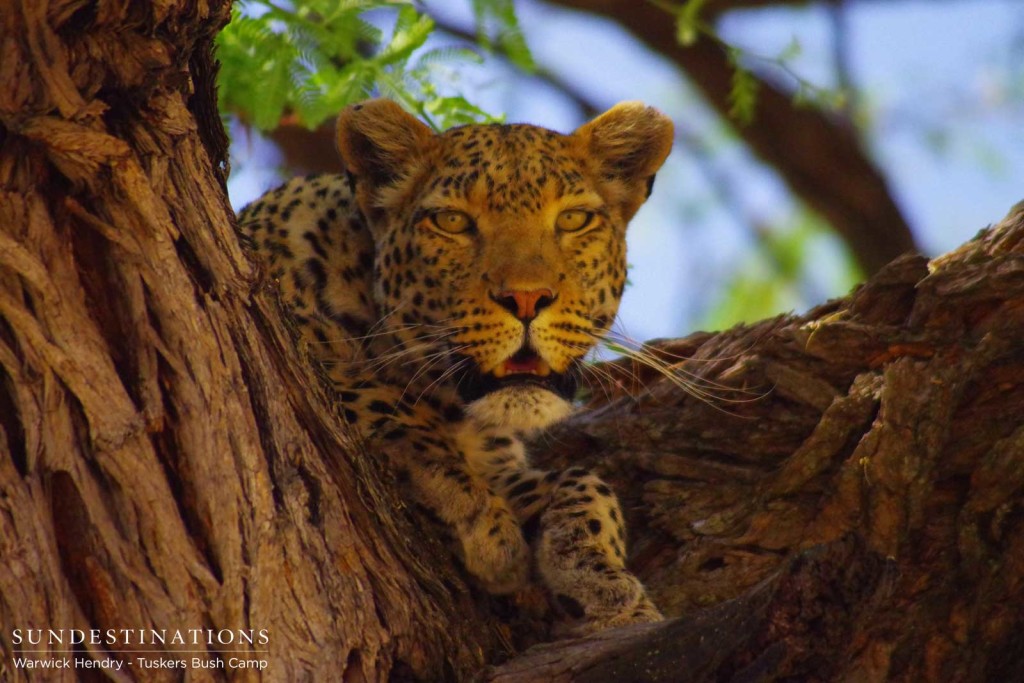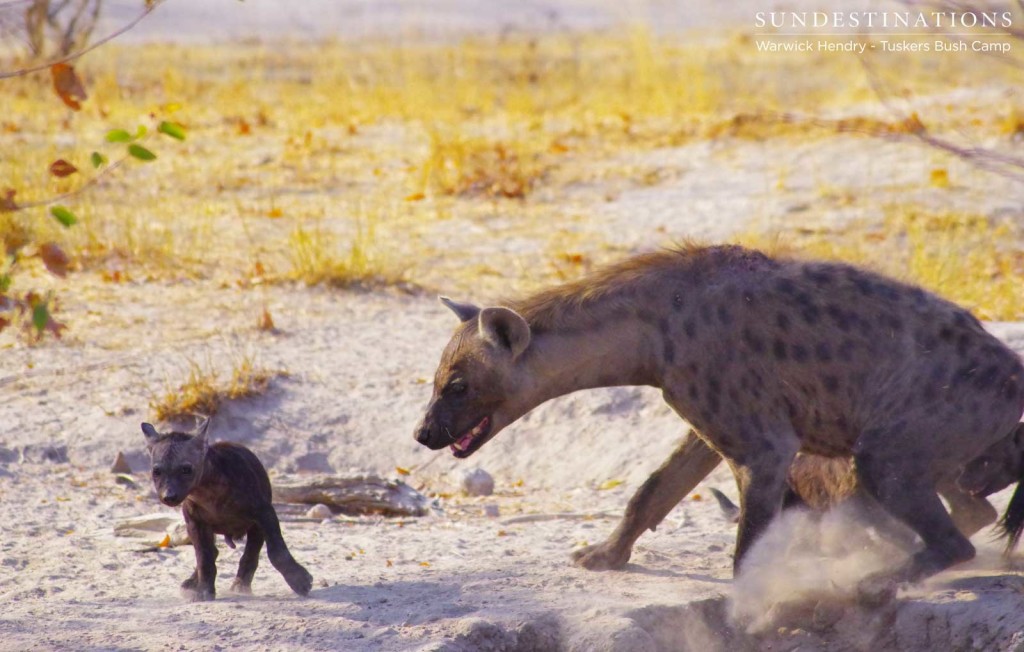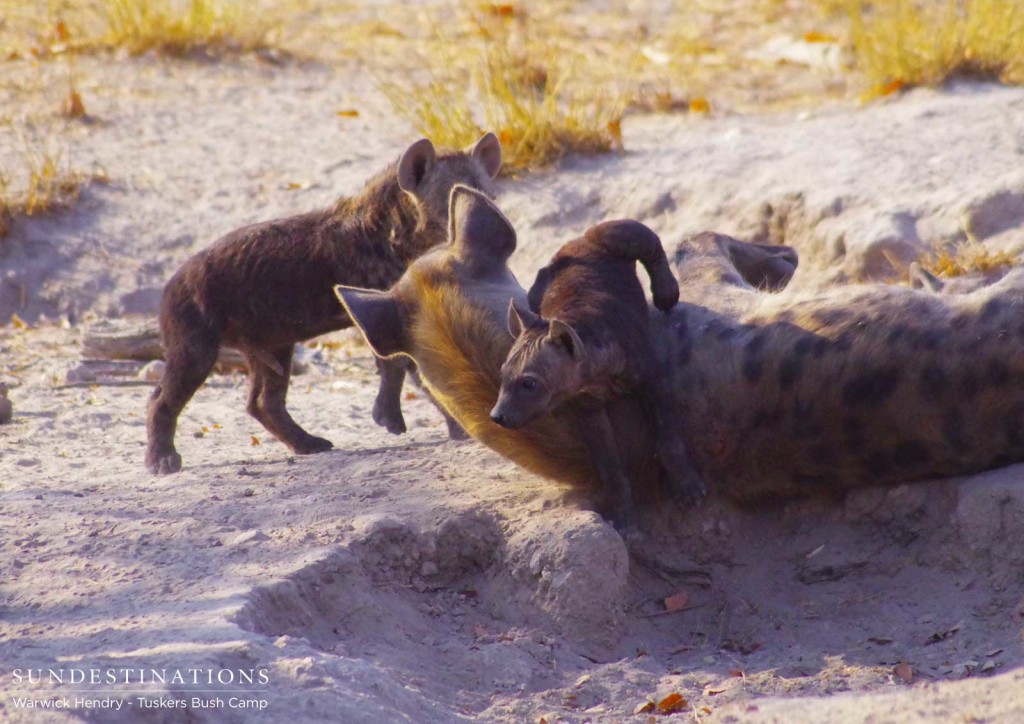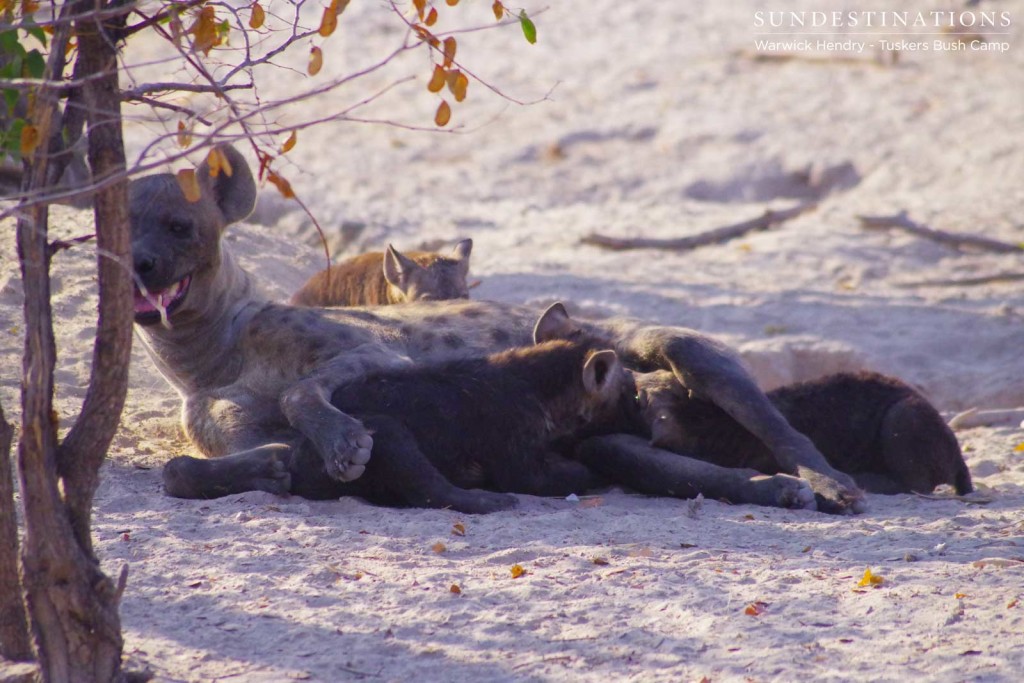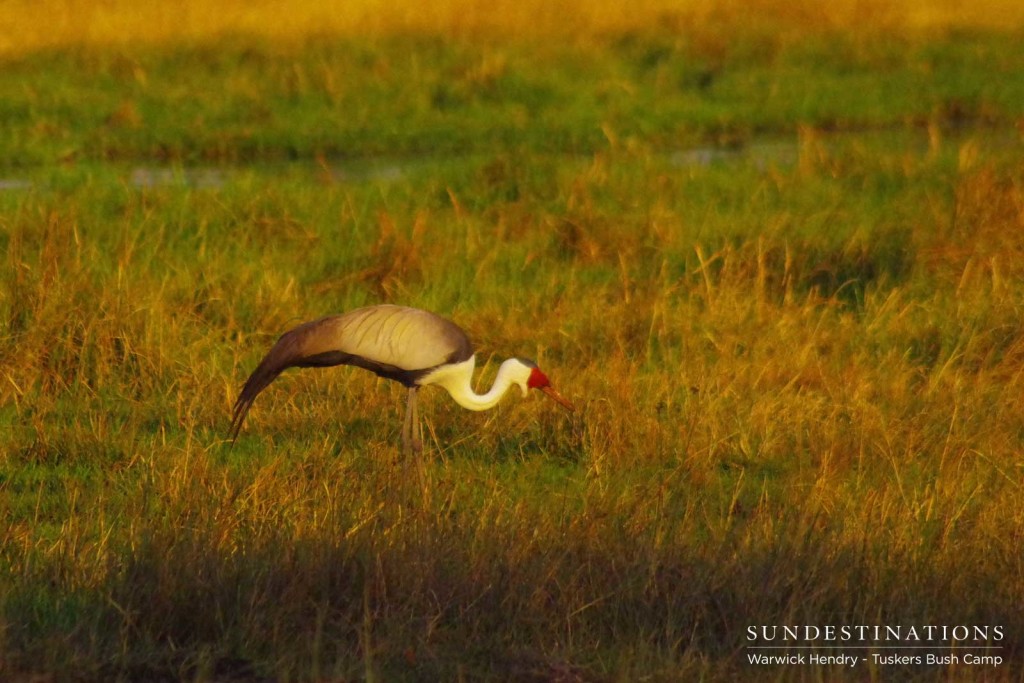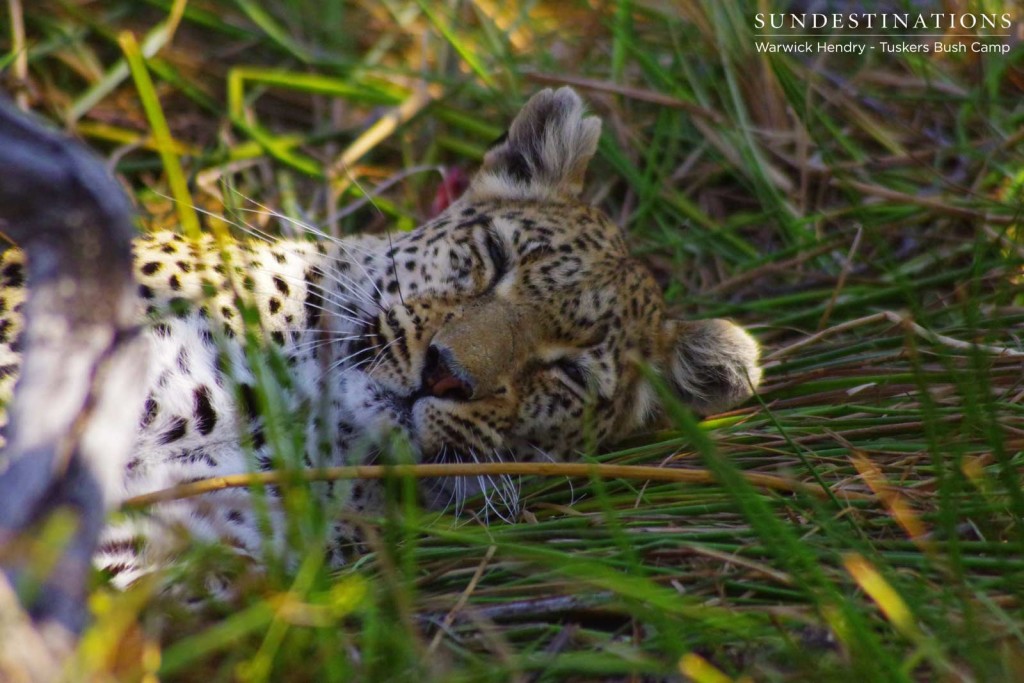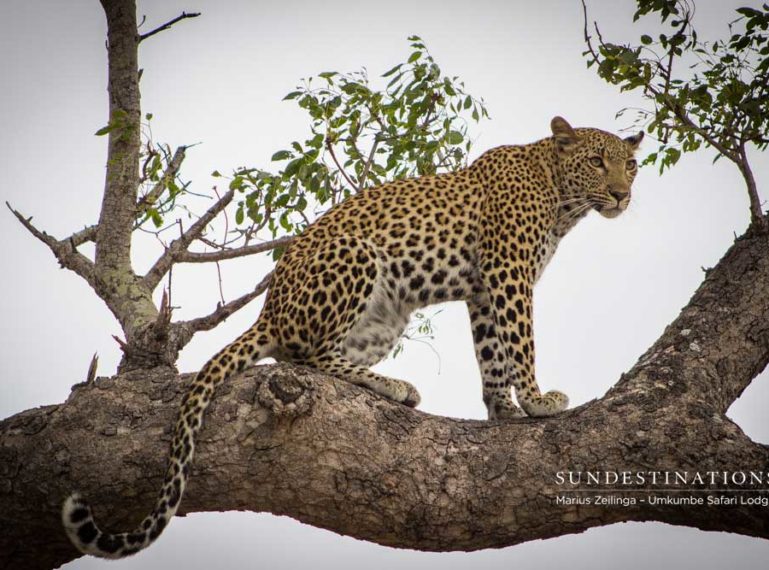
5 Leopards to See at Umkumbe Safari Lodge
Out of all the leopards whose territories criss-cross through the Umkumbe Safari Lodge traverse in the Sabi Sand, we’ve managed to whittle down the list to a ‘top 5’ for today’s leopard showcase! This region of the Greater Kruger is famous for unbeatable leopard sightings, and rightfully so. There is just no place like the Sabi Sand when it comes to these elusive, rosetted cats, and their reputation for supposedly secretive lives seems a mere myth when you set out on safari at Umkumbe. The known and the unknown, the old legends and the fresh new faces; there is an astounding variety of leopard sightings constantly feeding our big cat desires.
Lately, we’ve been introduced to new male leopard, Mambiri, while an unidentified male was also spotted in the area recently, and well known Mxabeni has also been seen scent-marking all over his territory. Another first was Little Bush’s newest cub, a little female, while her older independent cub, Kigelia, was also spotted during the last week. Take a look at this summary of 5 leopards you’ll see at Umkumbe Safari Lodge, photographed by our talented ranger, Marius Zeilinga.
This green-eyed girl oozes confidence and attitude. She is a real beauty, and it looks like she knows it! We’ve had some very exciting encounters with Tatowa in the past, probably the most outstanding of which was the time she caught an impala in mid air. She is the only surviving cub out of a litter of 4, and is certainly a fighter. We met her when she crossed over from our northern boundary and she’s been a highlight ever since! Her gaze is mesmerising, and watching going about her business is ultra-rewarding, especially when you’ve got a camera at the ready.
Kigelia was named over a year ago after she was referred to as Little Bush cub for the first year of her life. Her name comes from the scientific name for a sausage tree (Kigelia Africana), and she has completely settled into her life as an independent female leopard of the Sabi Sand. She has always had character, and has given us some of the most remarkable photo opportunities, as she reclines on rocky outcrops, or dangles her rosetted legs from her perch in a wonderful, big tree. We’ve watched her stalking all sorts of unconventional prey, from ostriches to squirrels, and we’ve thoroughly enjoyed watching her mature.
This boy! Mxabene is one of the ‘old legends’. He is known all over the Sabi Sand, and he seems to stick in the minds and hearts of all who get to meet him. He has a signature scar on his top lip, and a handsome face, to top off his powerful build. Guide, Marius, is of the opinion that this male is looking more and more bulky every time they bump into him. This impressive cat has given us some of the best leopard sightings over the years; from hoisting whole impalas up into the branches of trees, to mating with females, and fighting with toms. Mxabene has a long history in this neck of the woods, and we hope to continue seeing this boy for years to come.
Little Bush Cub
Now for the newcomers: Little Bush has revealed to us, for the first time, her female cub! Kigelia is Little Bush’s last cub and is living an independent life alongside her mother’s territory, which is quite the norm for female leopards. Again, Little Bush has had a female, and this youngster is still keeping a low profile, as we can tell by these first images of her. She is lying low, still getting to grips with what it means to be a leopard of the Sabi Sand. They wonderful thing about leopard viewing in this area, is that they leopards learn from a young age to trust the presence of vehicles and people. Here, they young female looked at us, skeptically, from her hiding space in the thicket, but we are hopeful that with time she will mature and come out of her shell.
We introduced this new face to you last week, when Marius reported that he and his guests enjoyed the presence of a new coming male known as Mambiri! He was confident, and wasted no time feeding himself by landing a successful impala kill in his new territory. We don’t have a comprehensive history on this leopard of the Sabi Sand, but he has been seen very busily marking his scent all over the place. With Mxabene, Bicycle Crossing, Mahlatini, and a handful of other toms we see on the traverse, there is a possibility that a new male could step on some toes! Here, we enjoyed a fantastic sighting of Mambiri tucking into his impala kill, while remaining on high alert.
